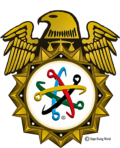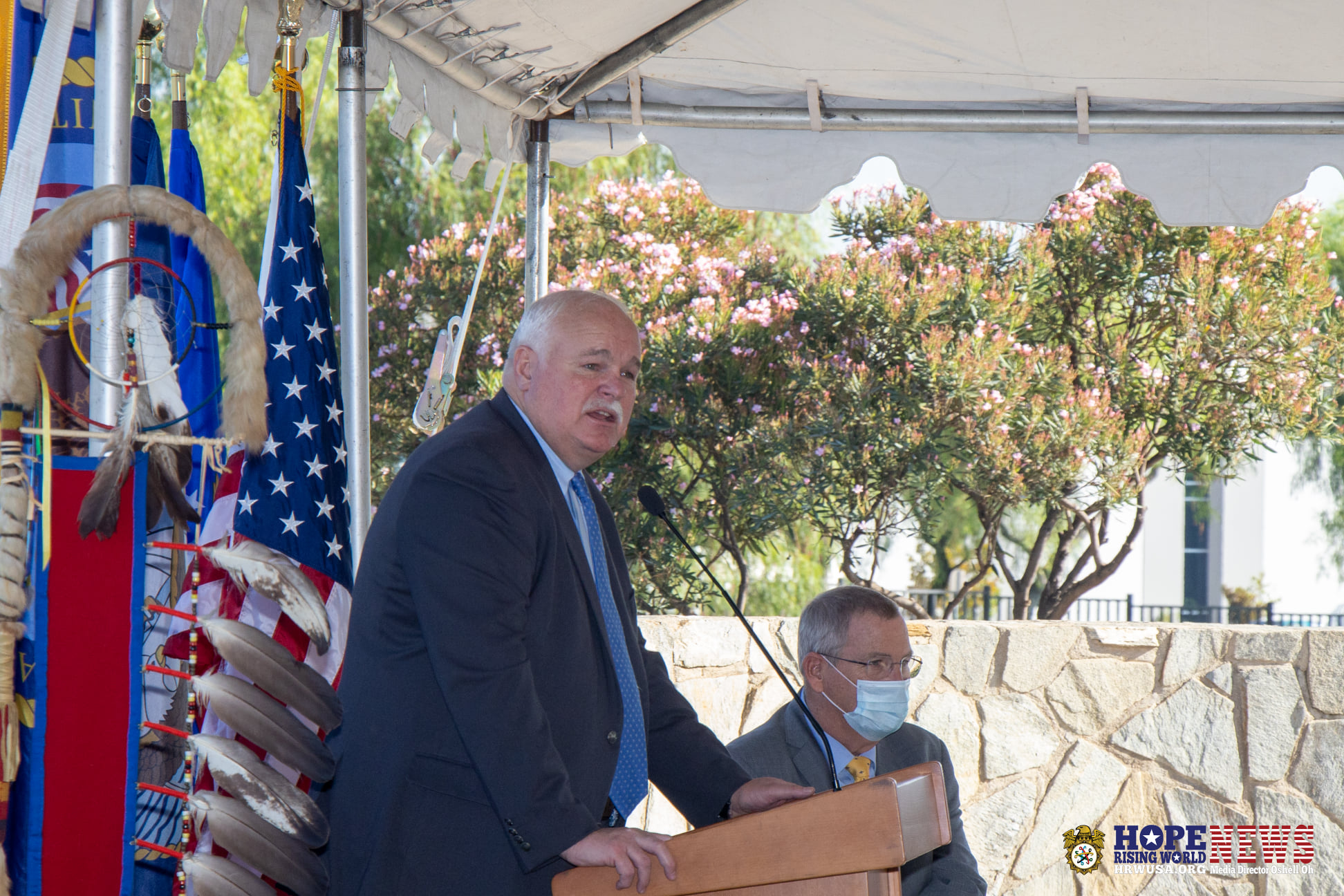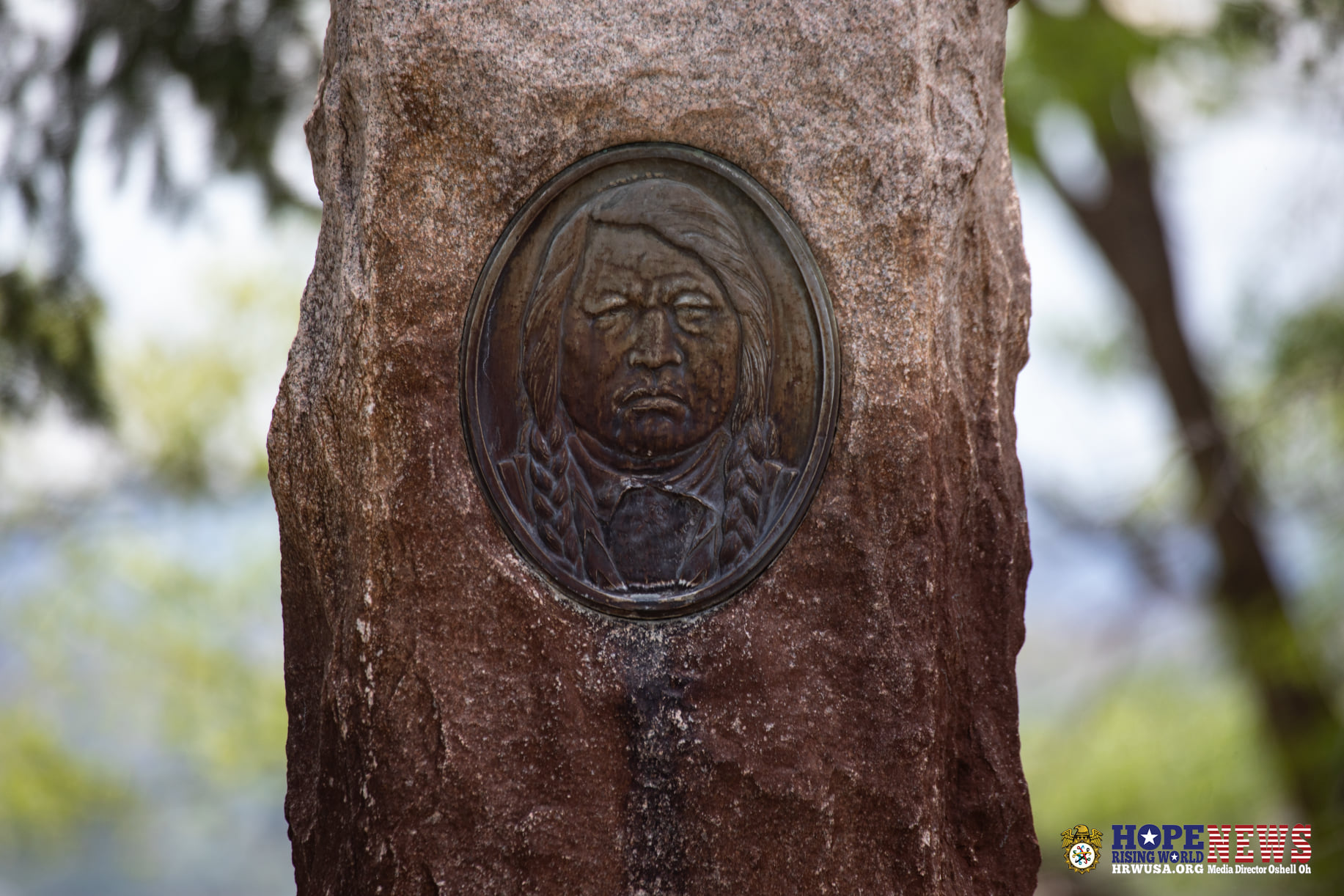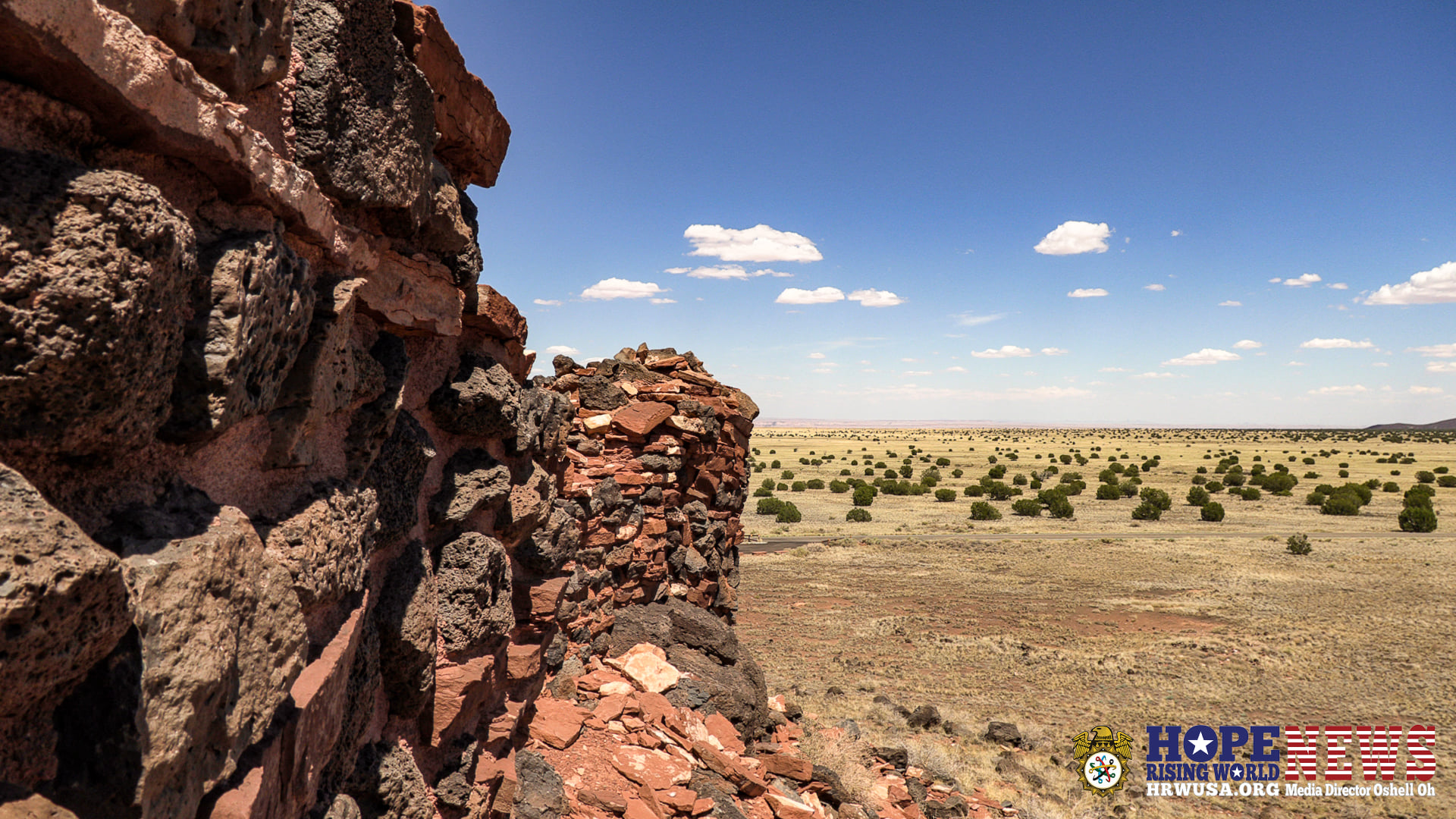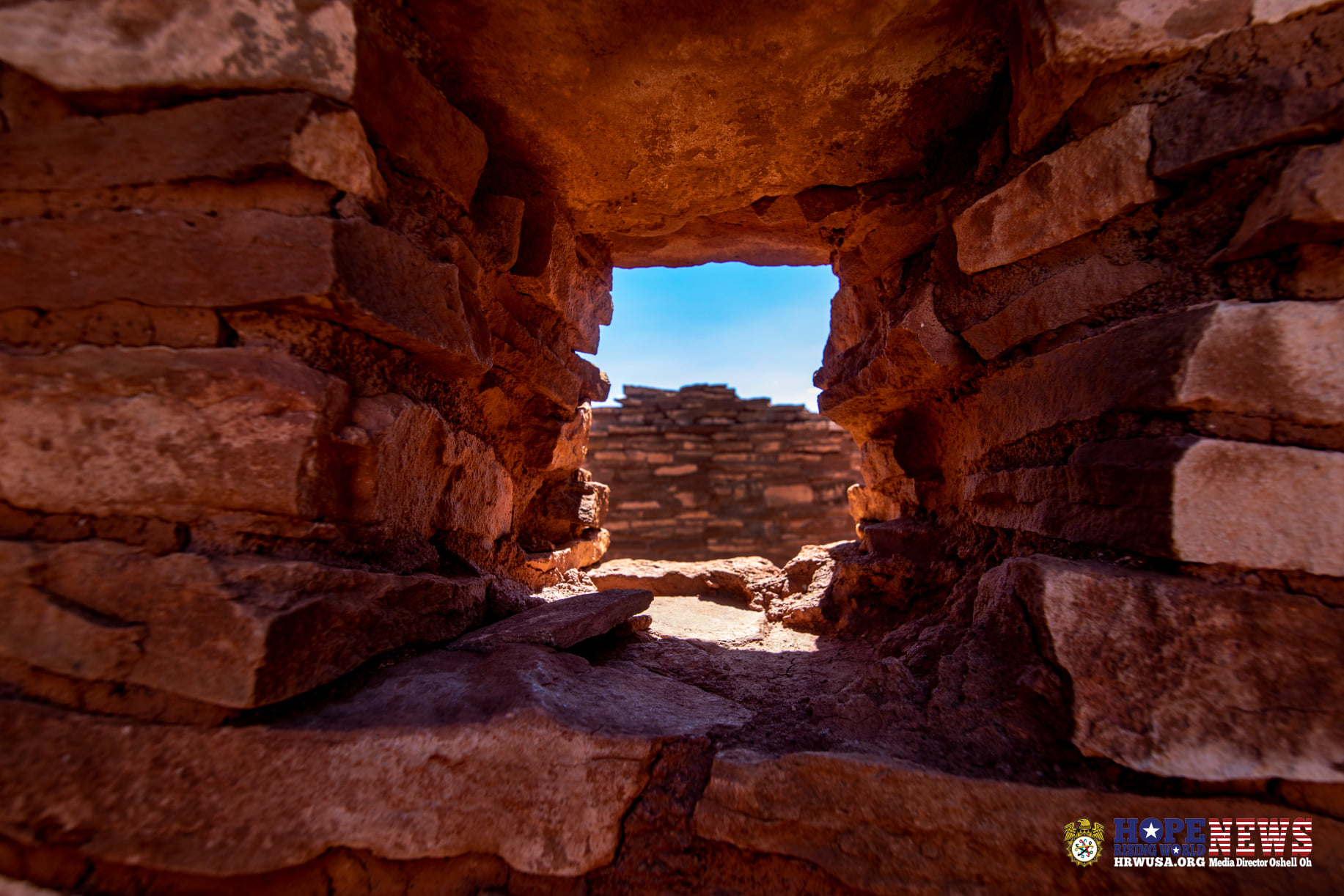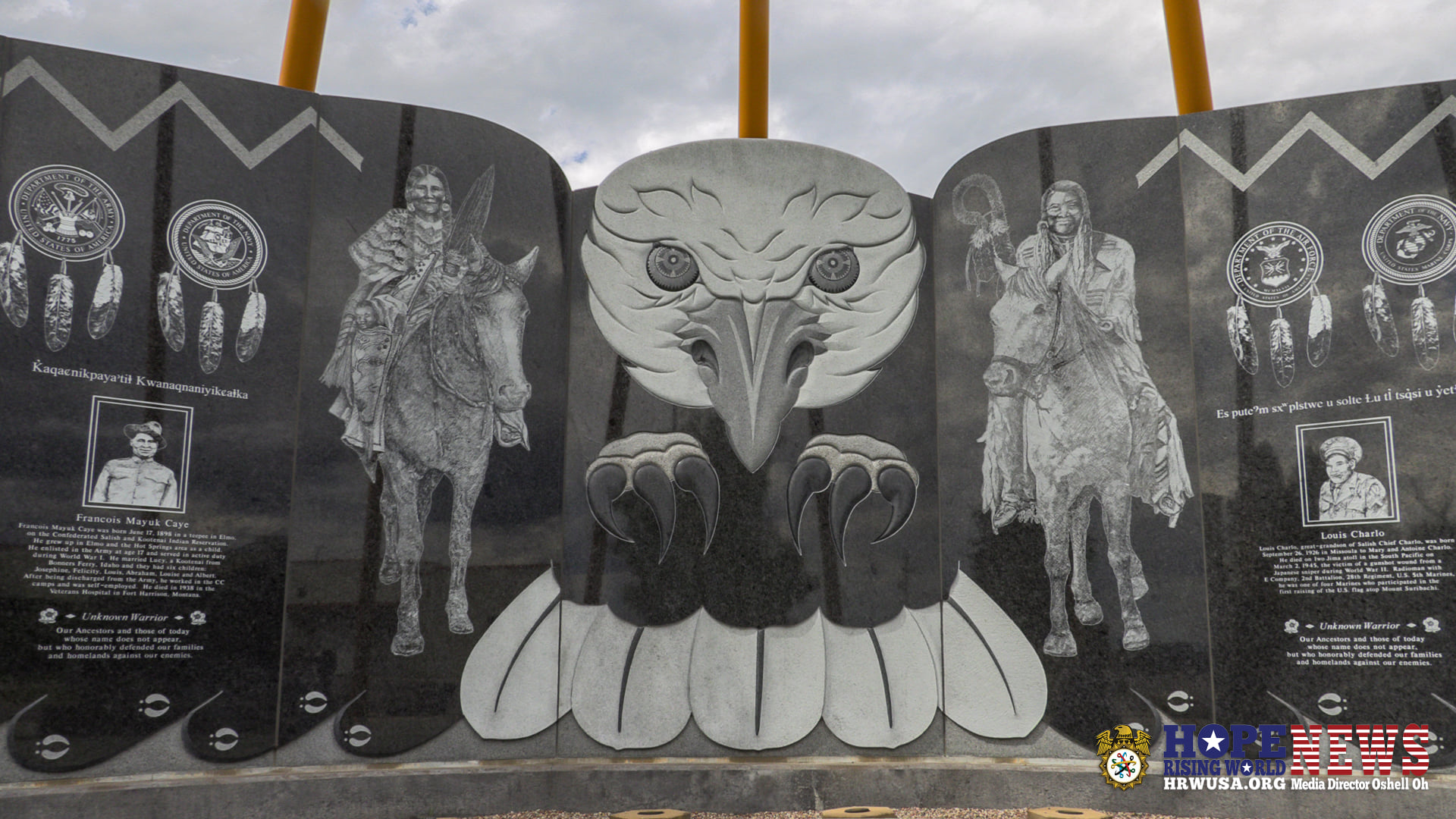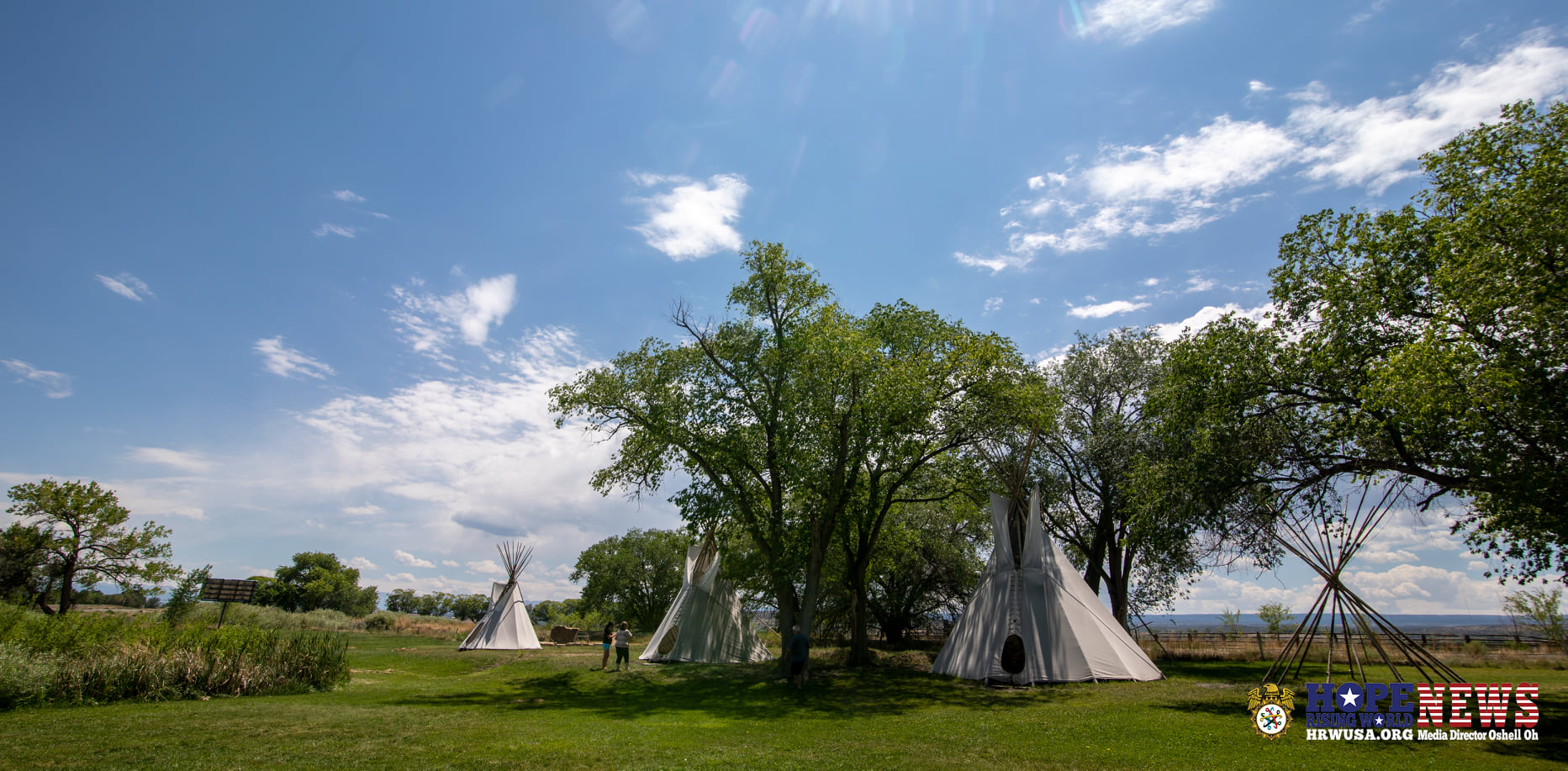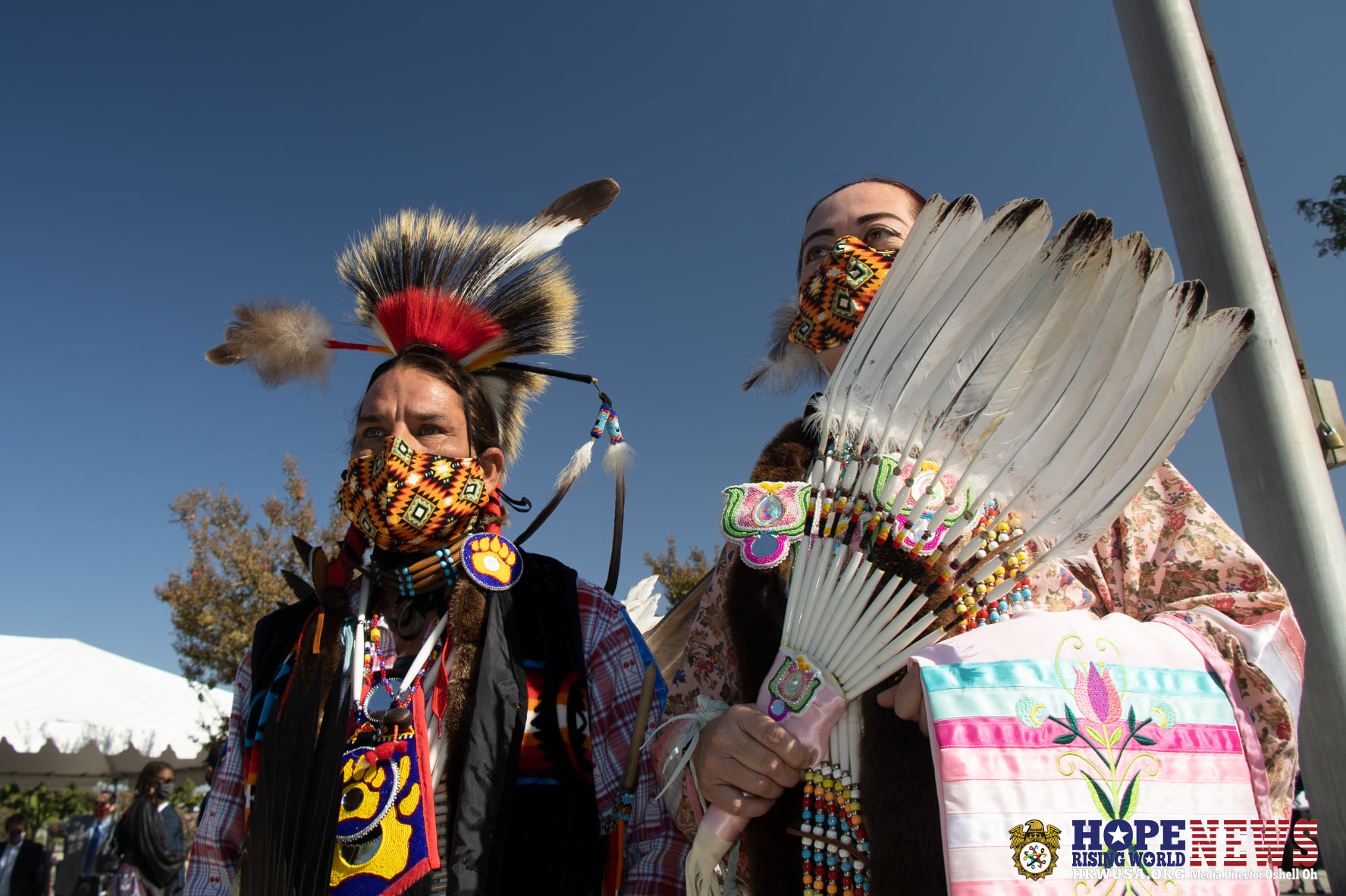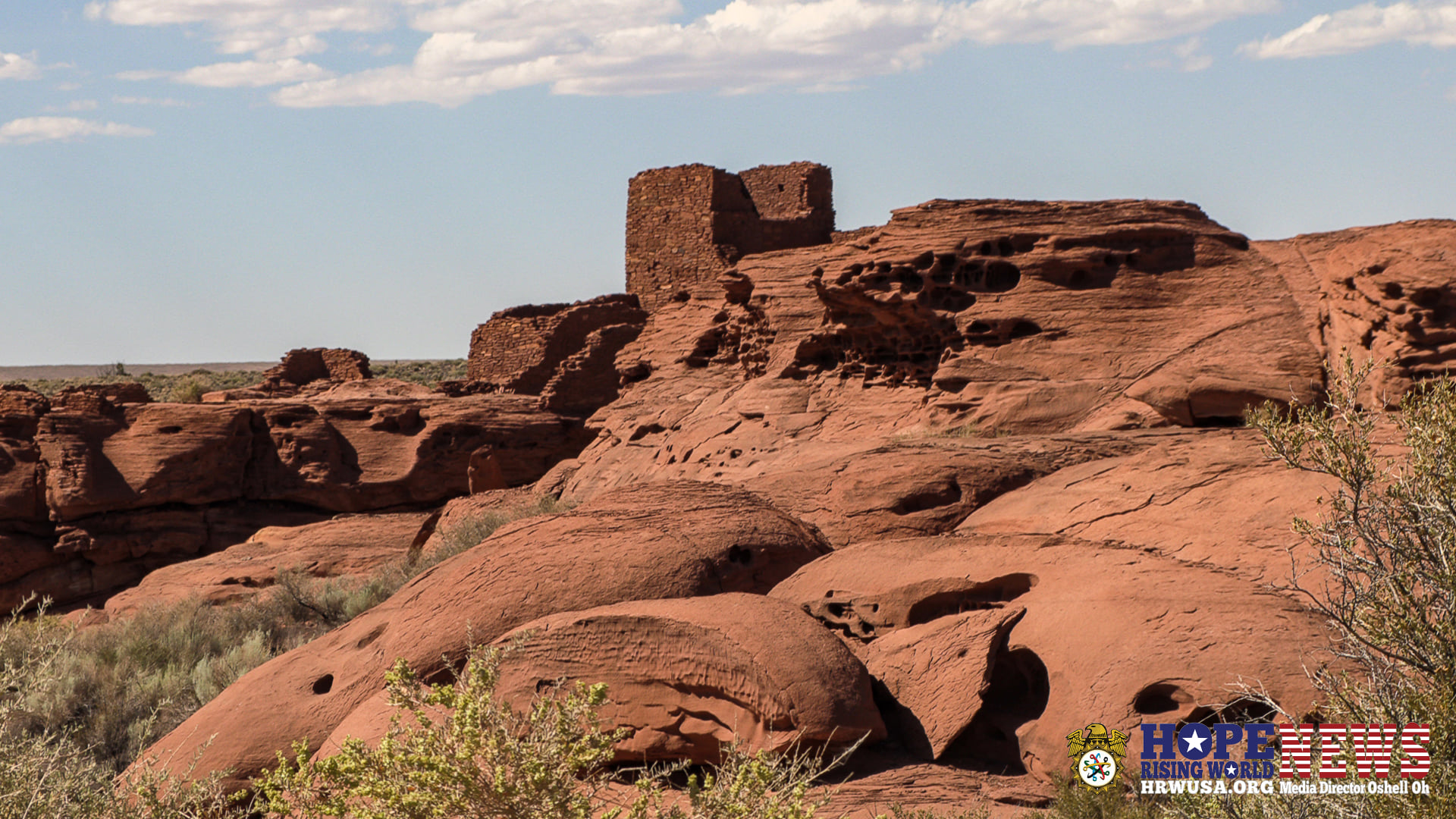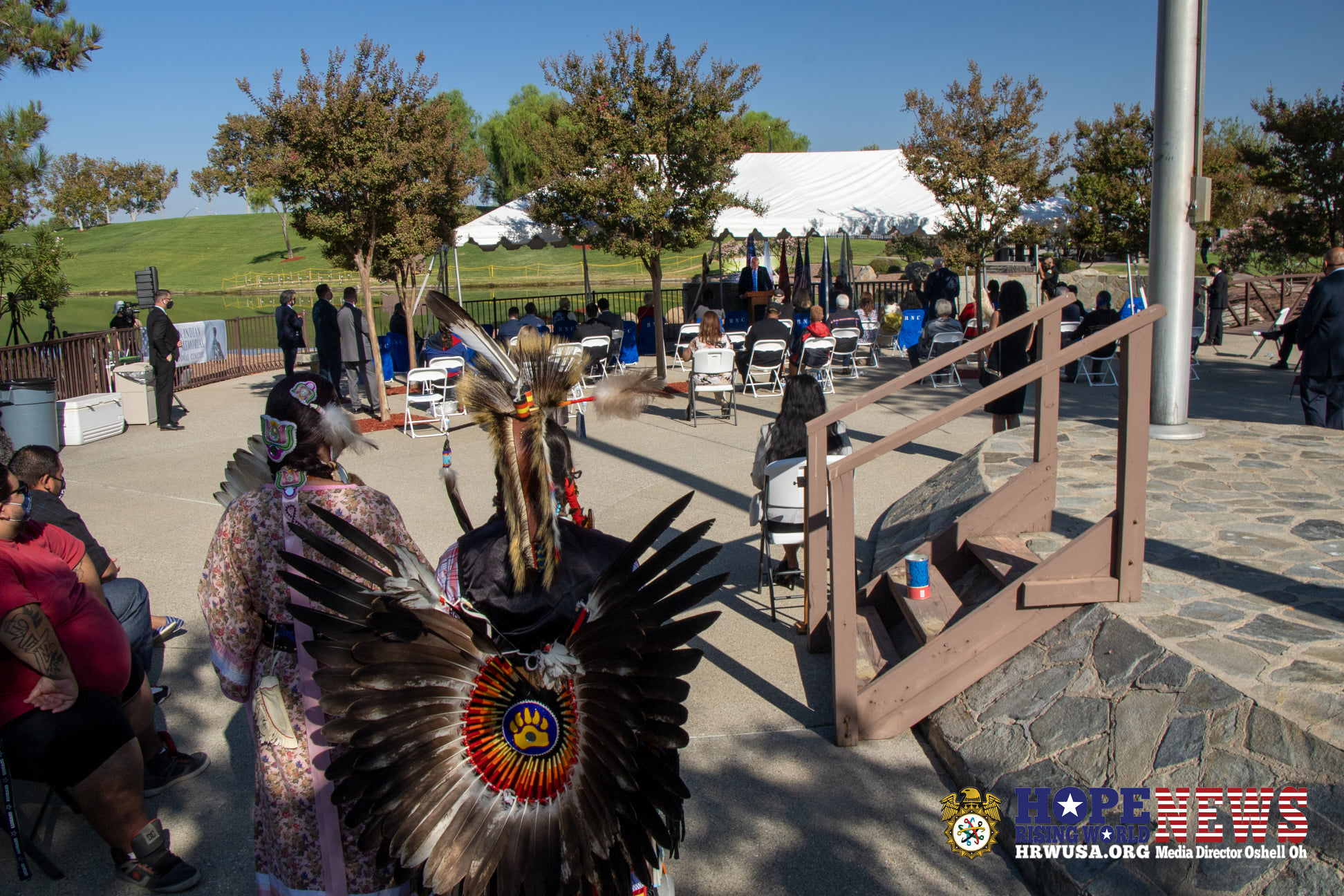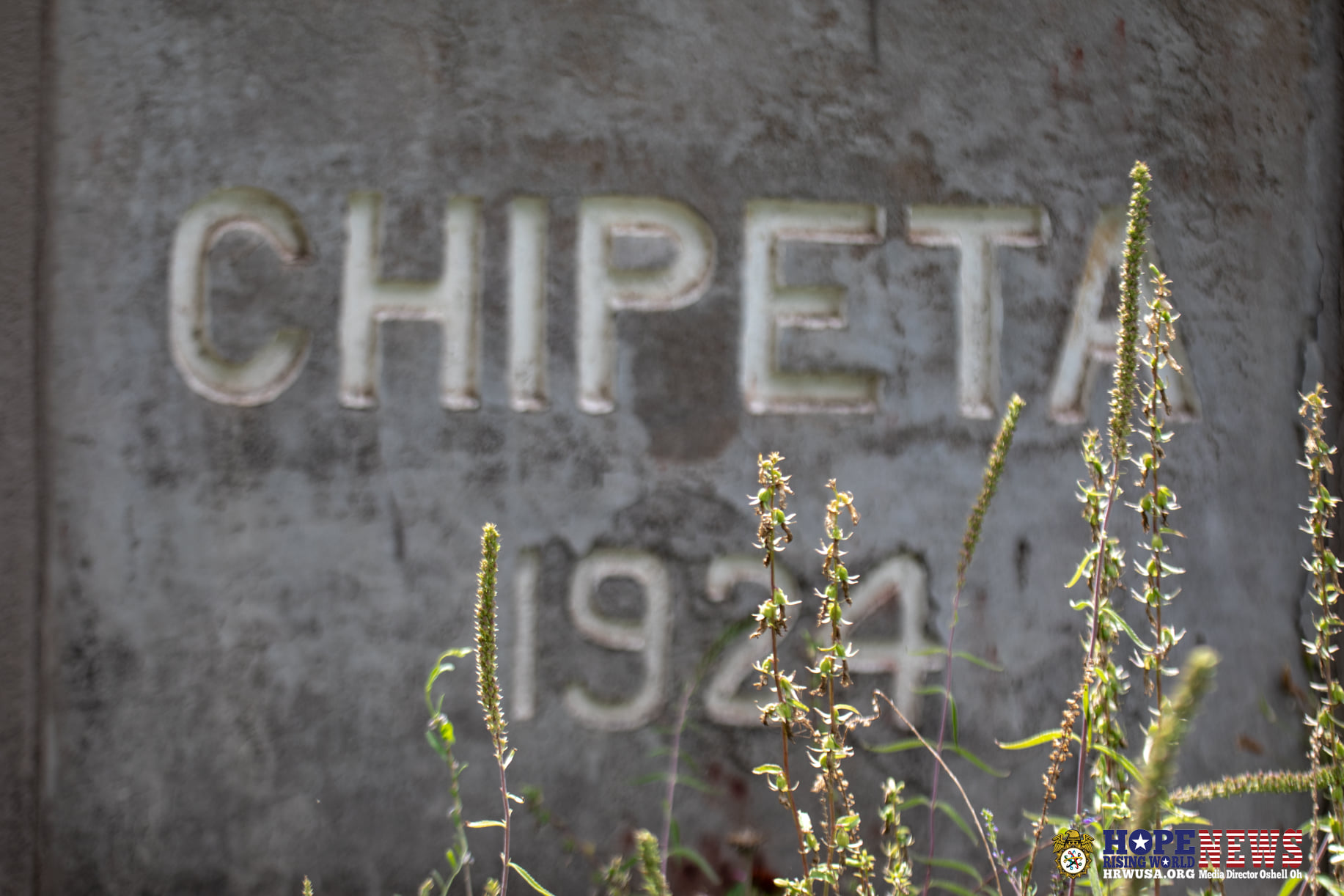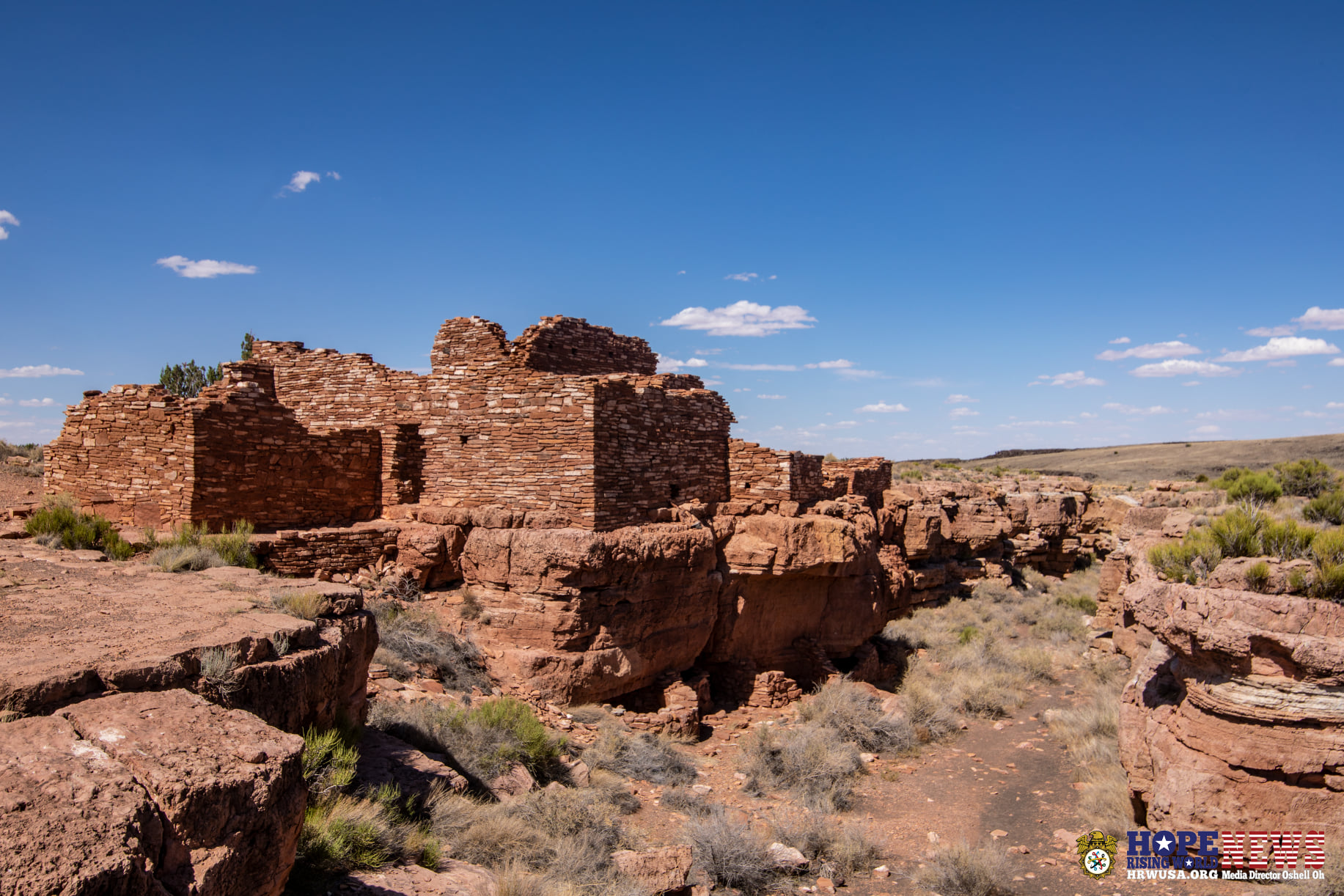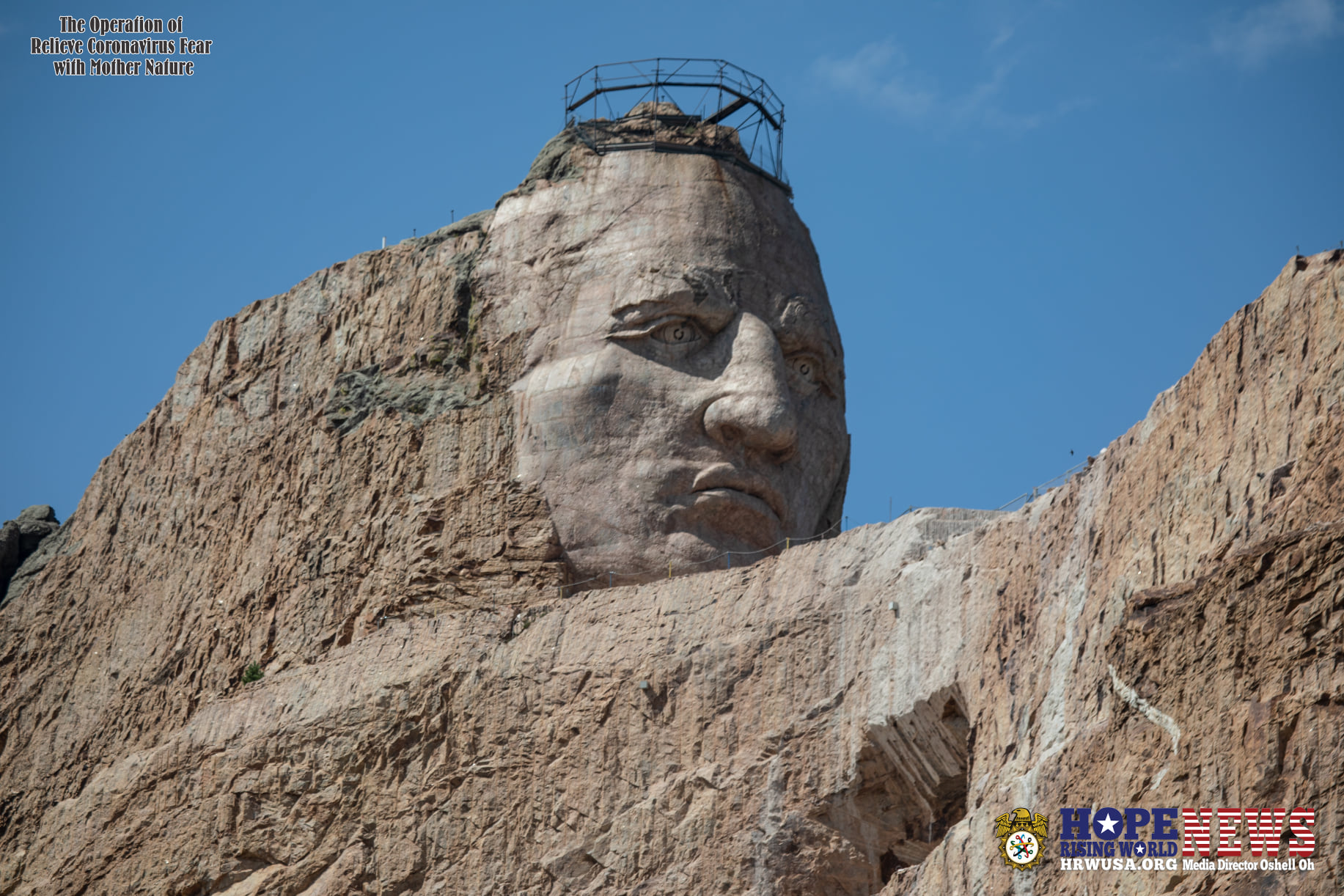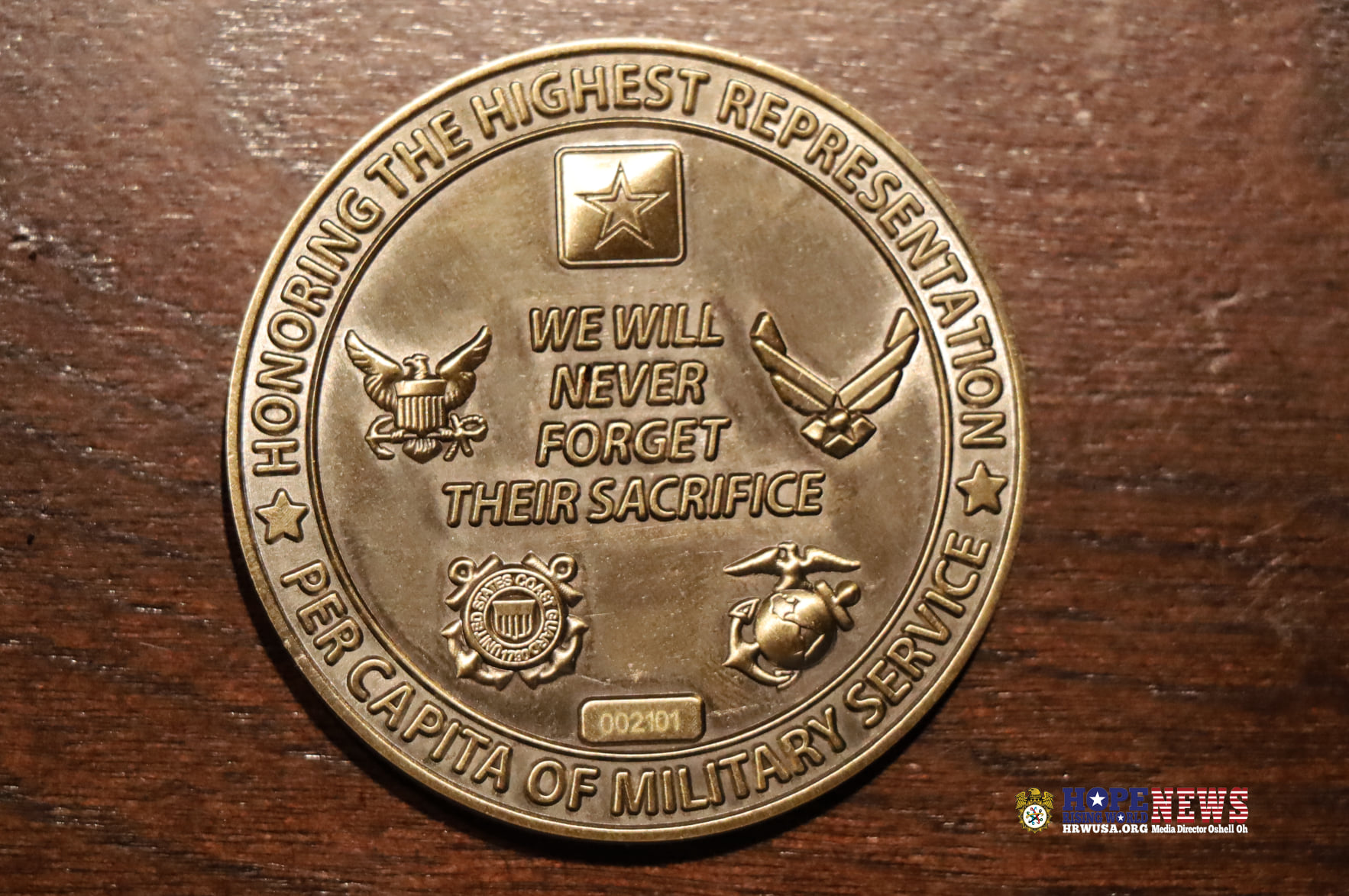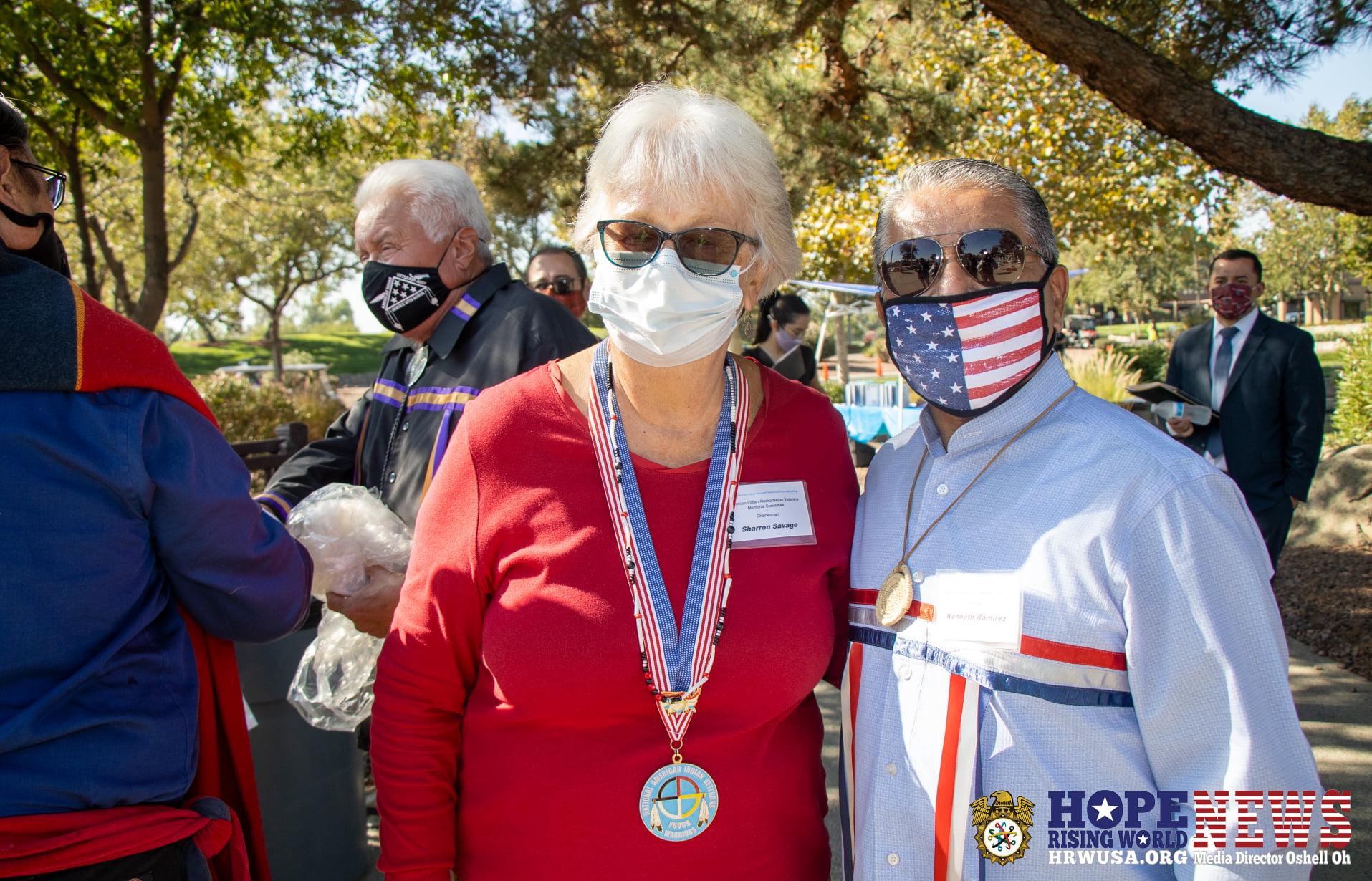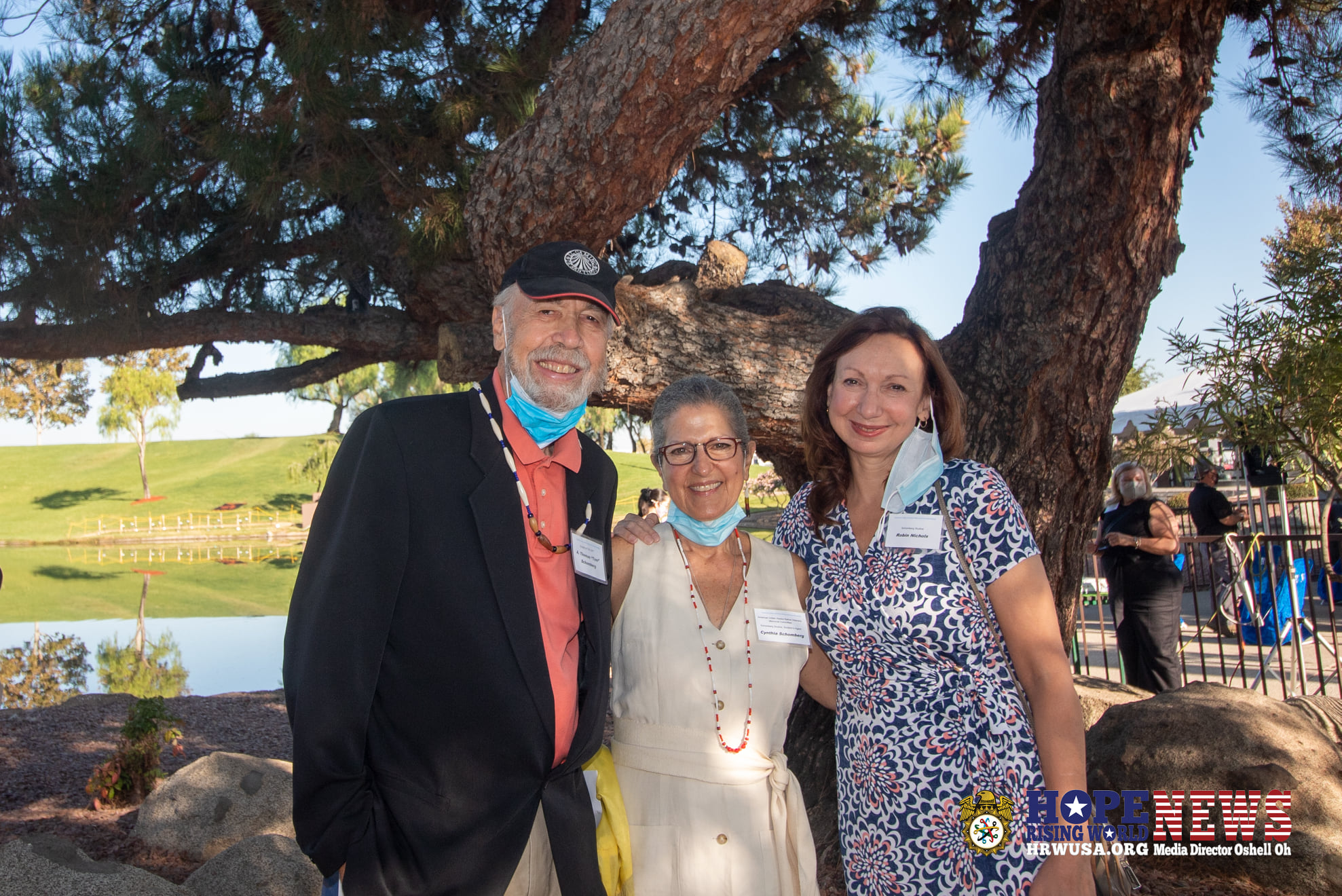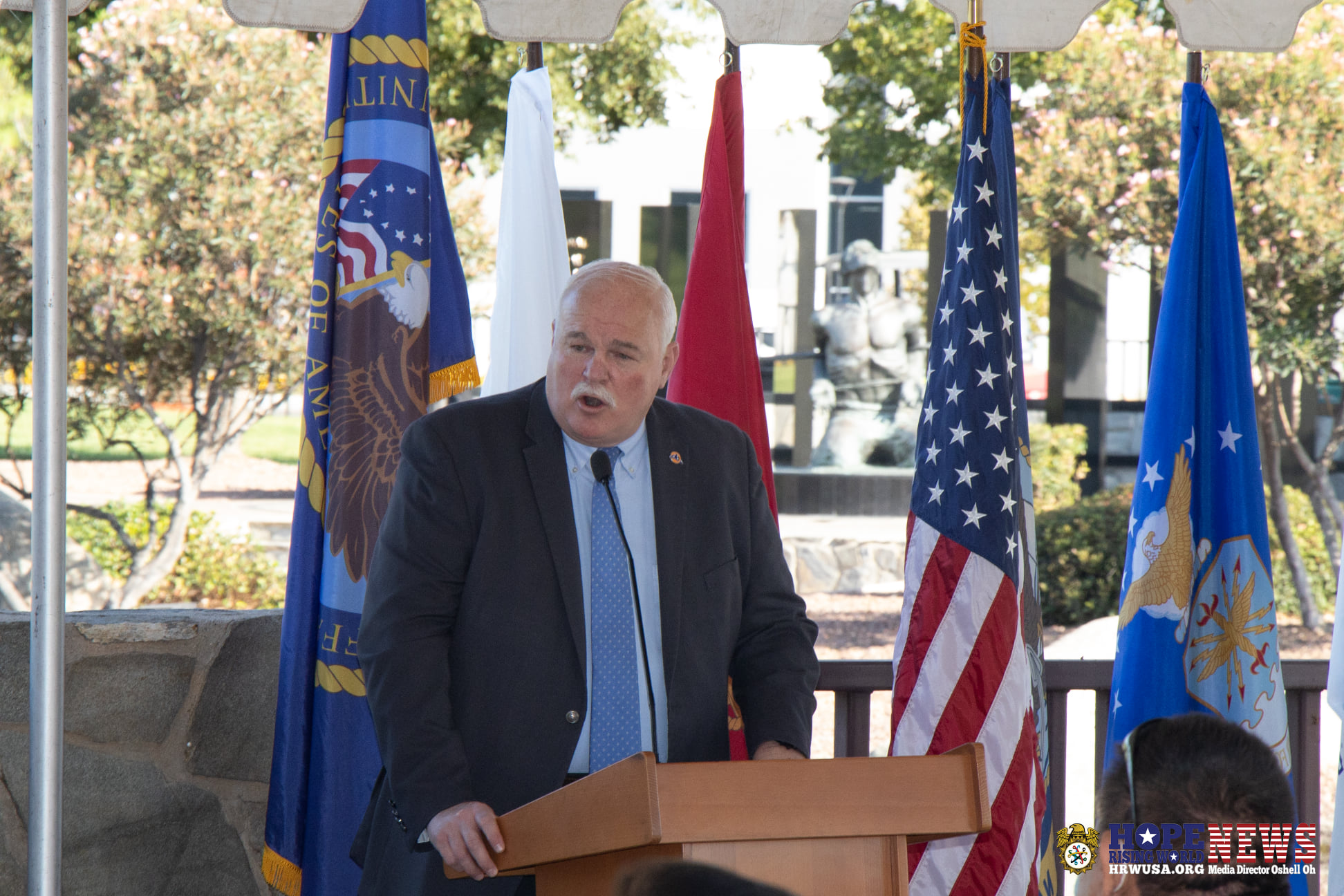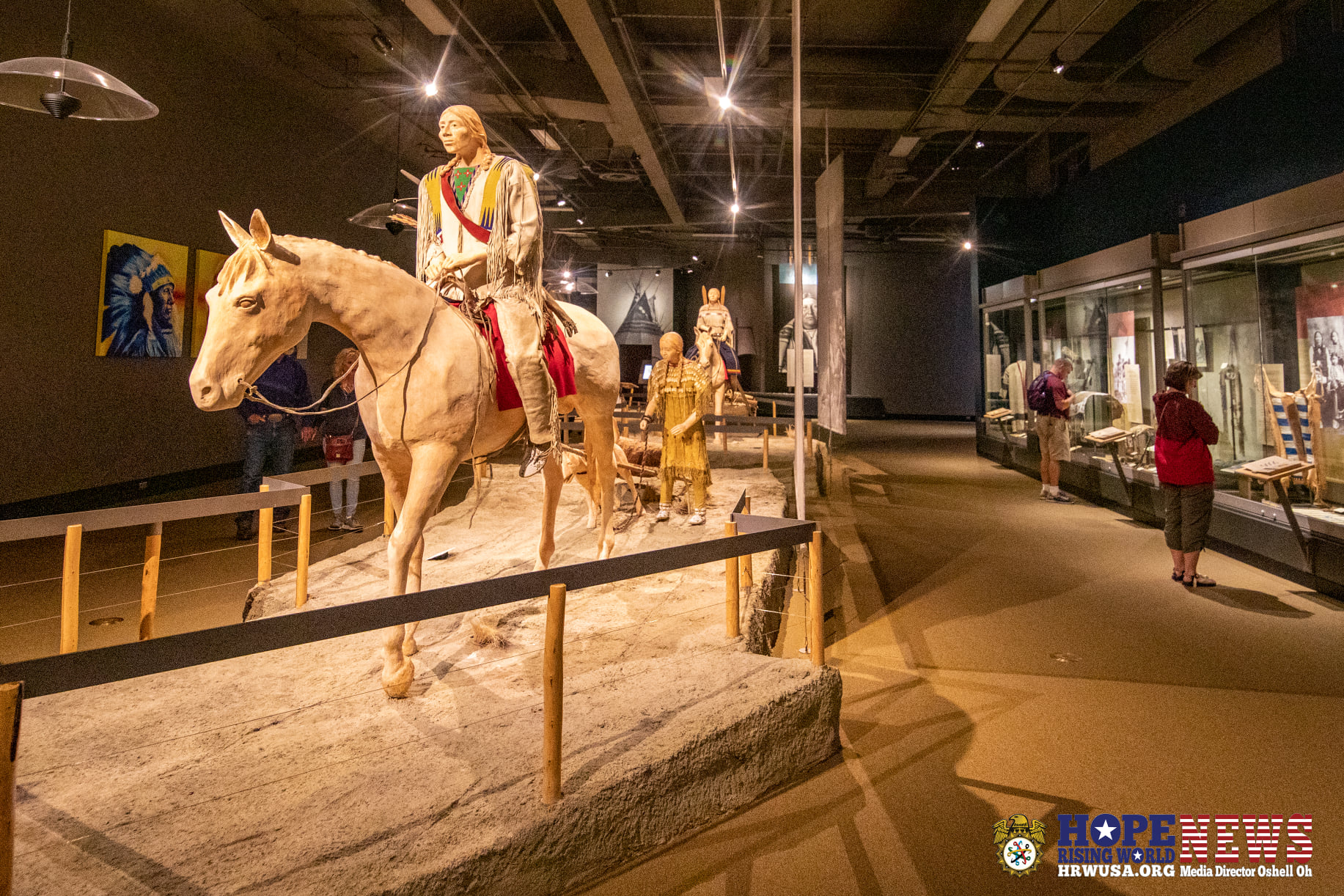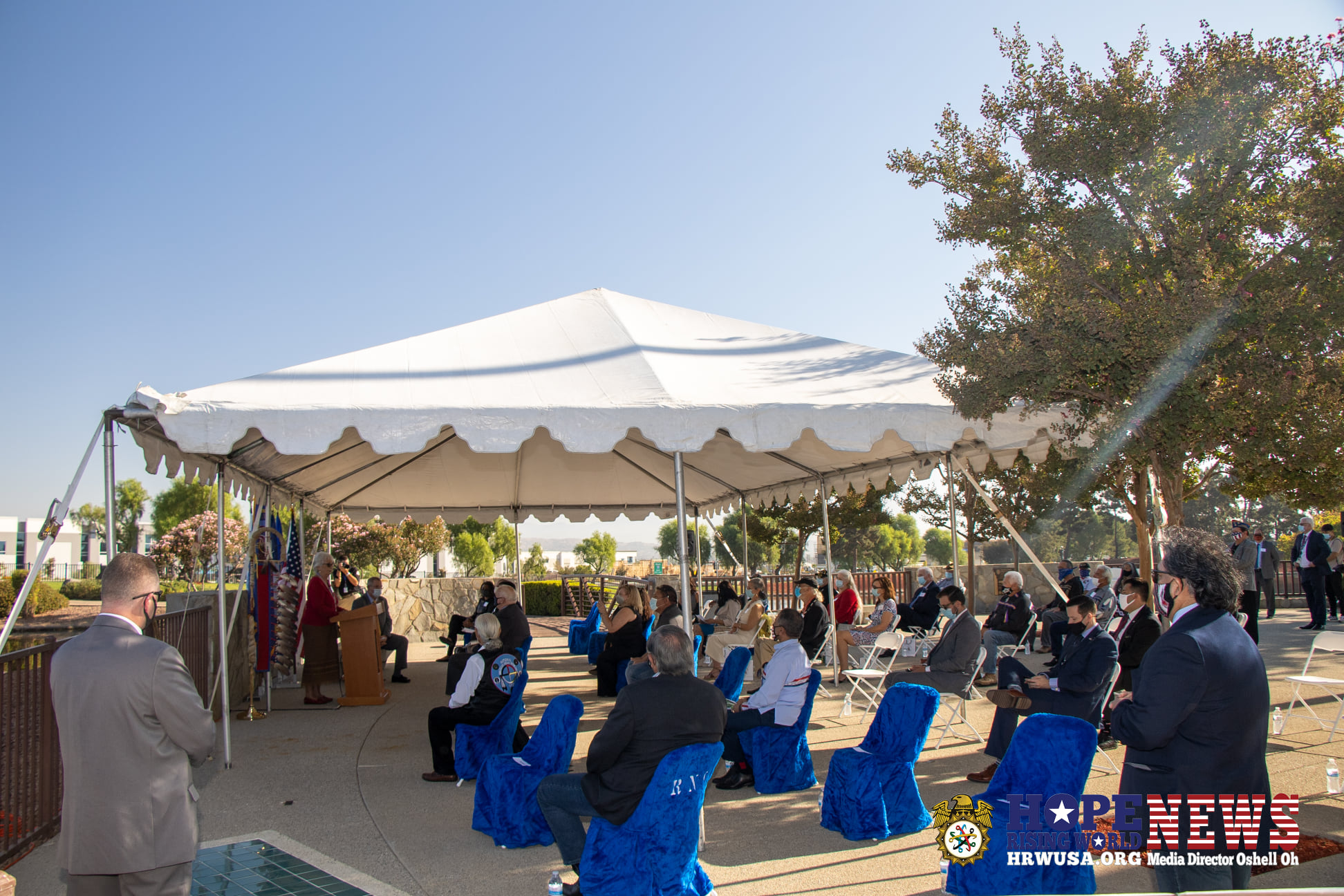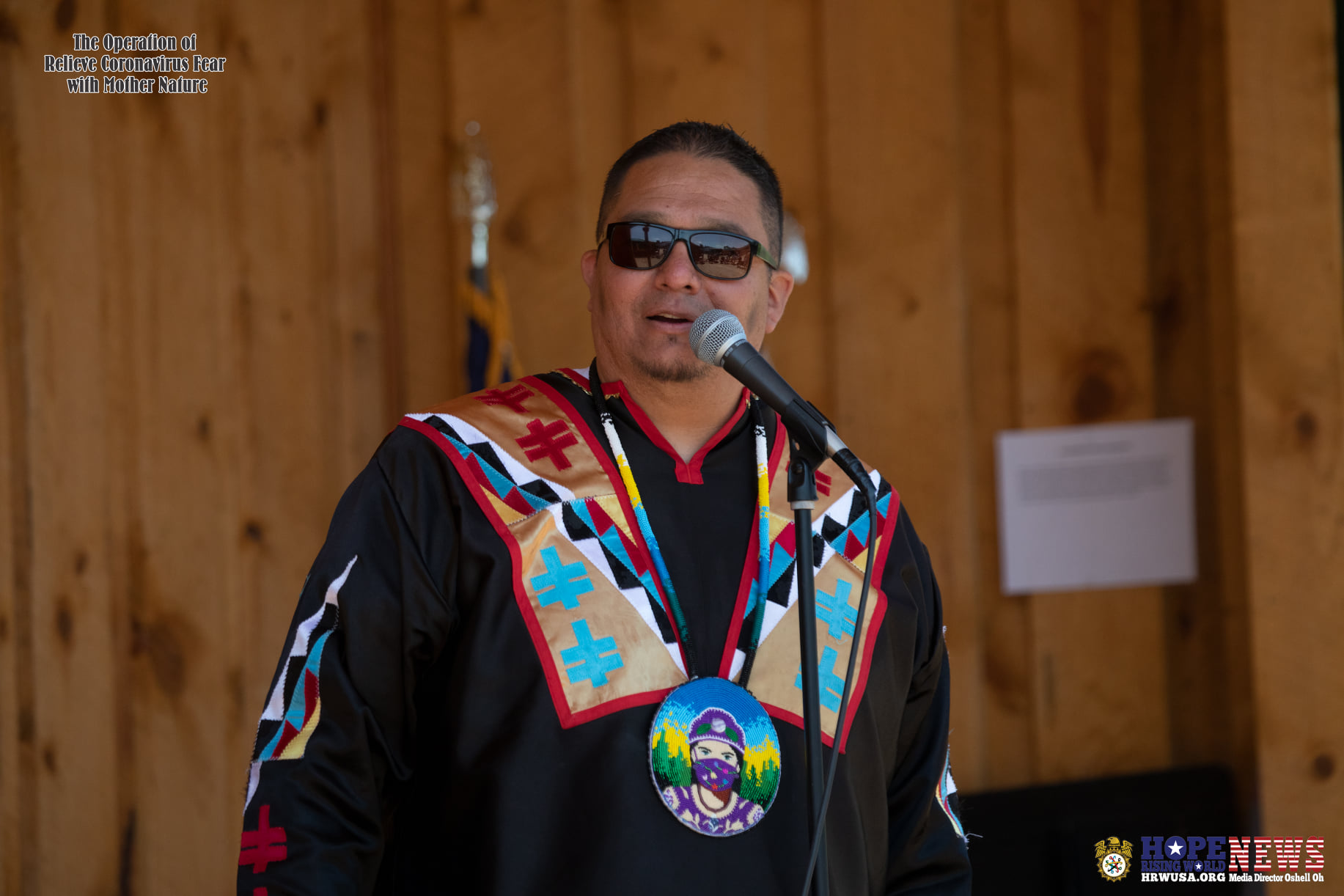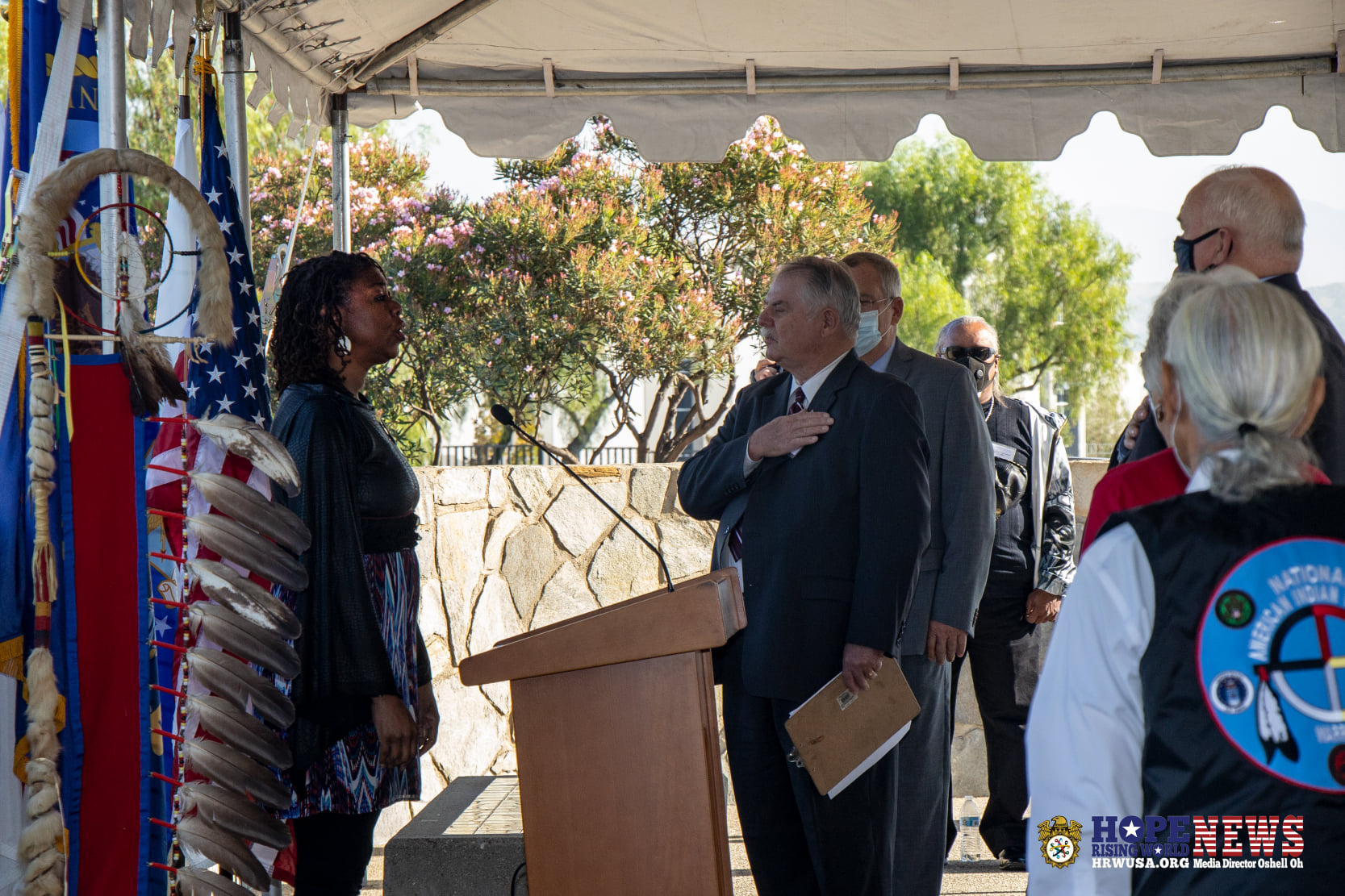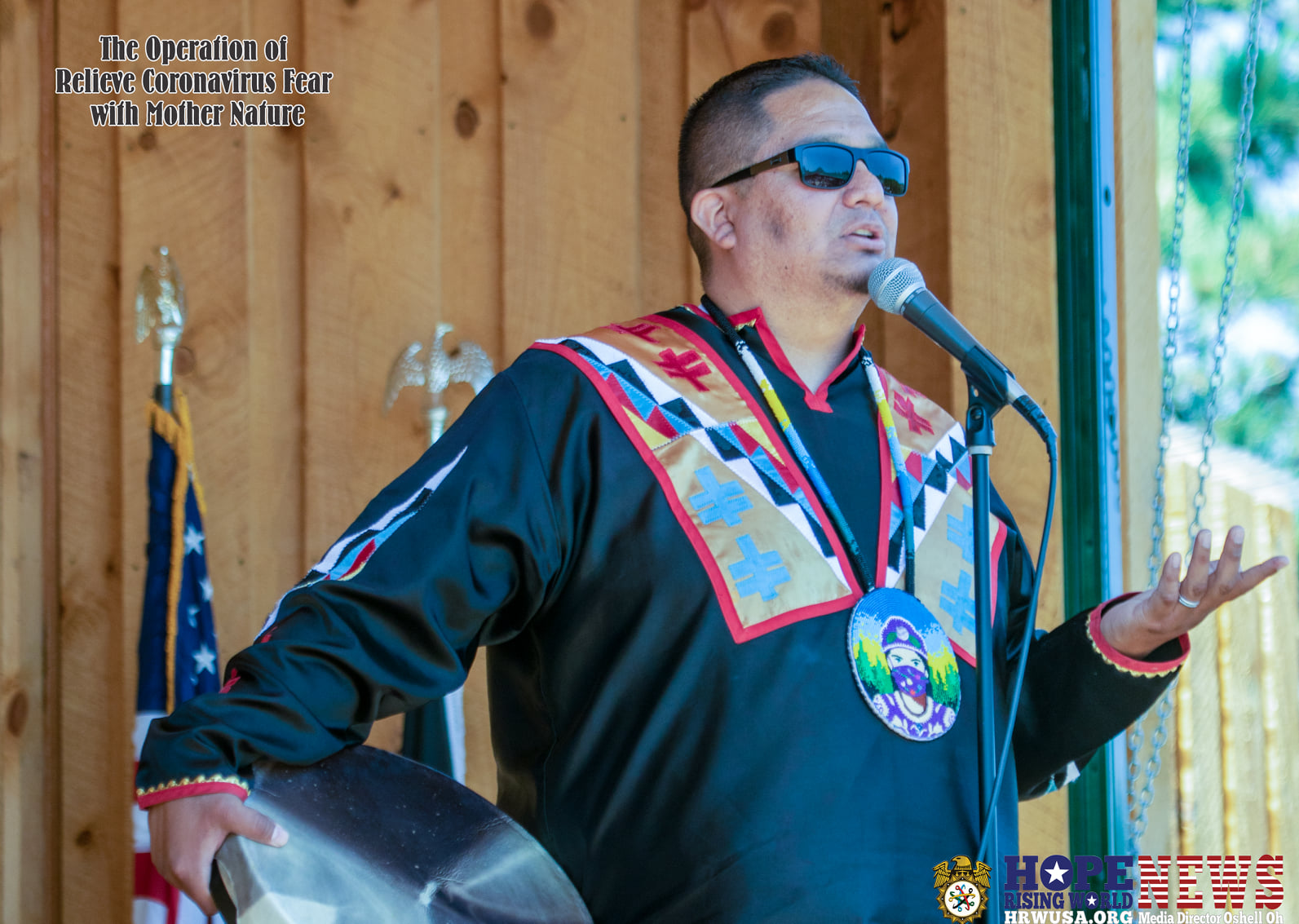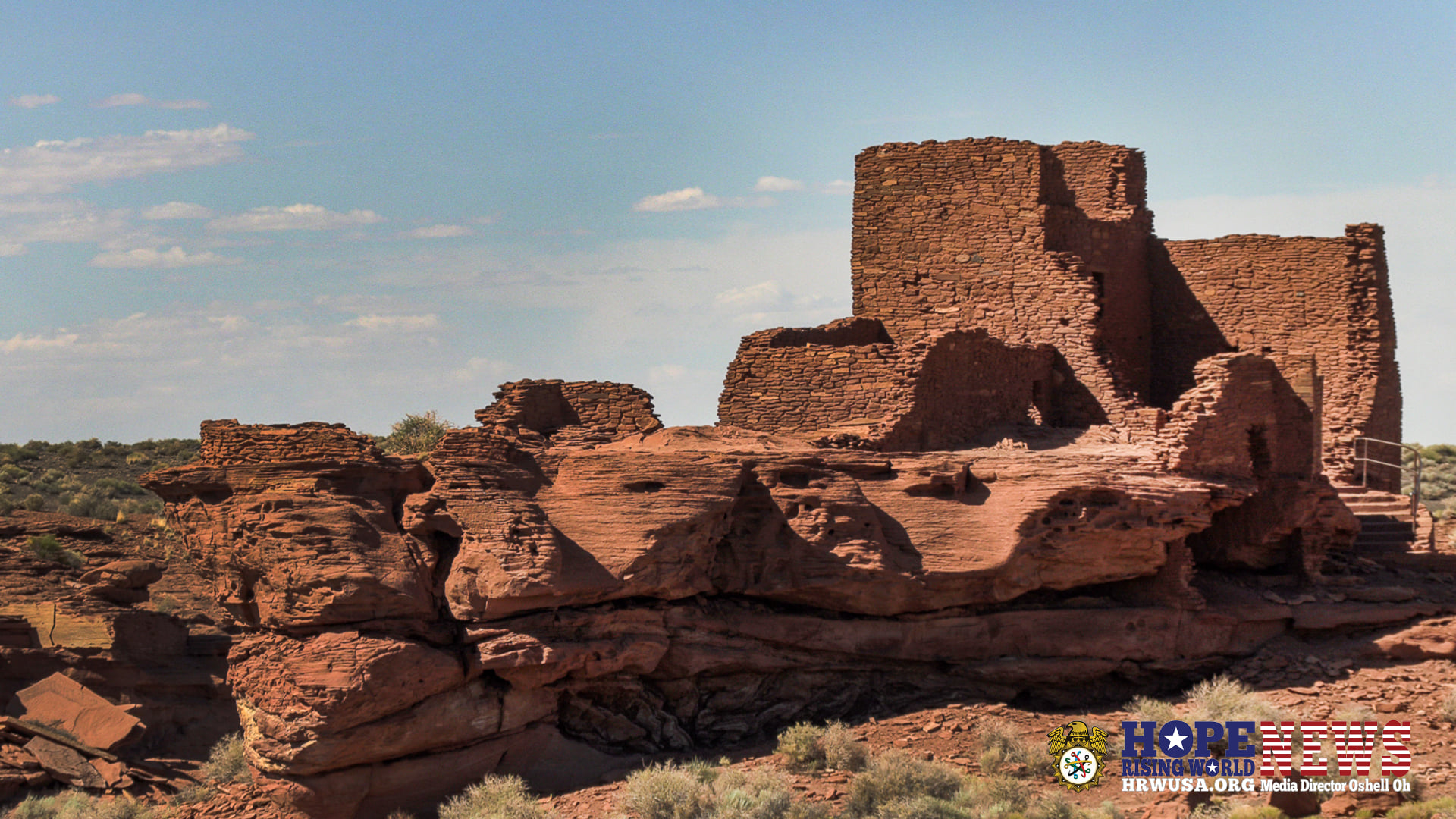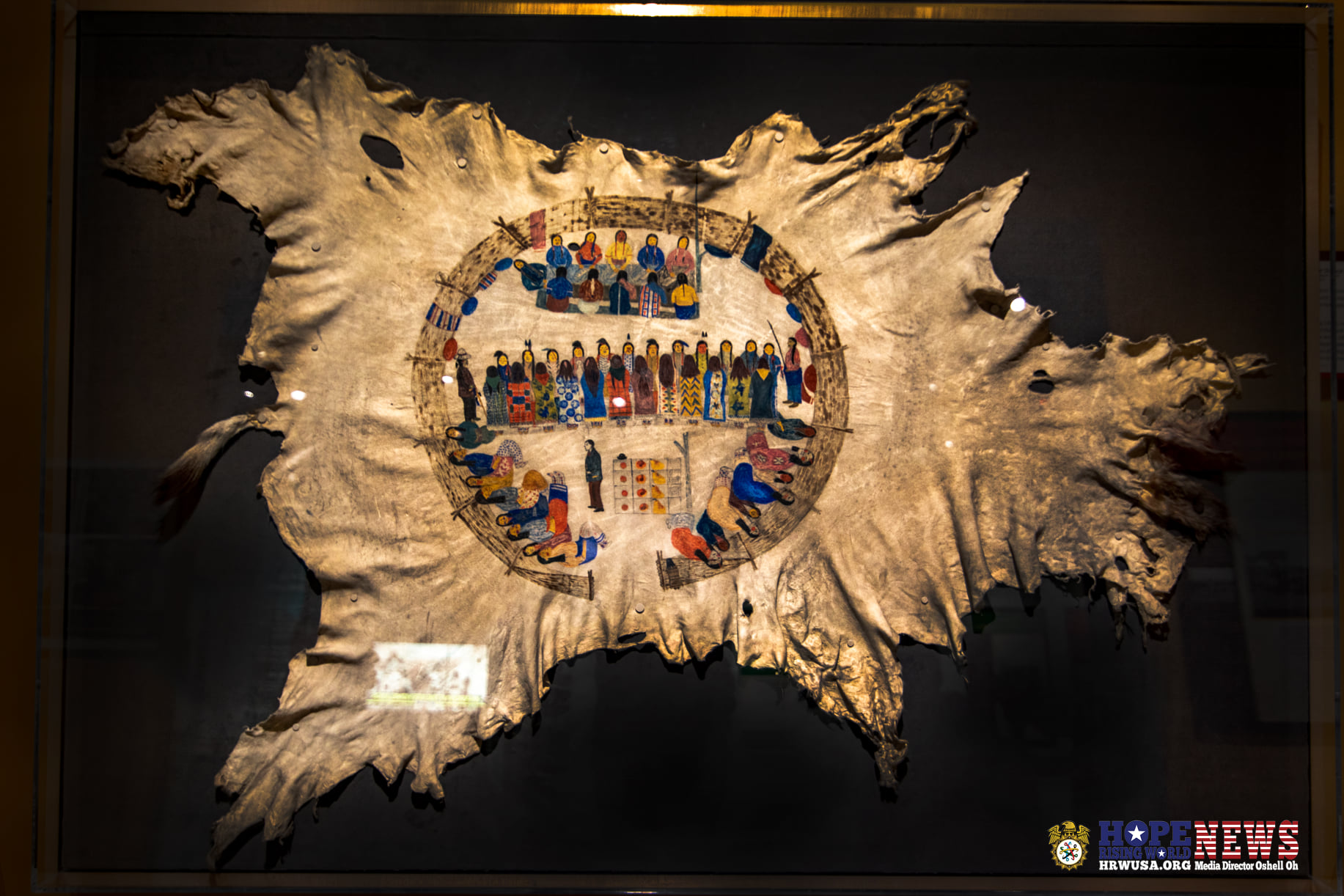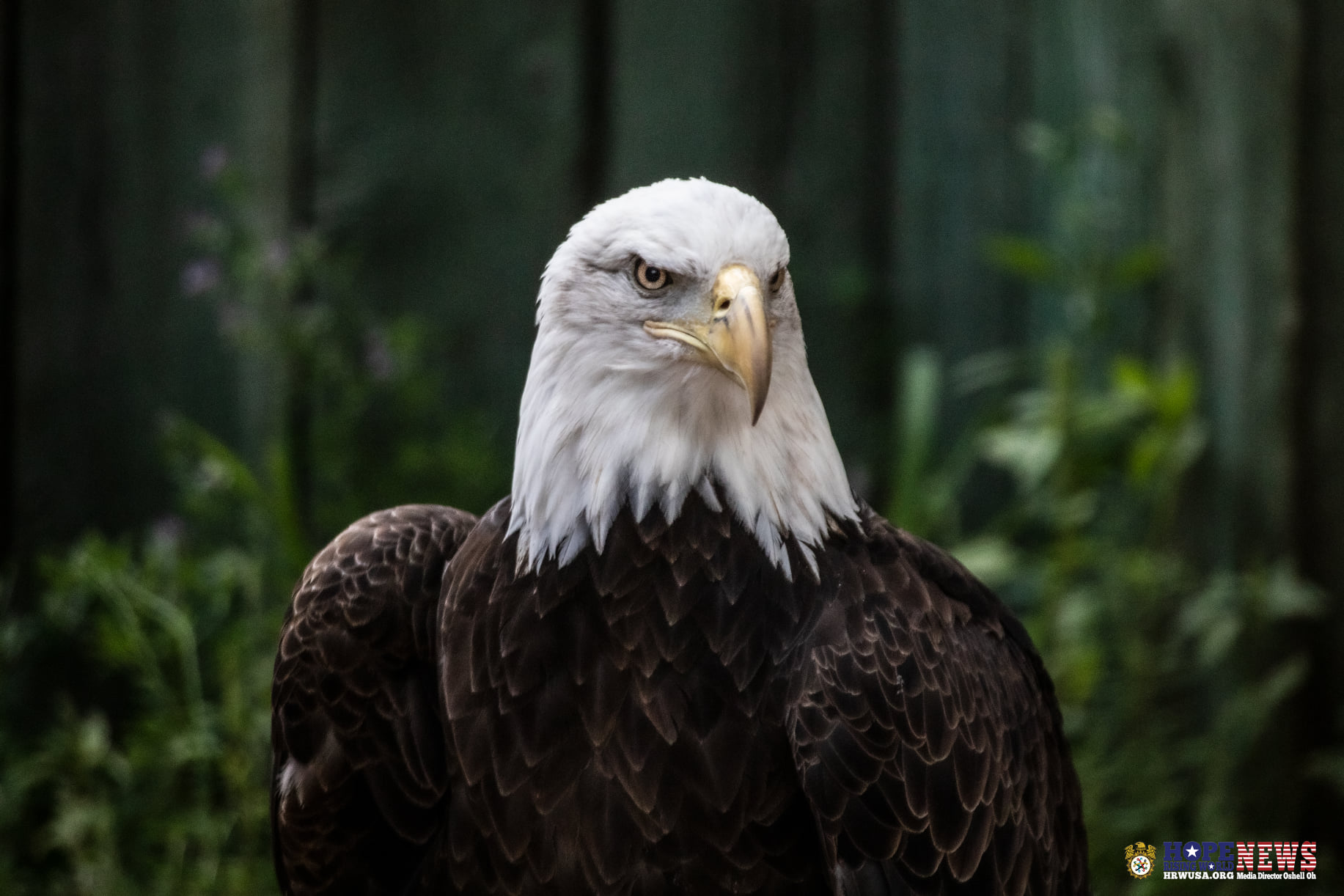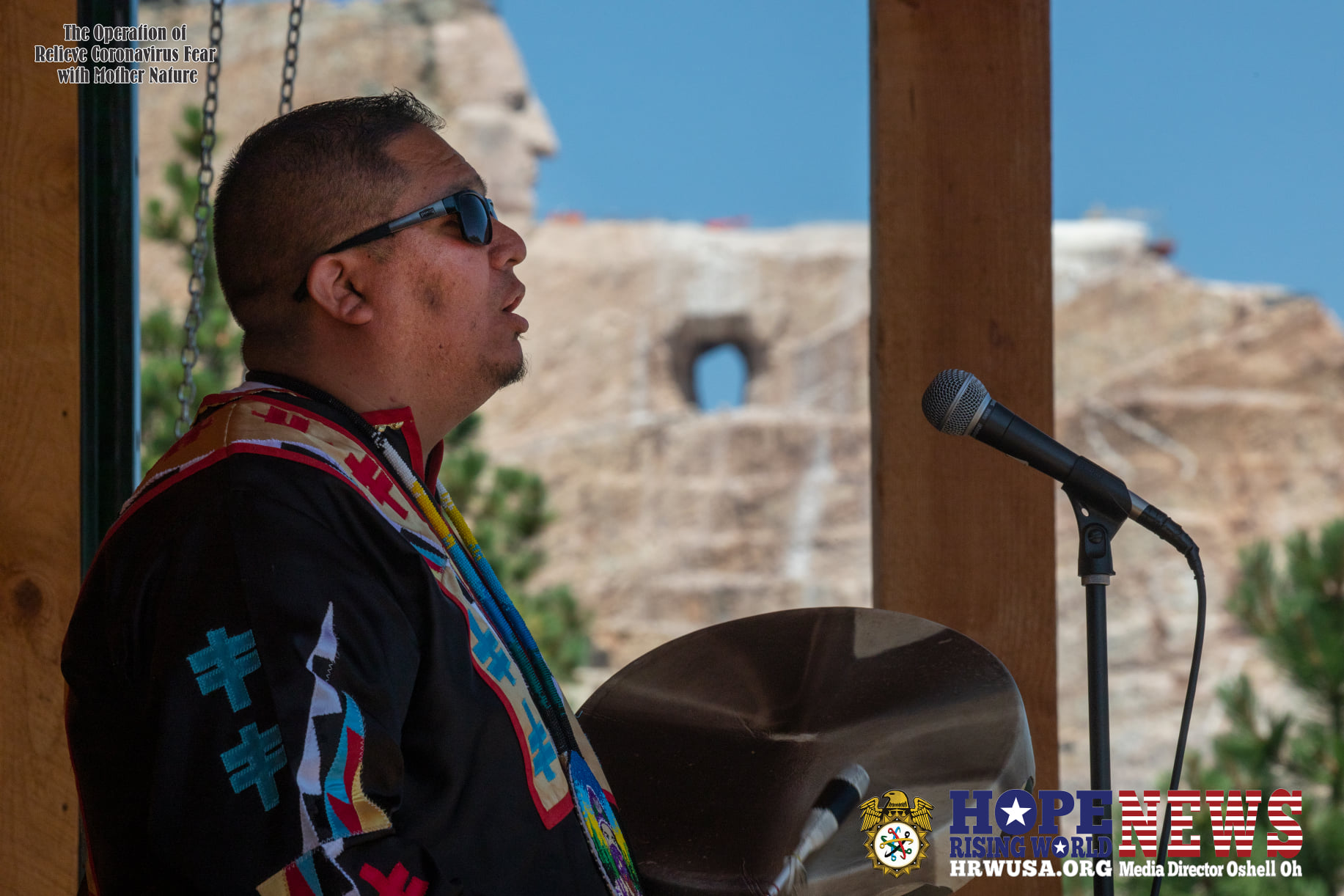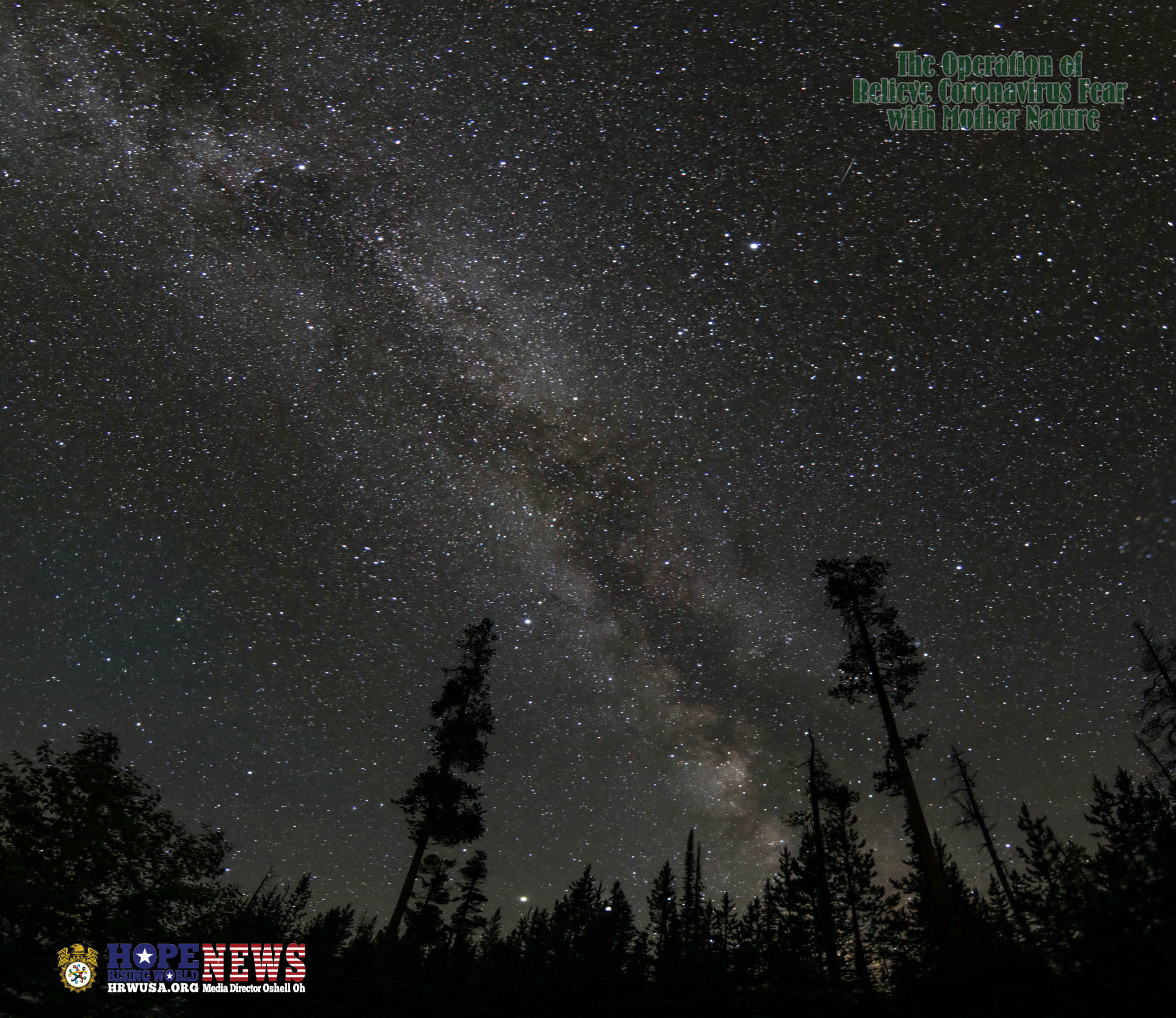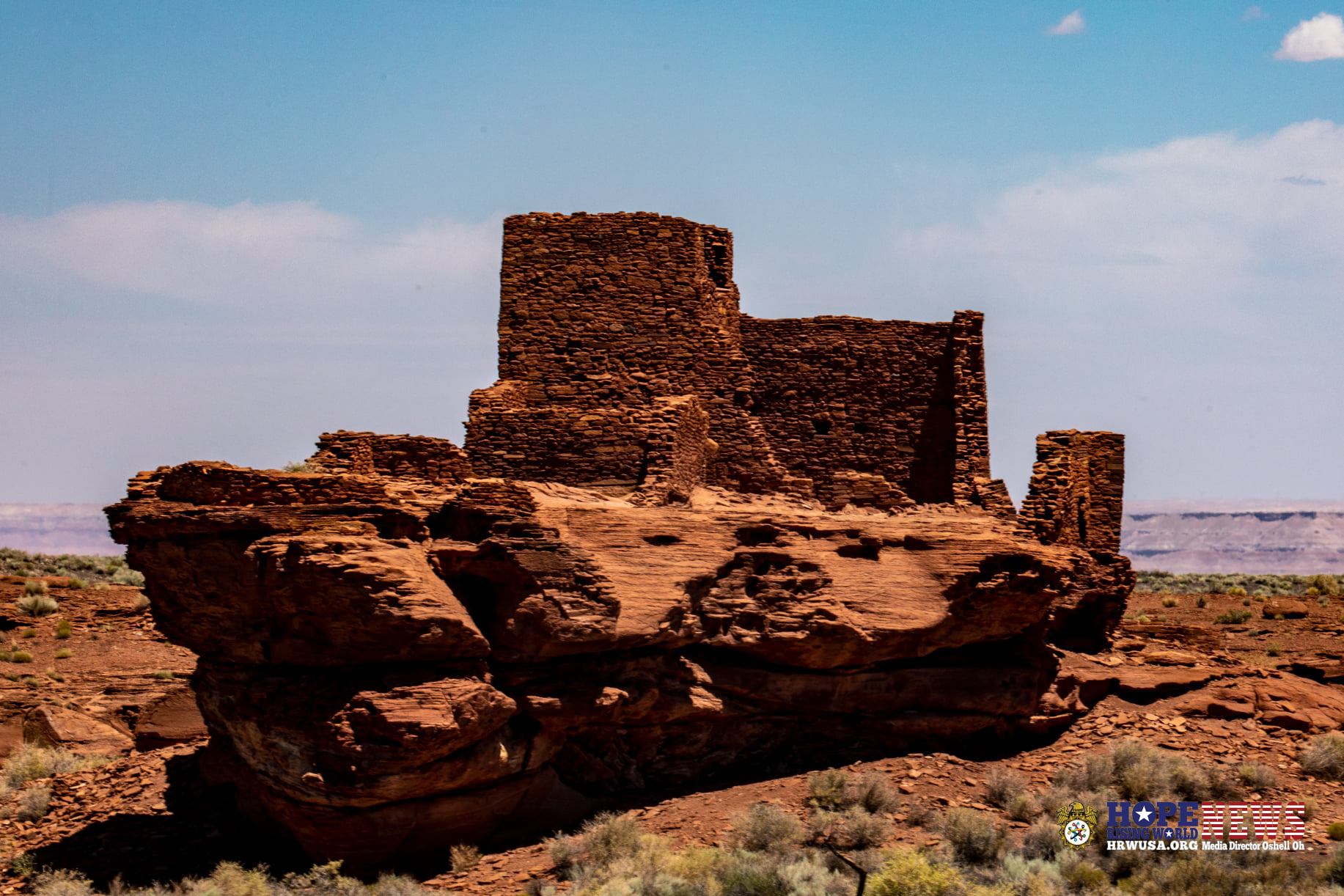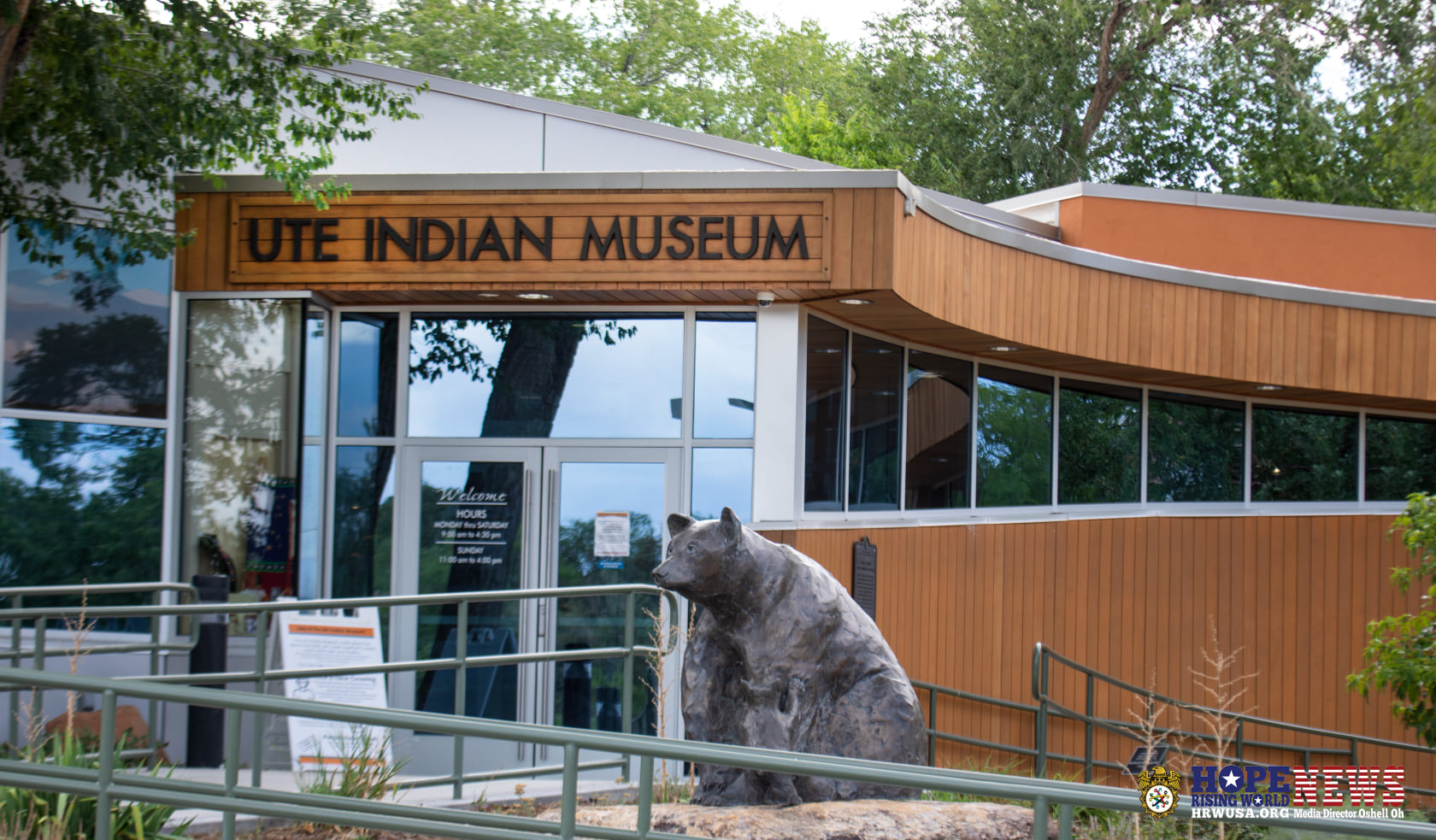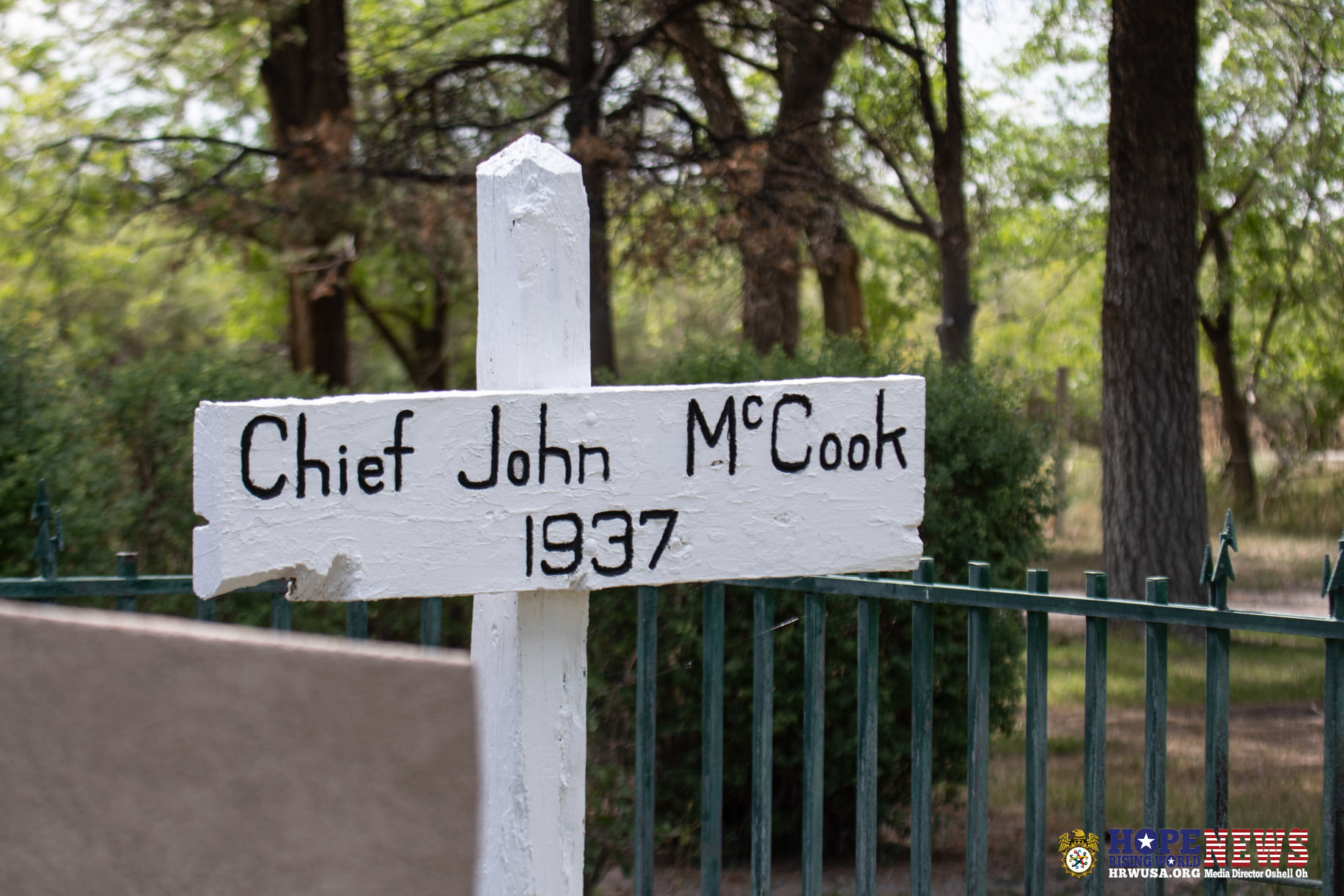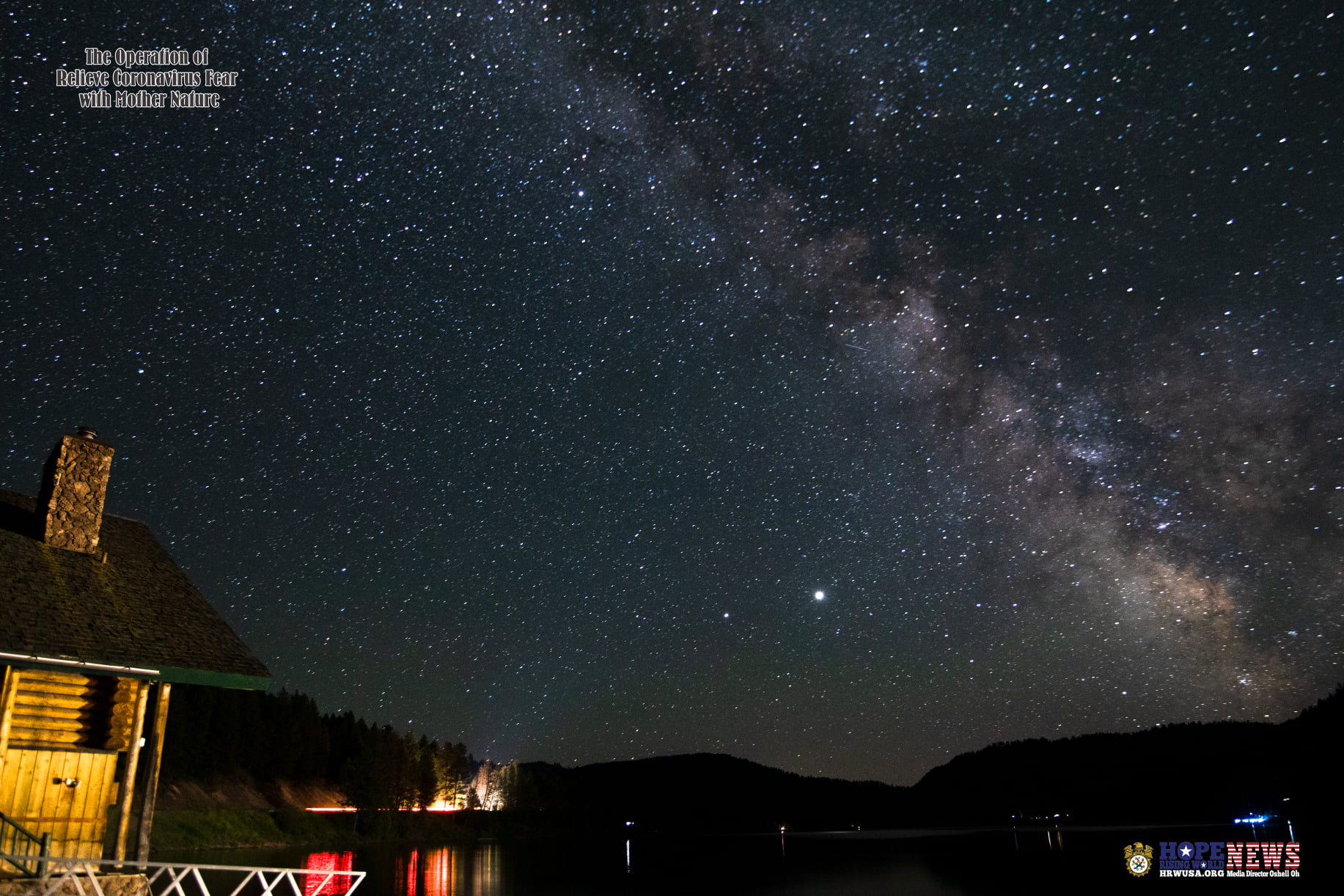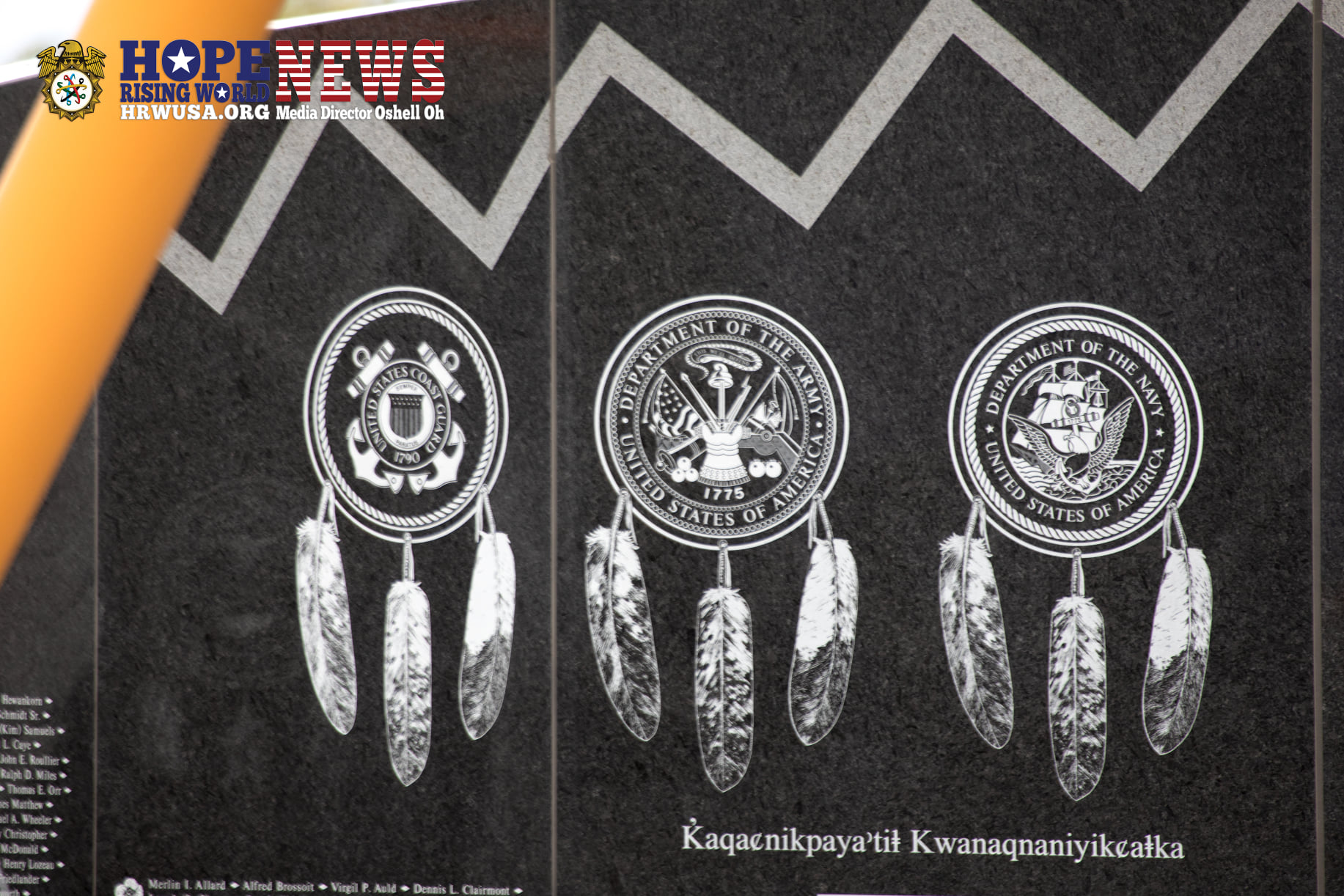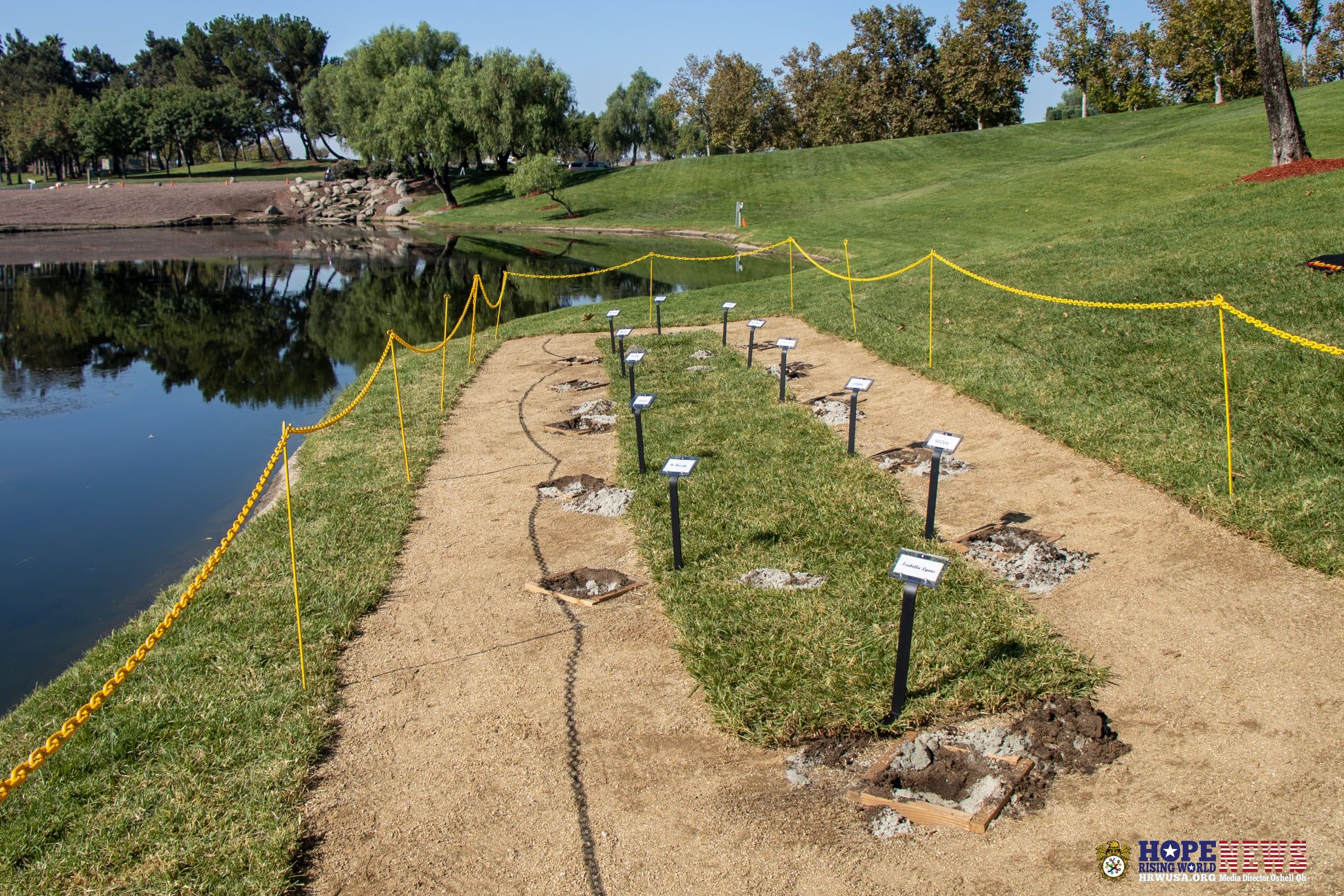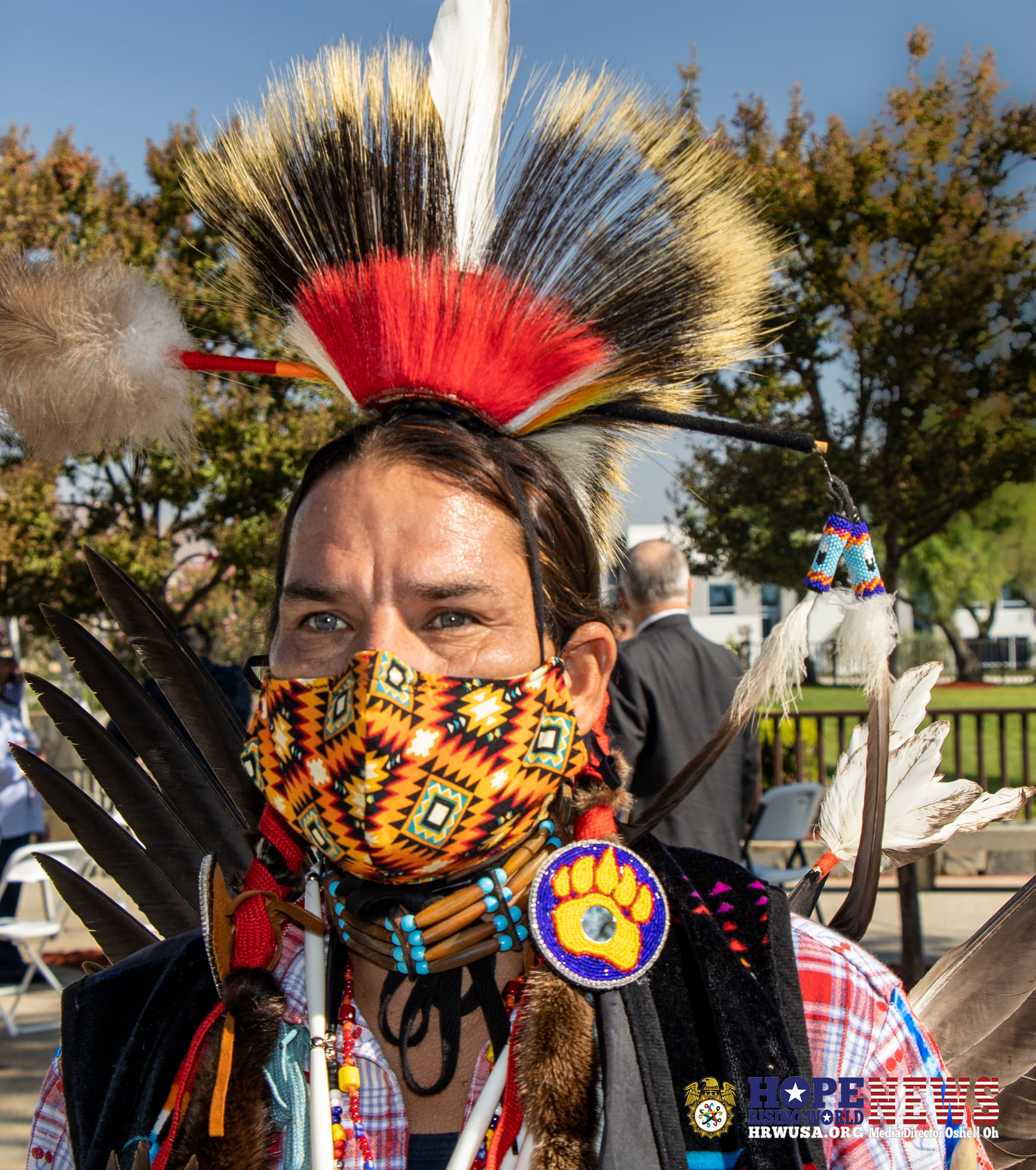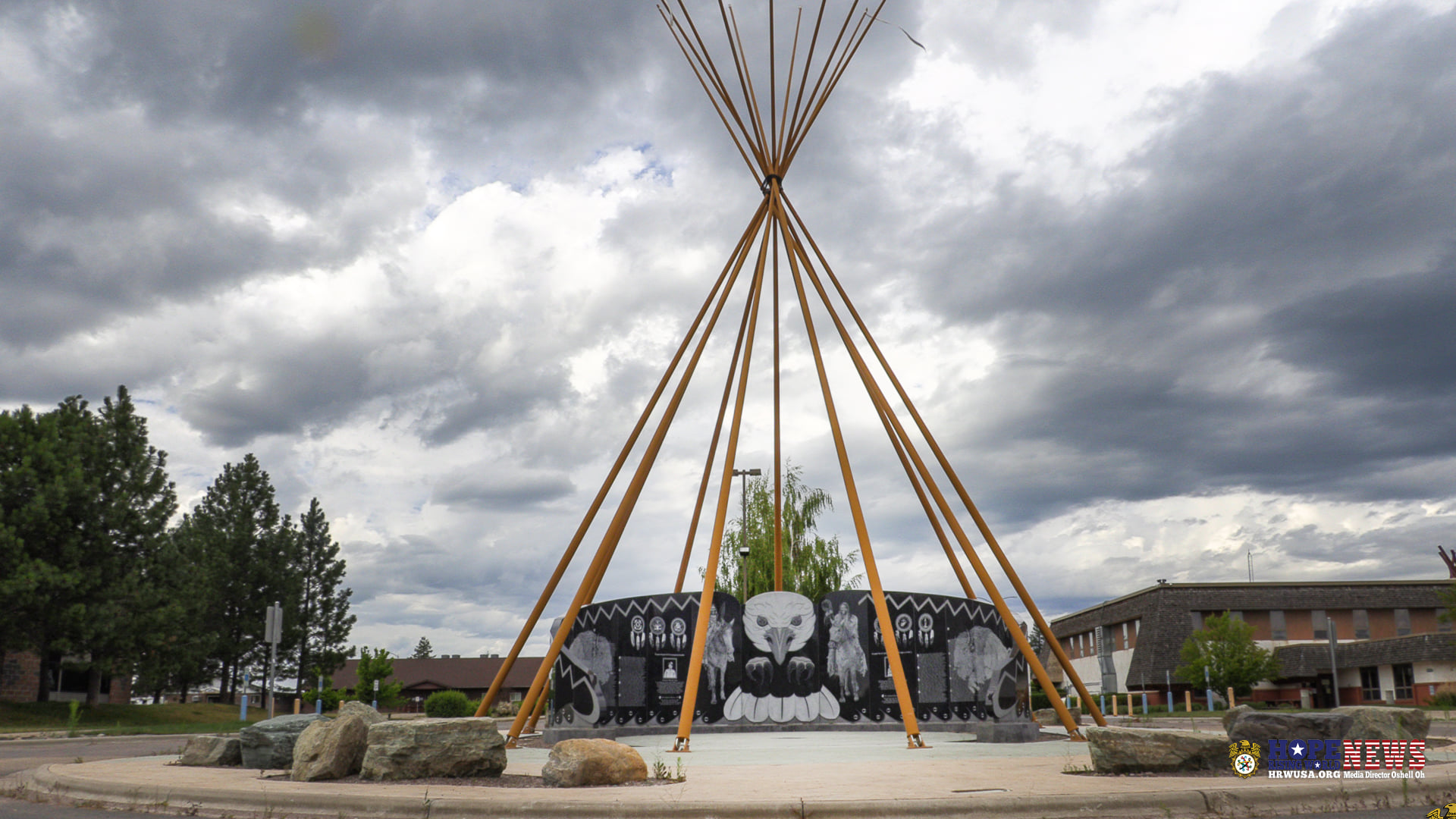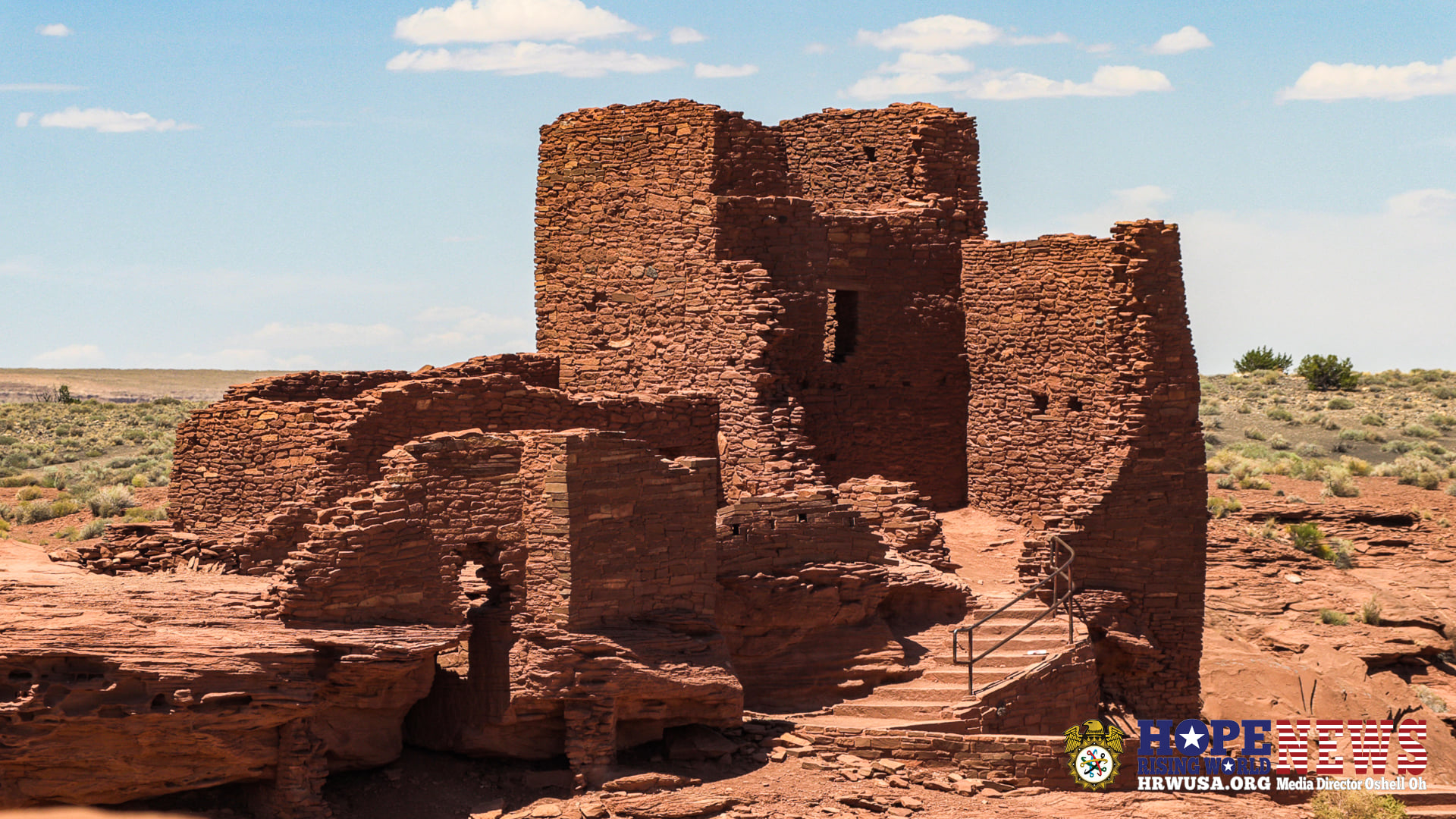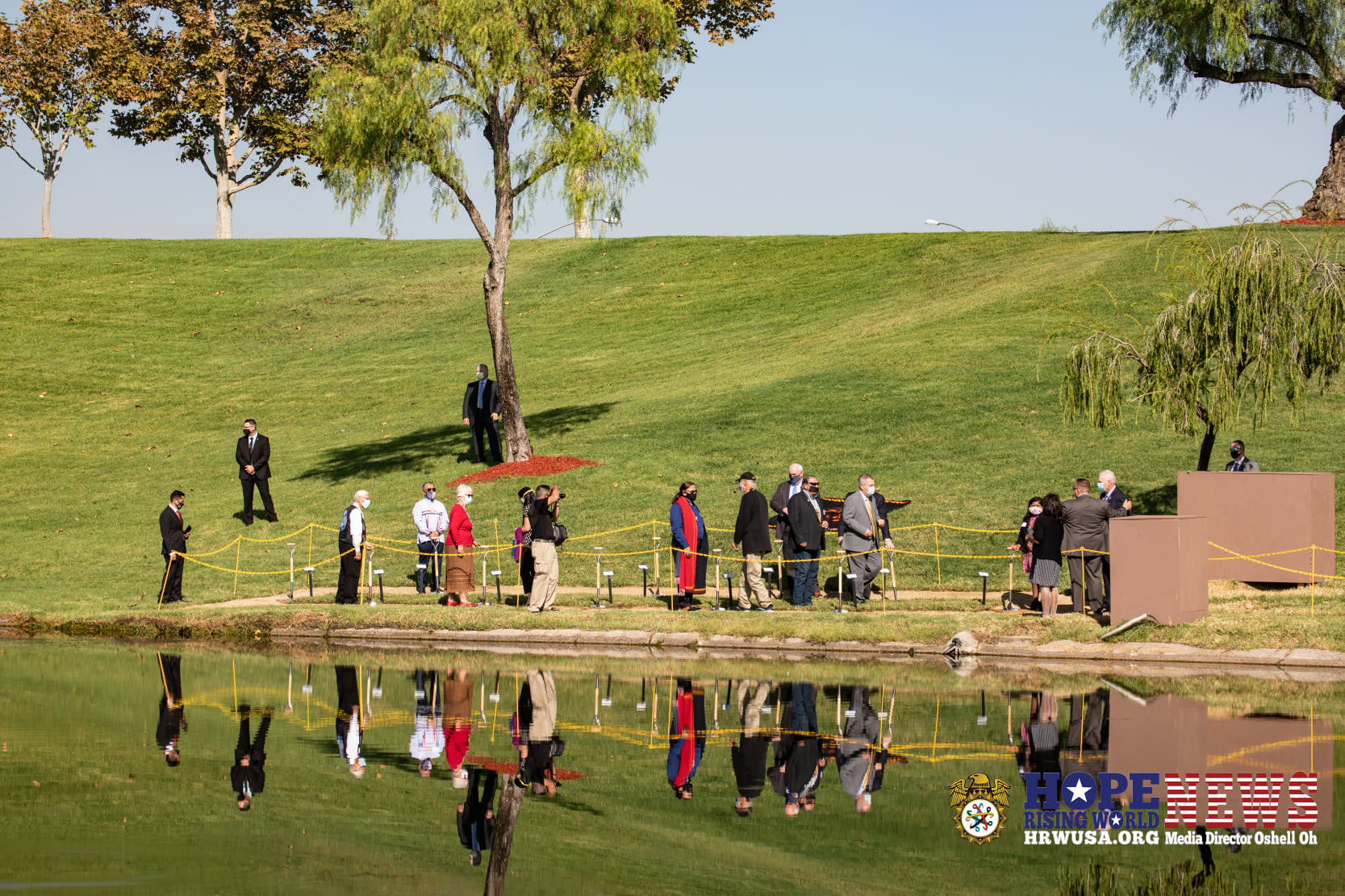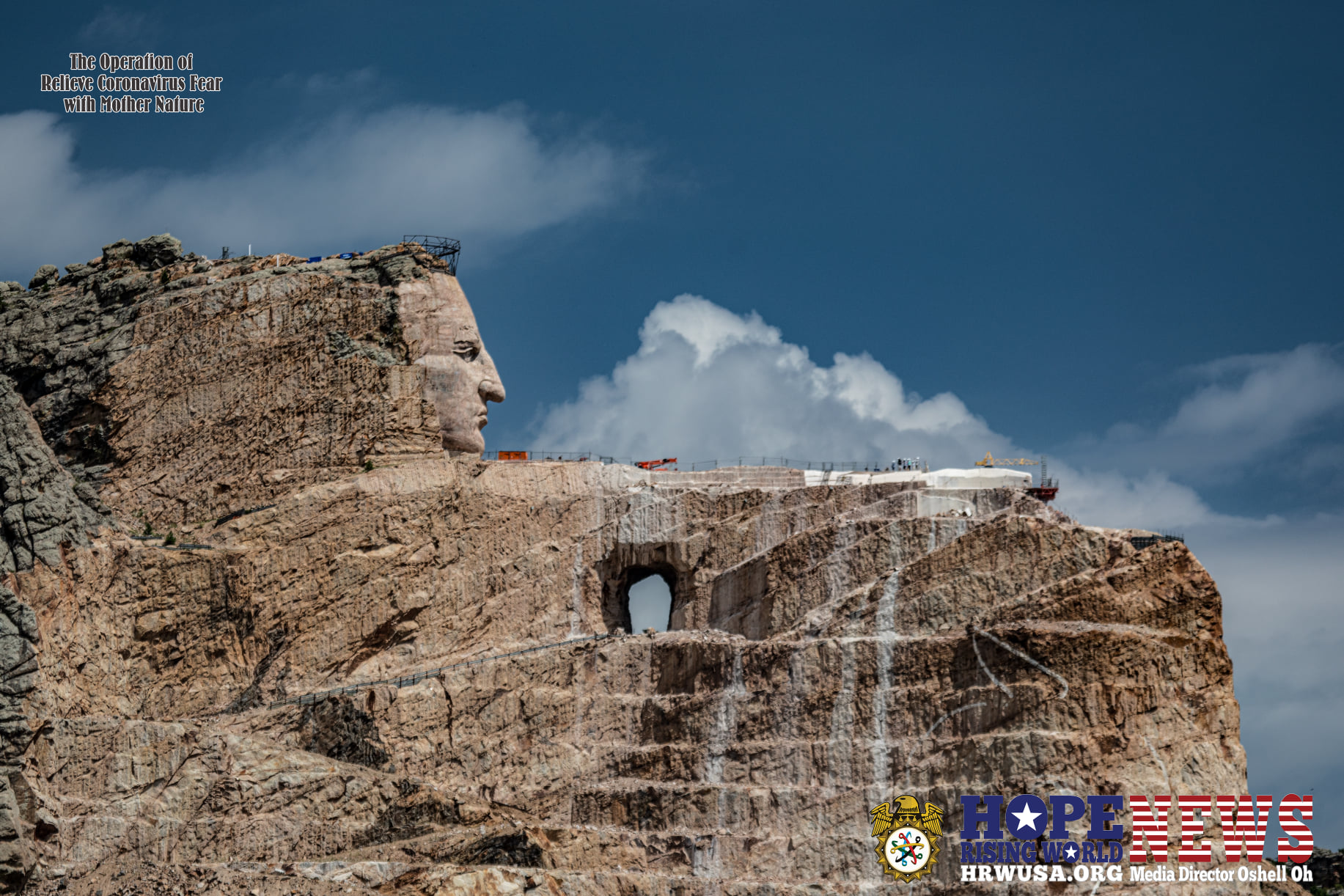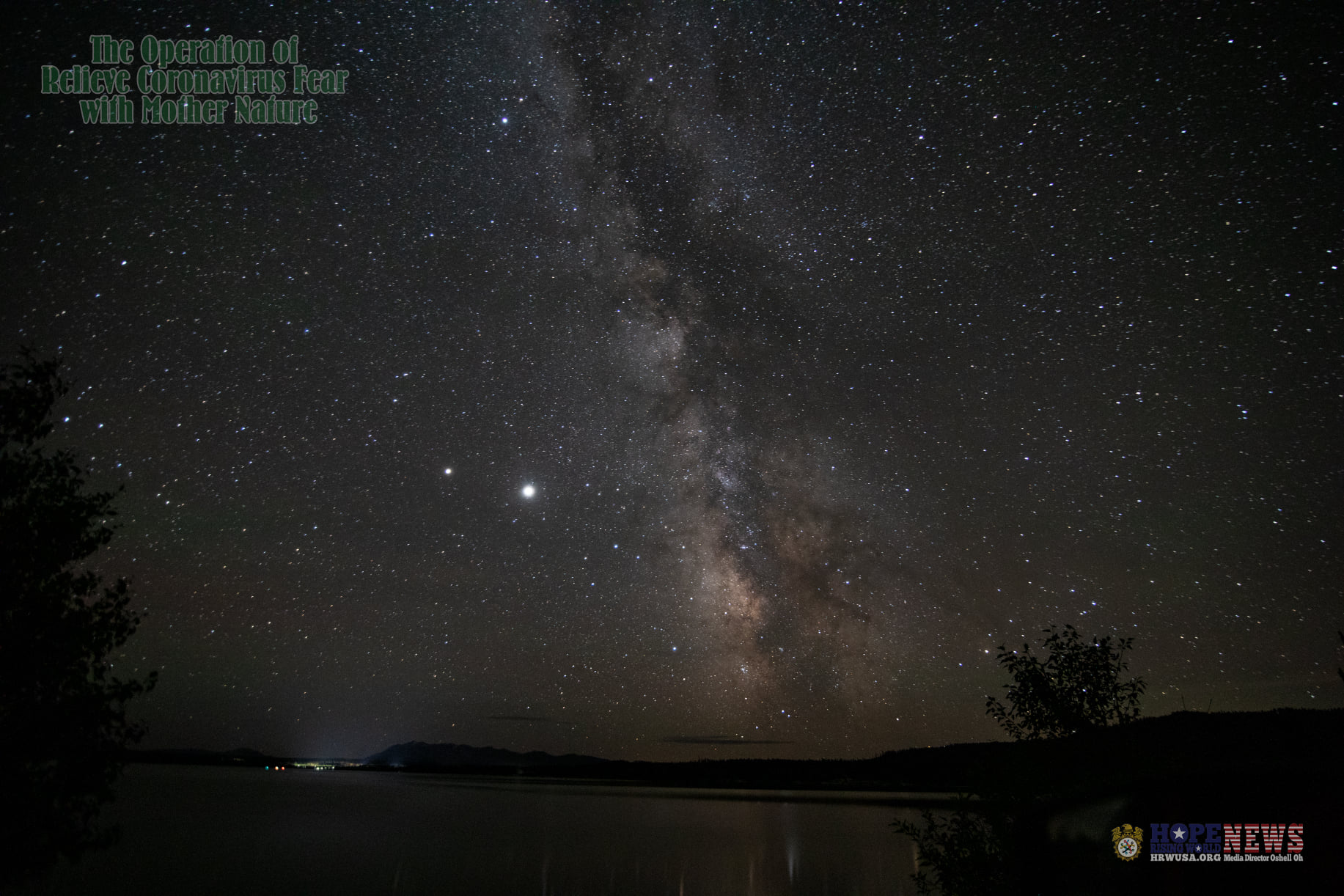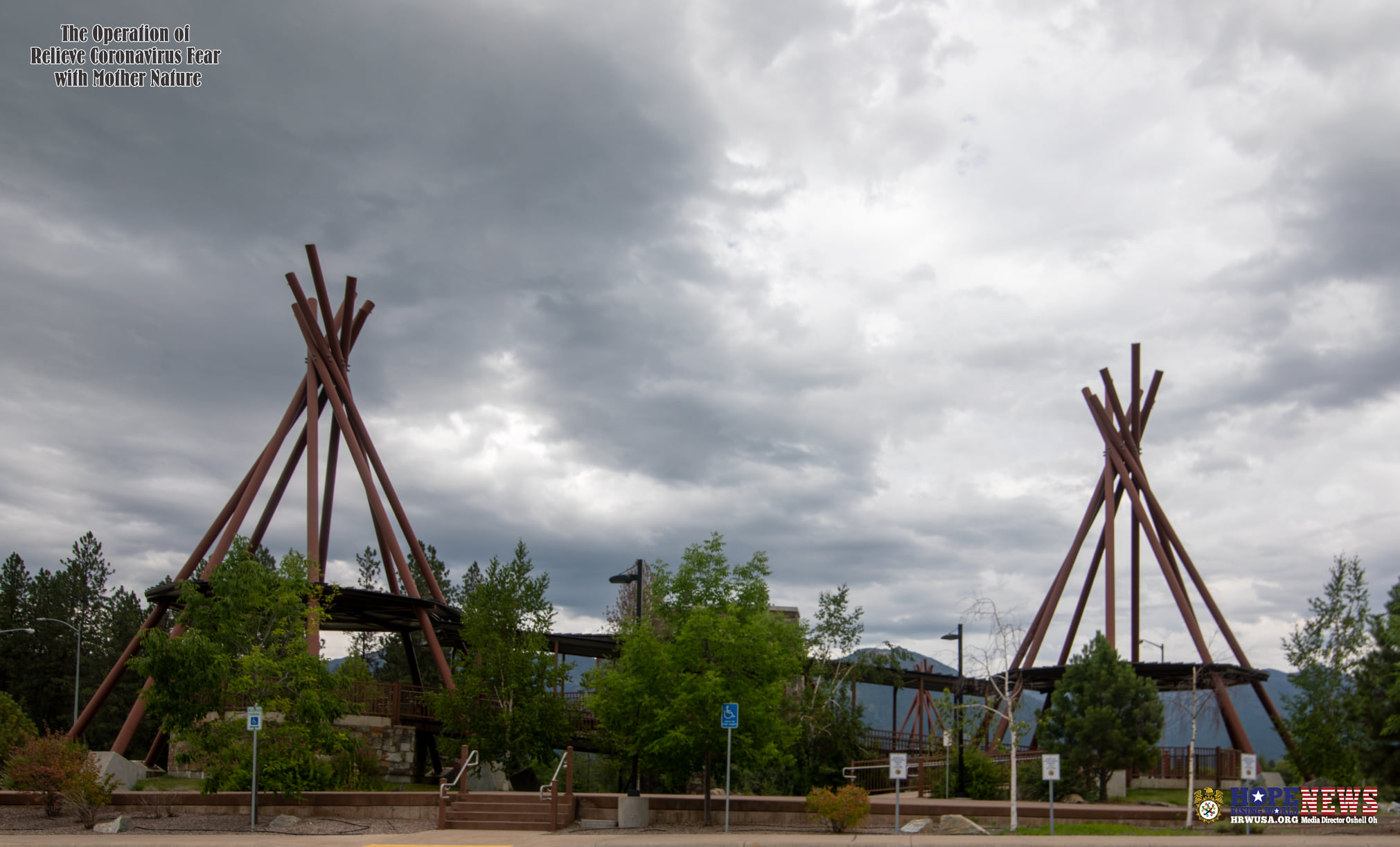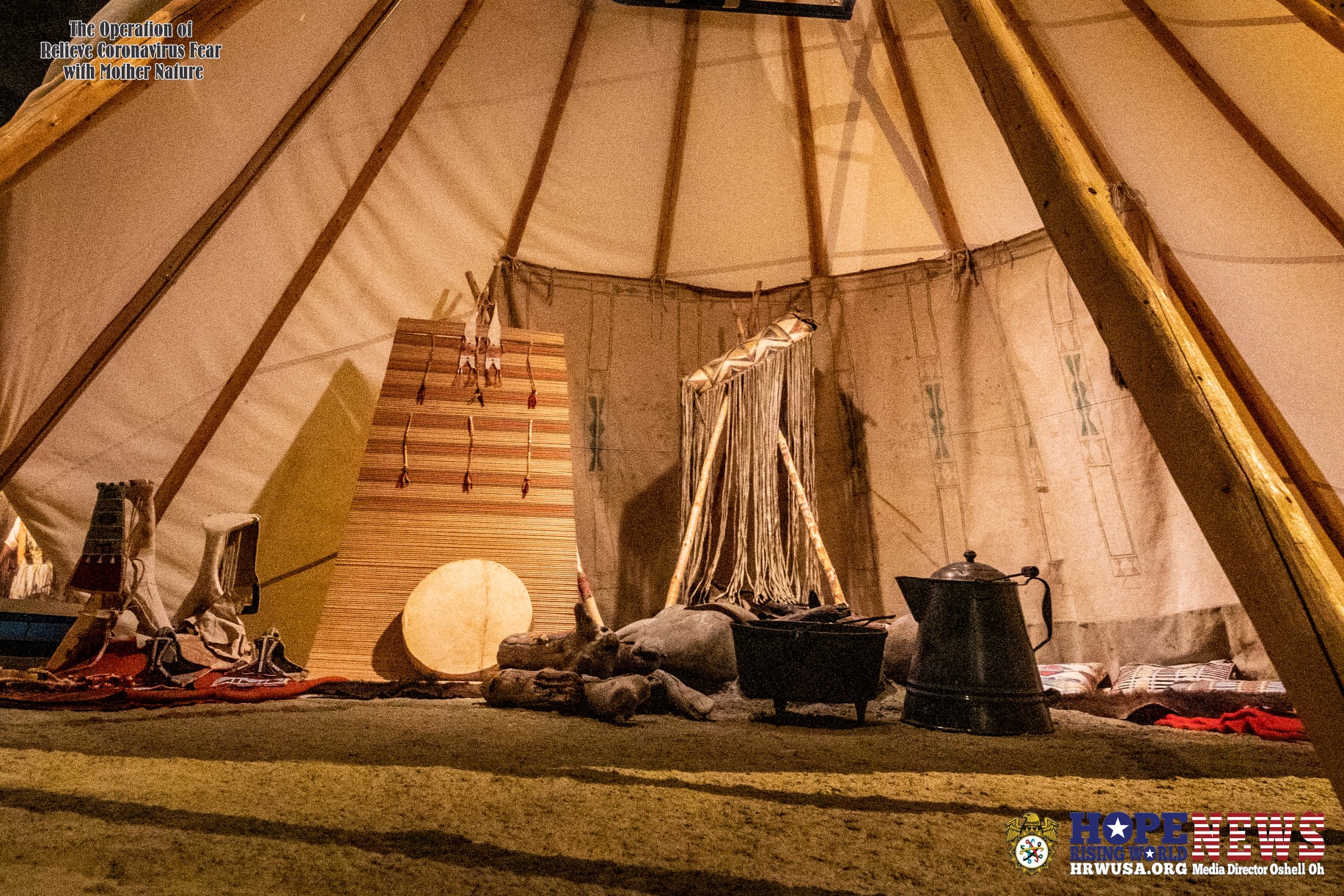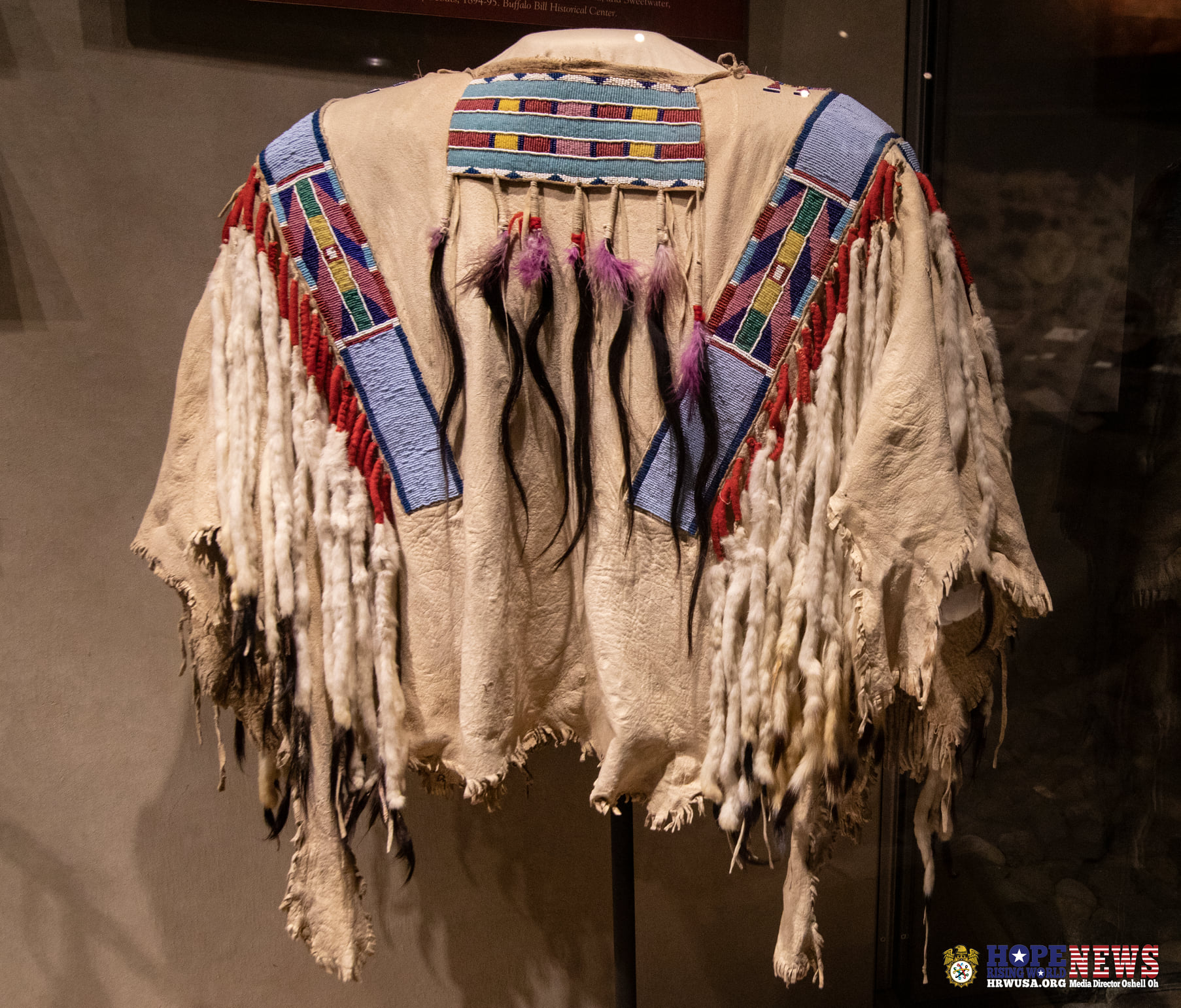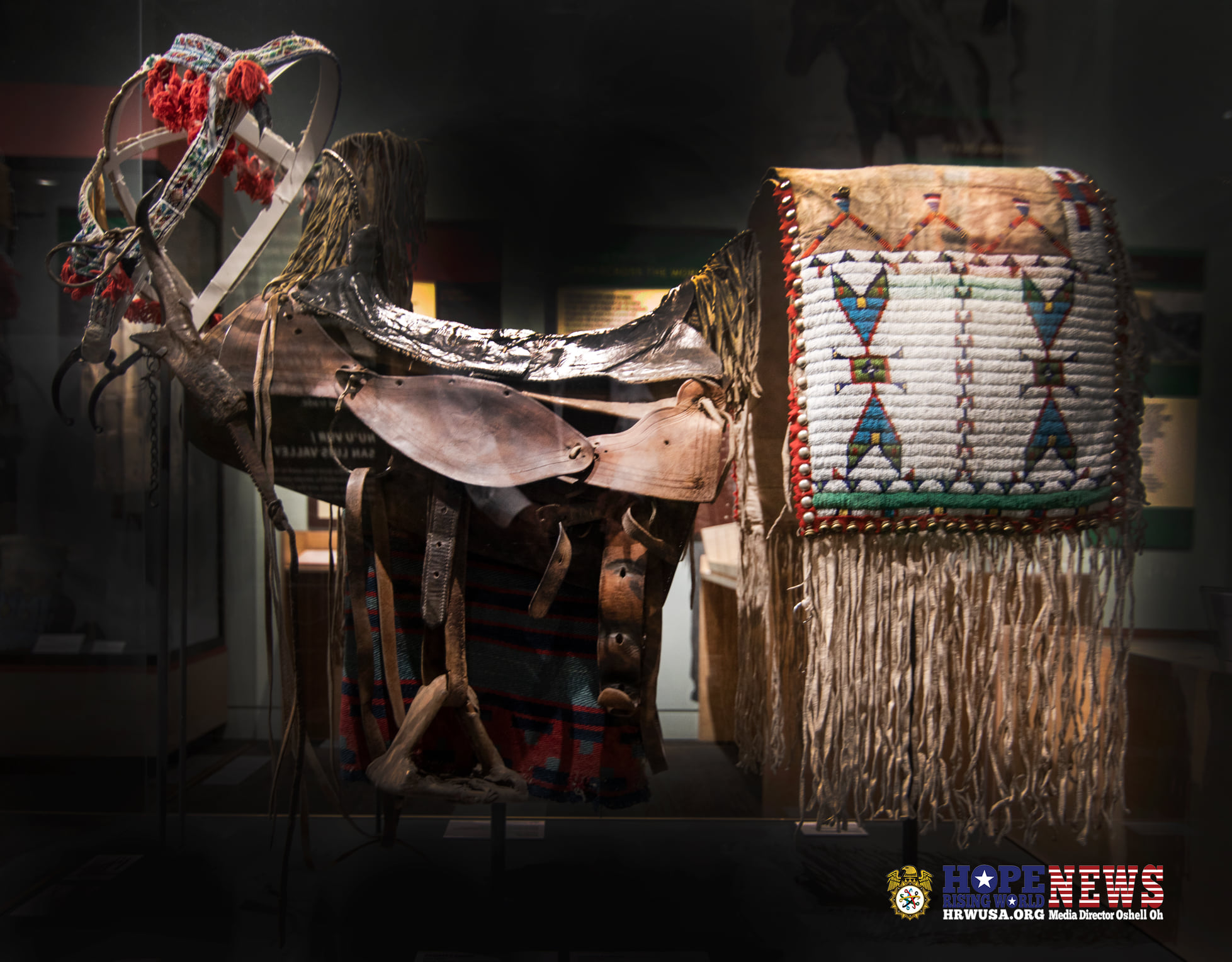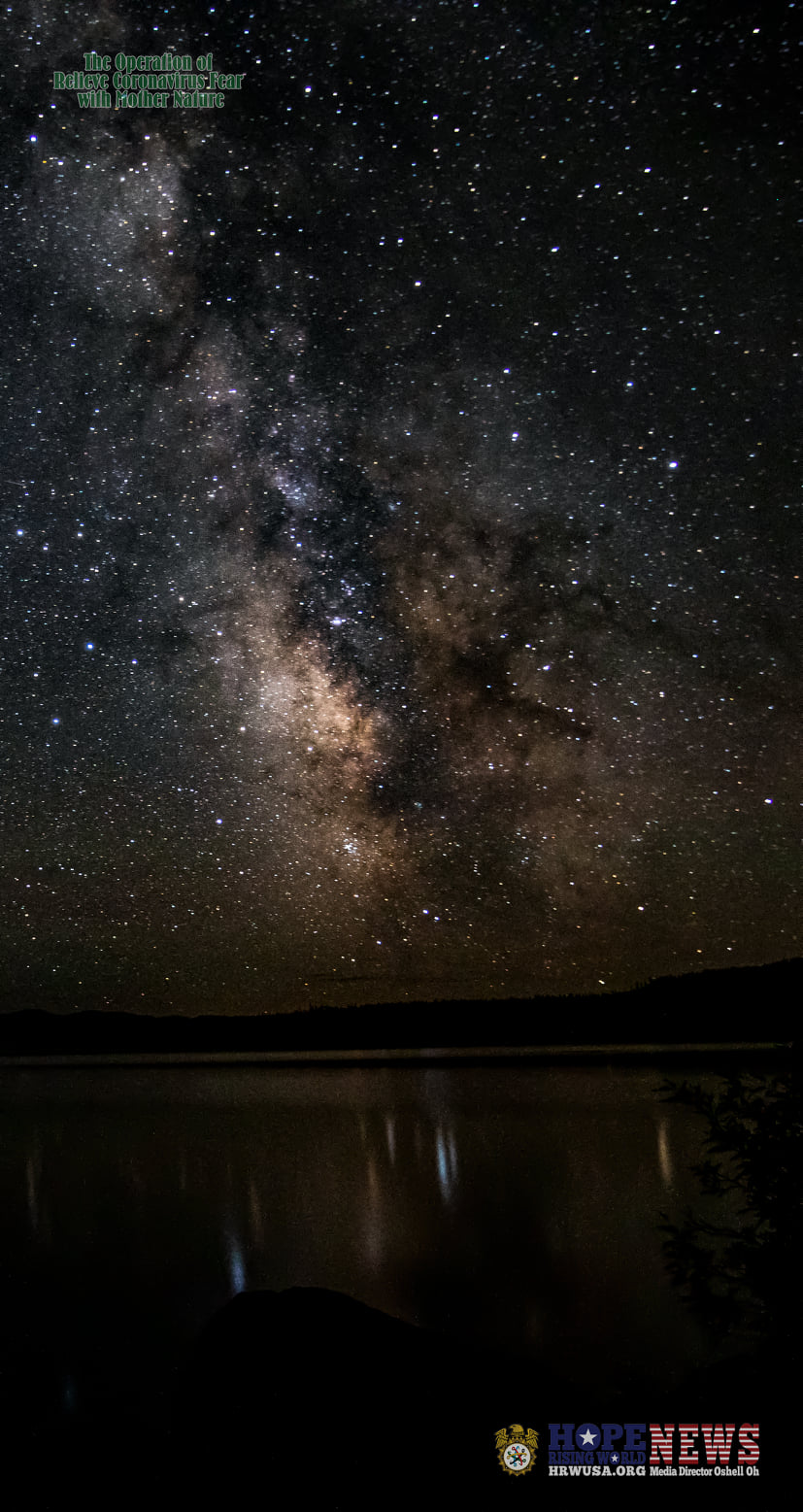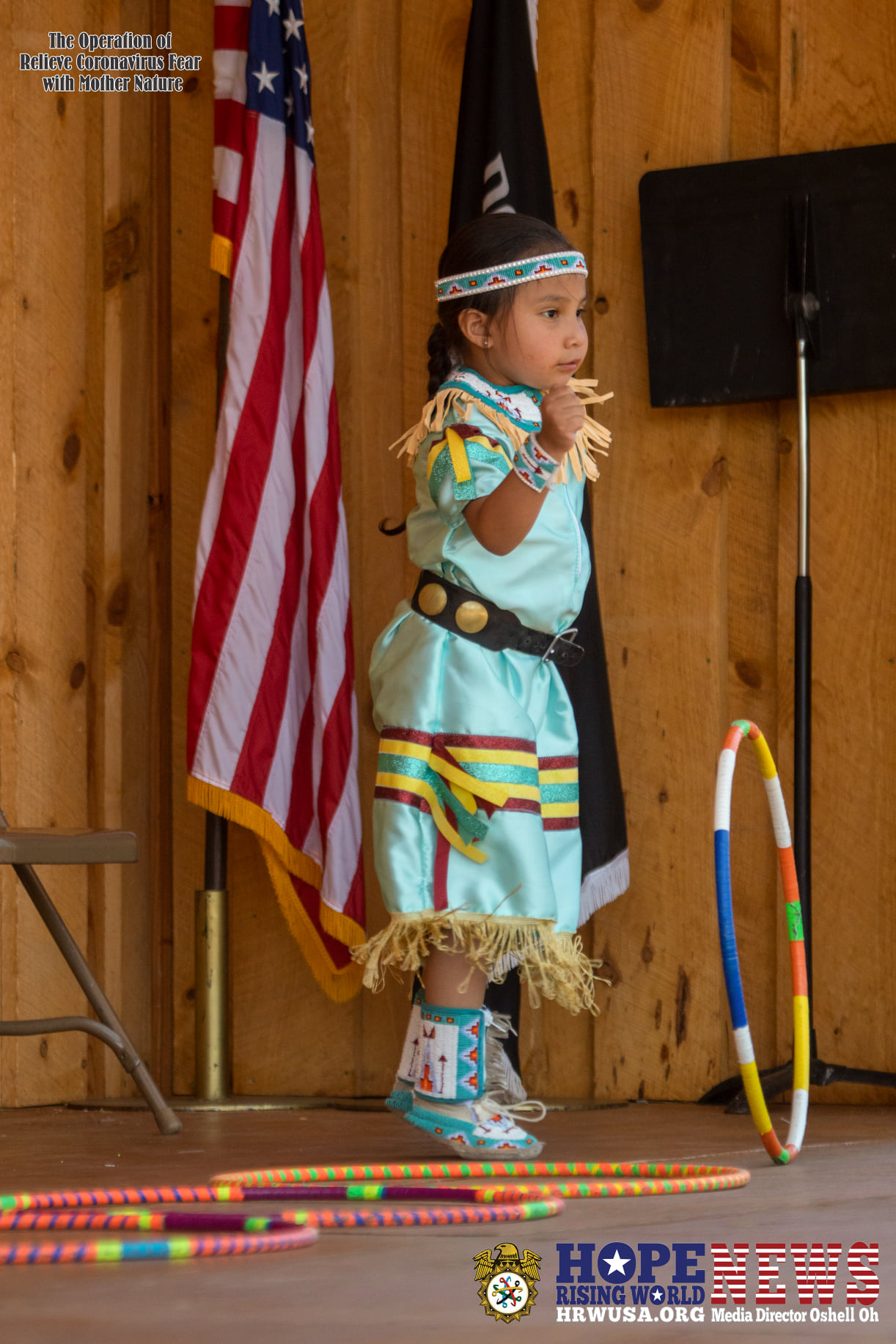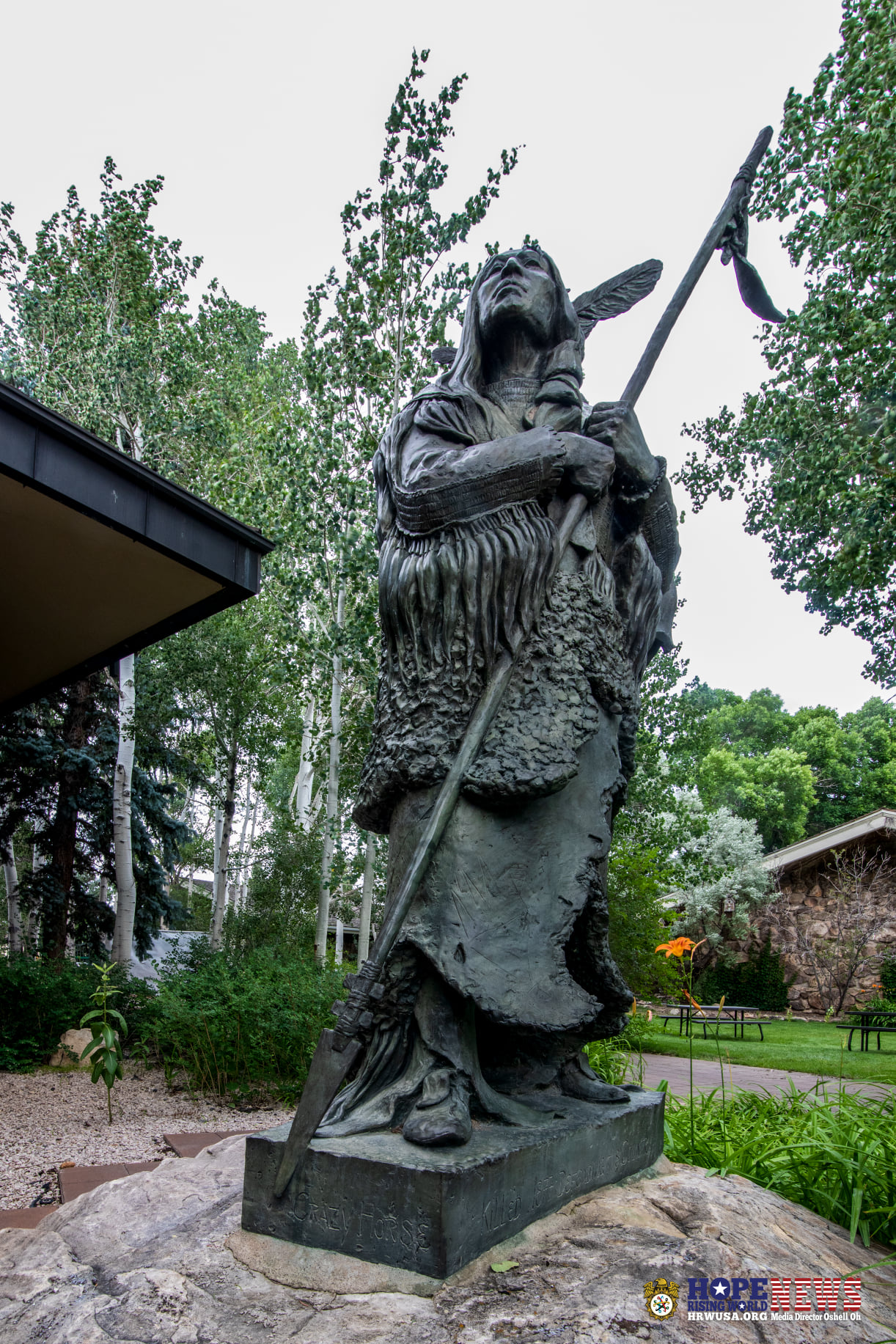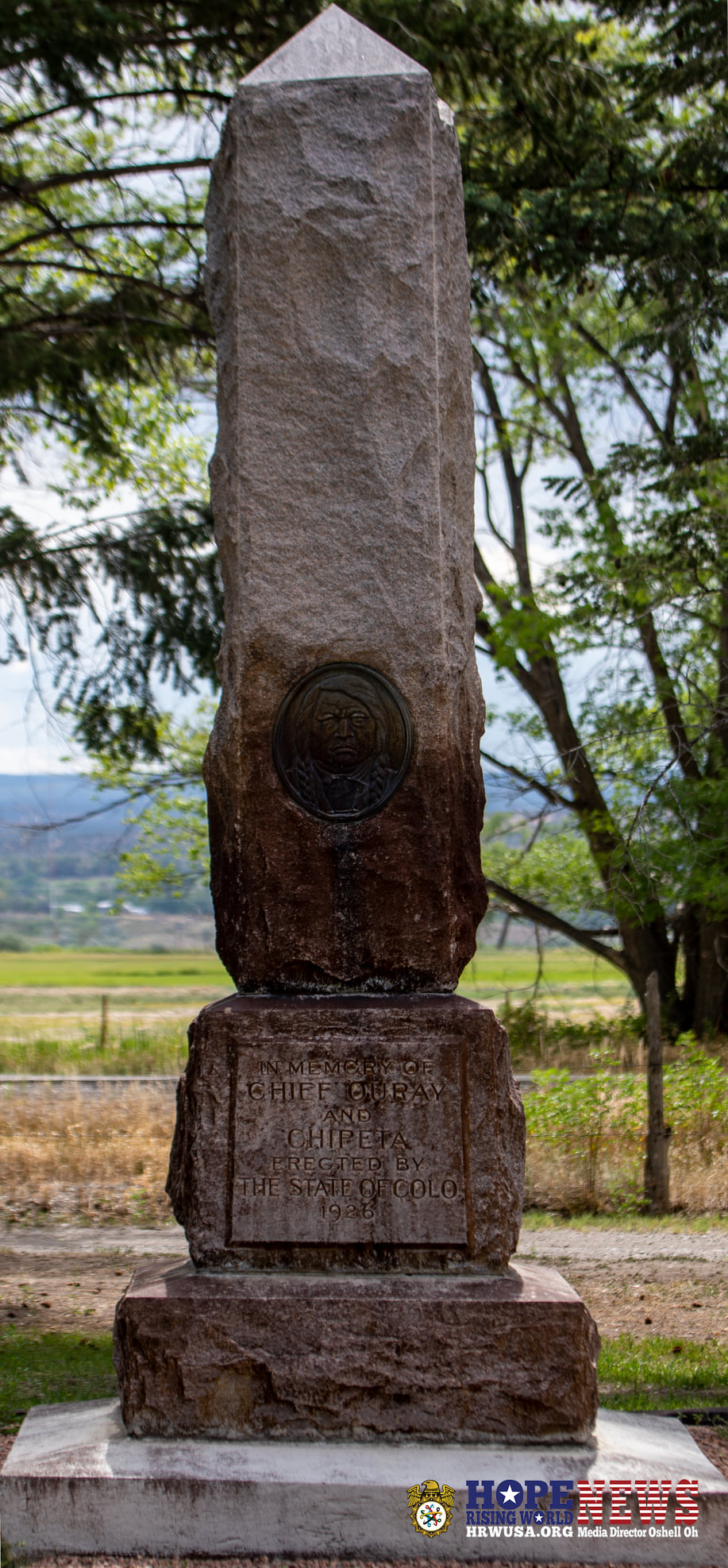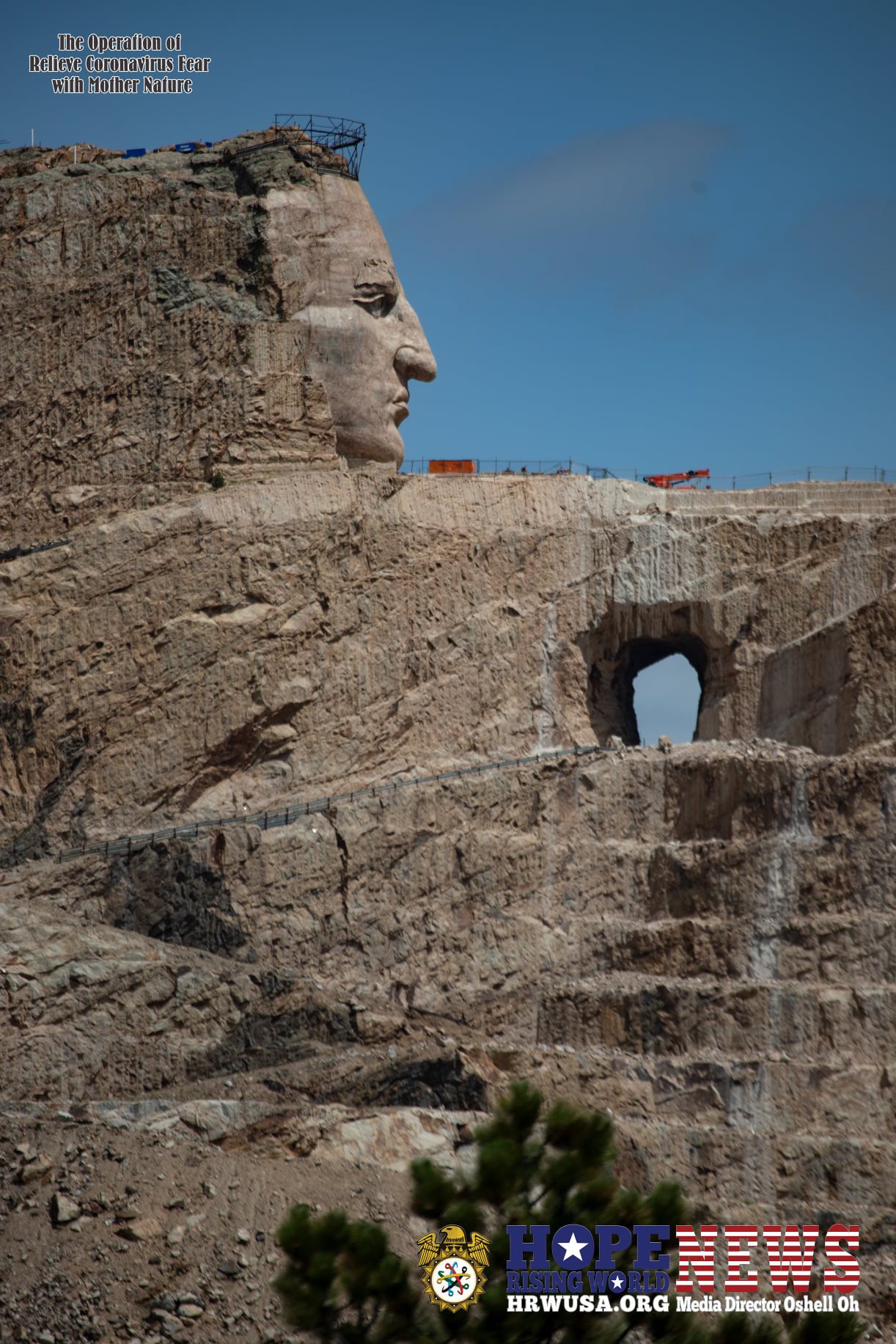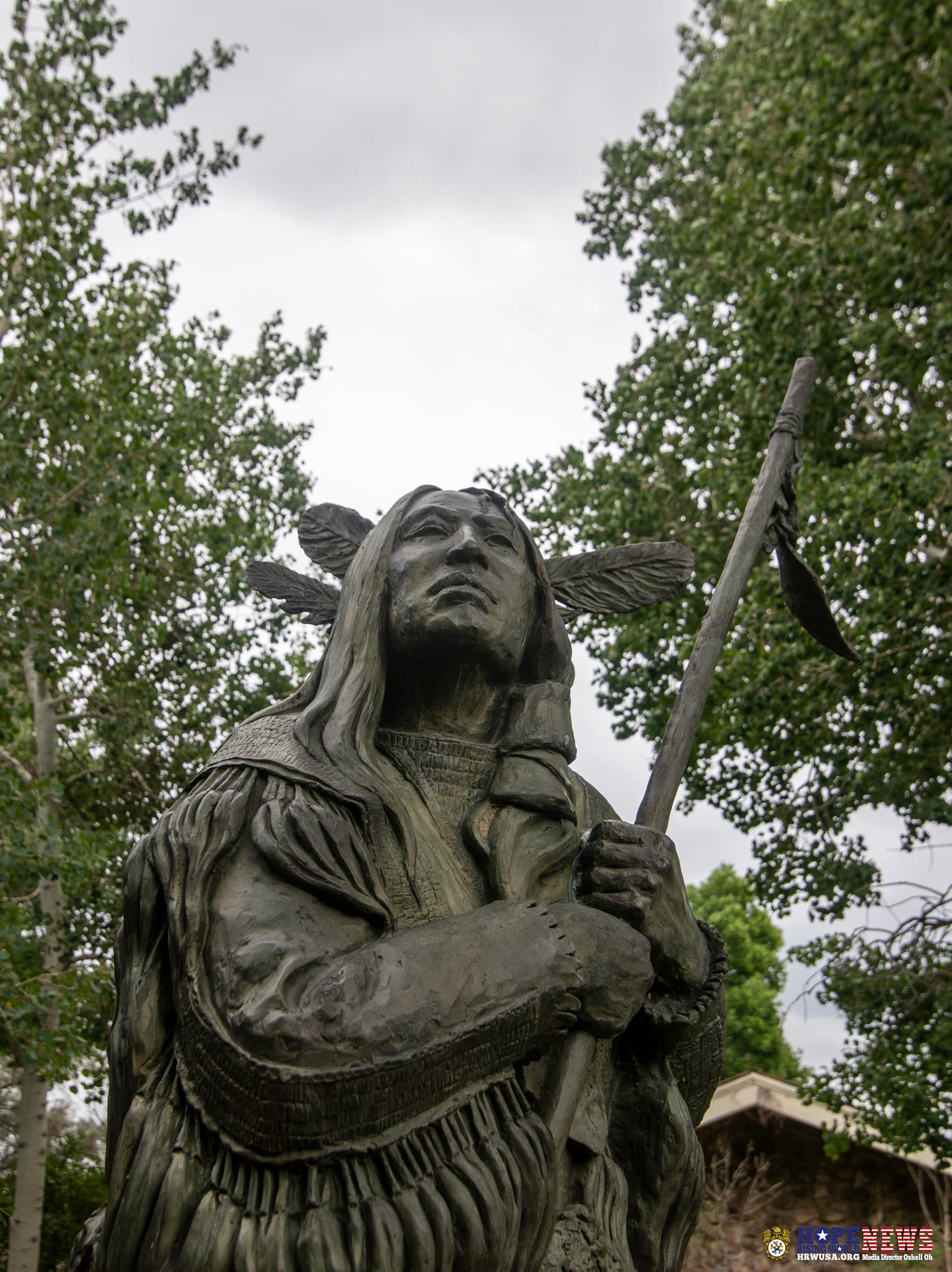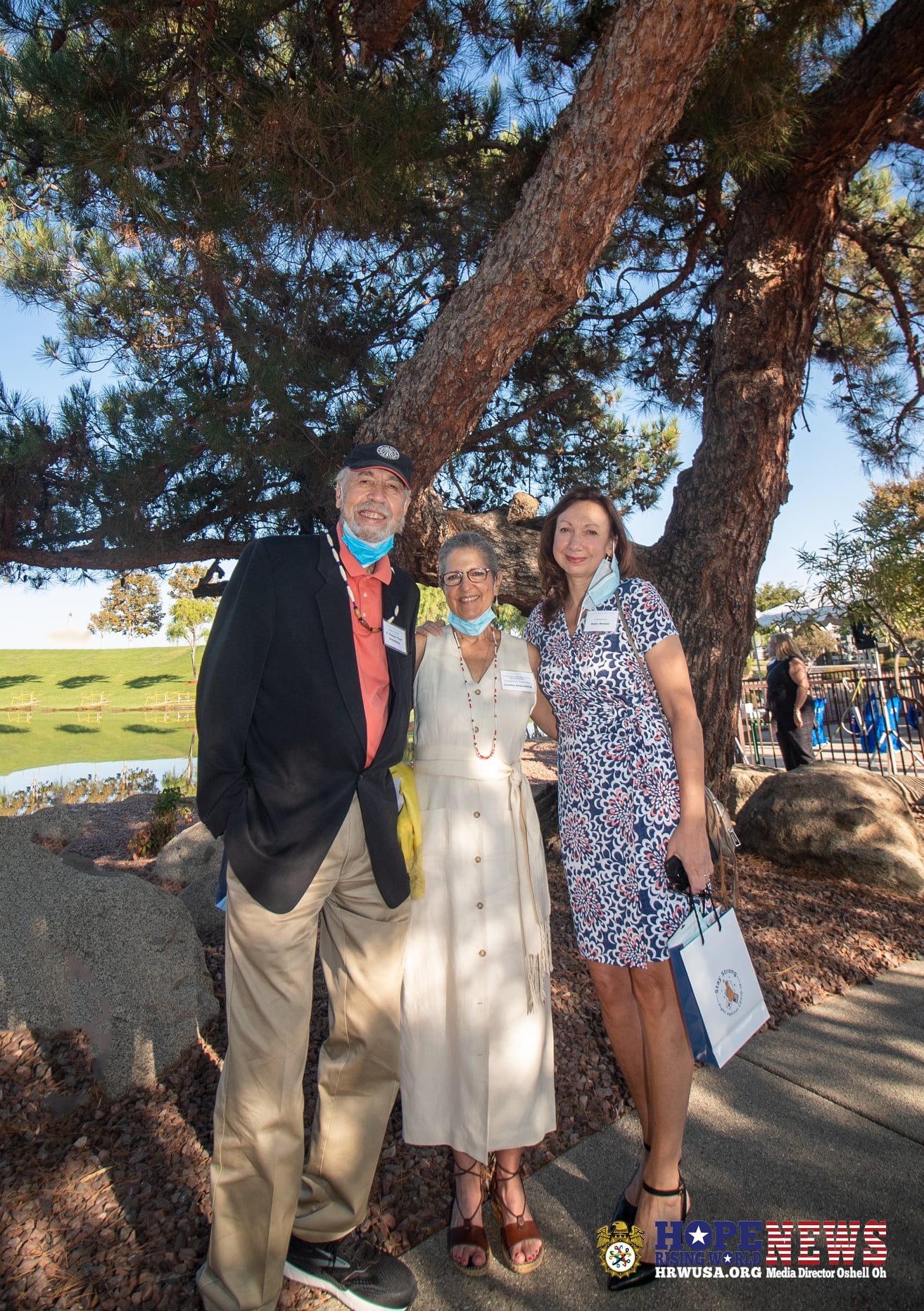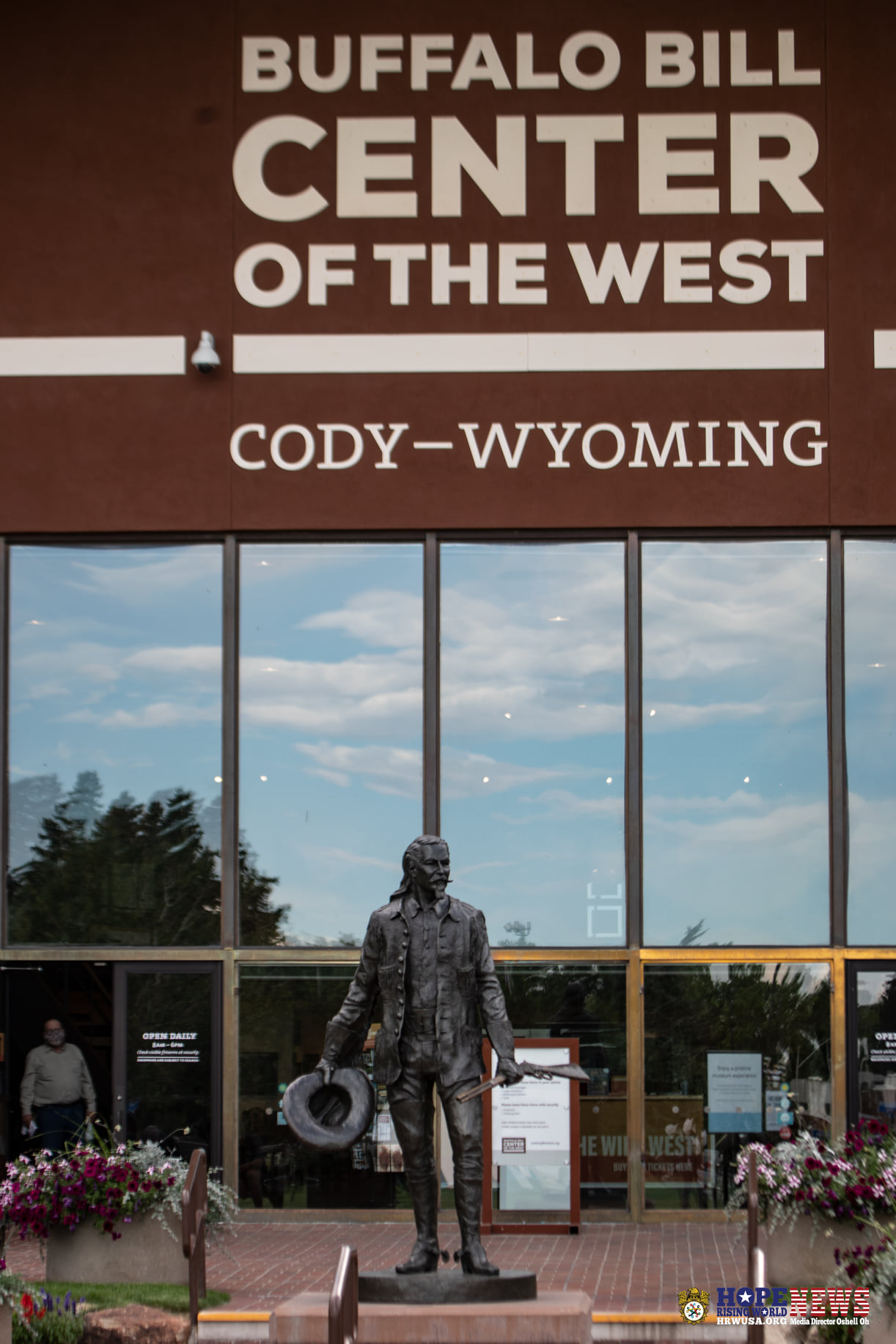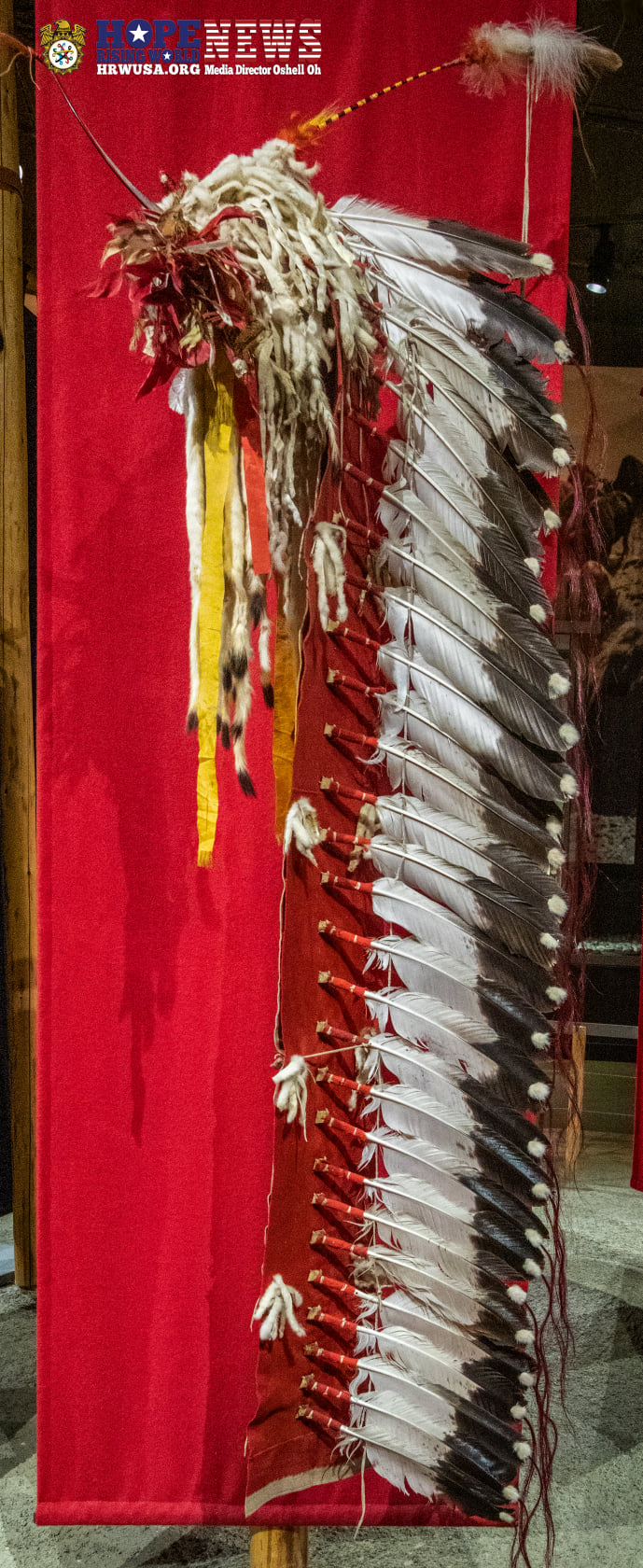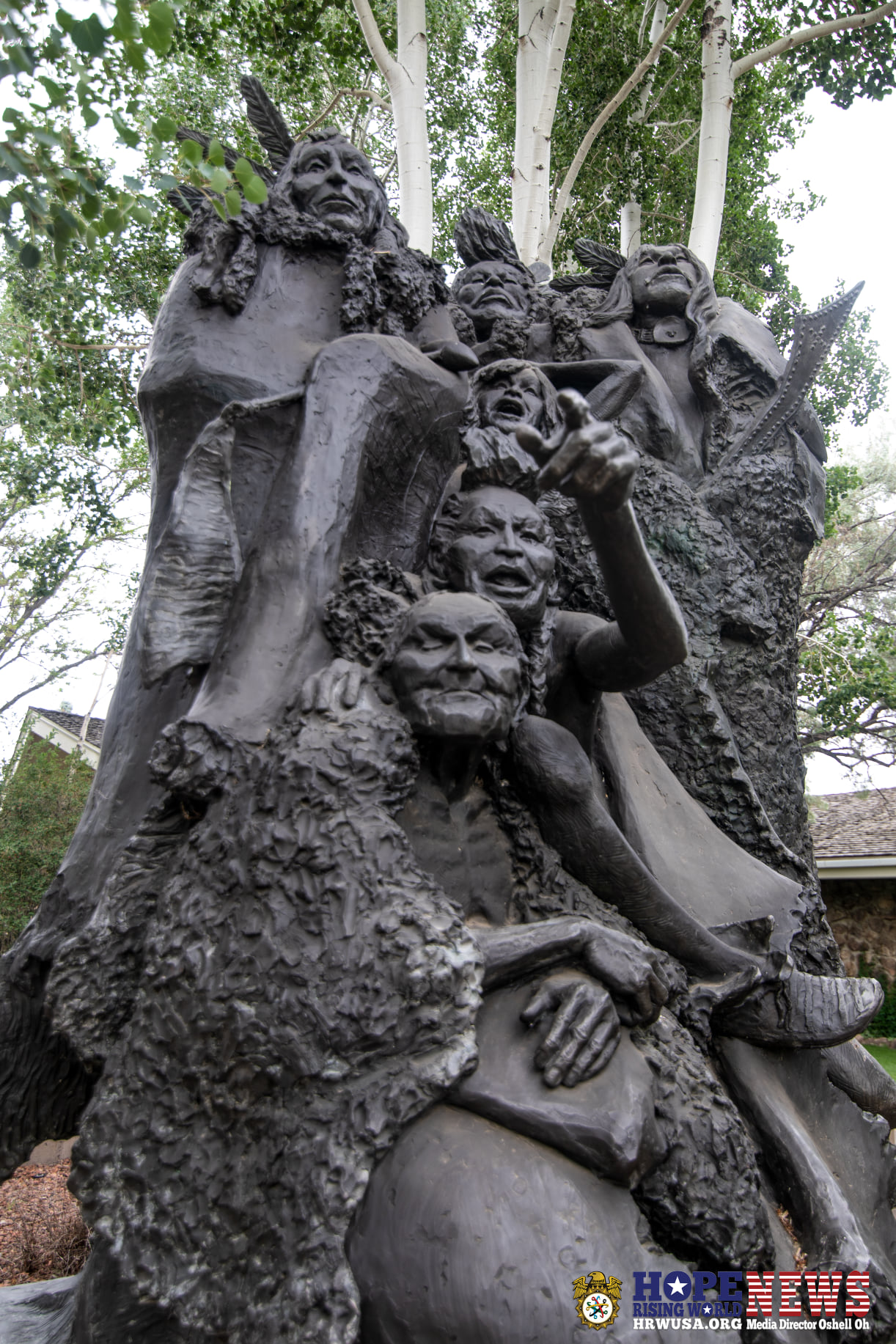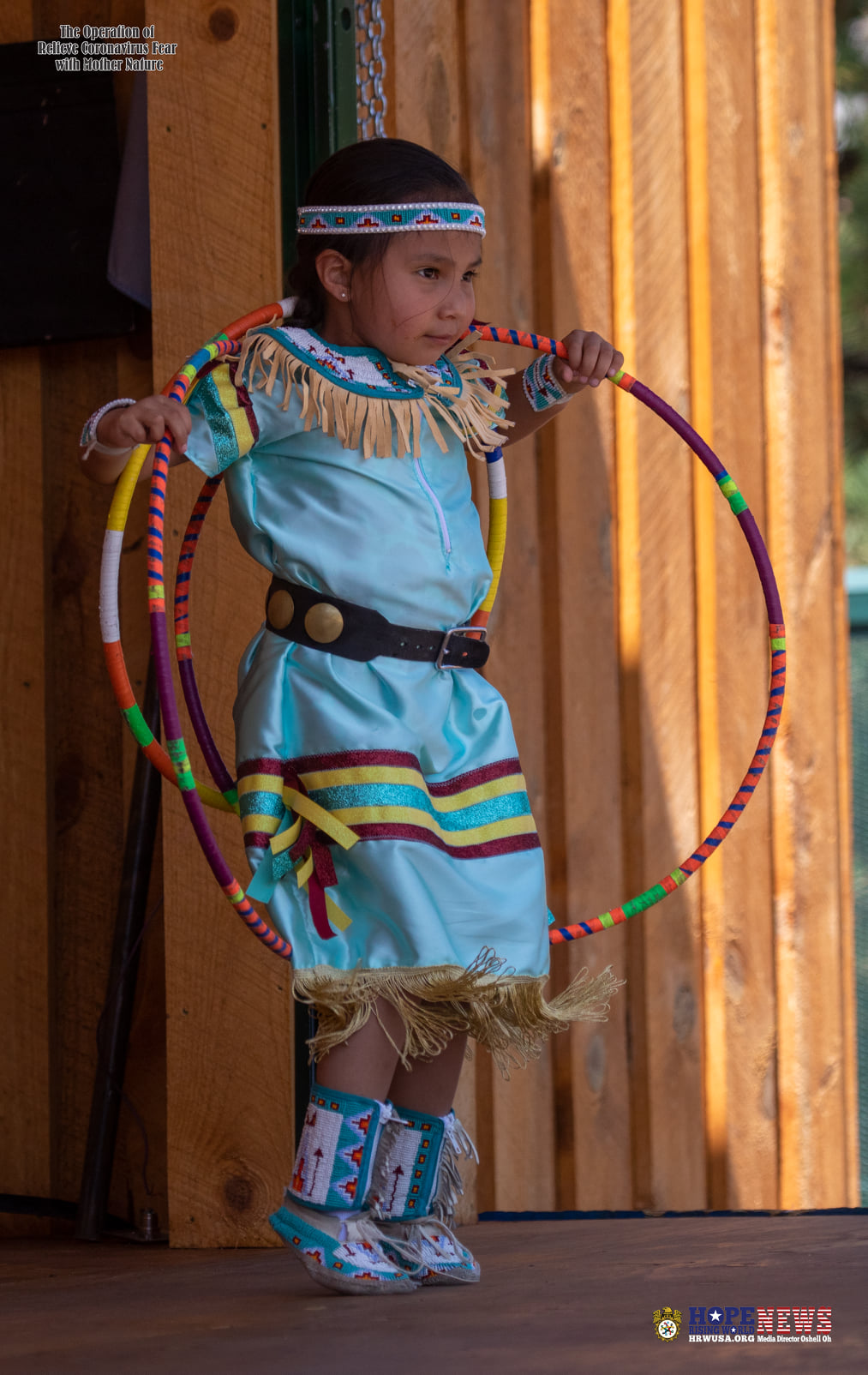Native American Patriotic Gallant Warriors' Historical Documentary
"The Gift"
Hope Rising World Media Dept. Director Oshell Oh
Researching Native American Patriotic
Gallant Warriors' Historical Documentary Story
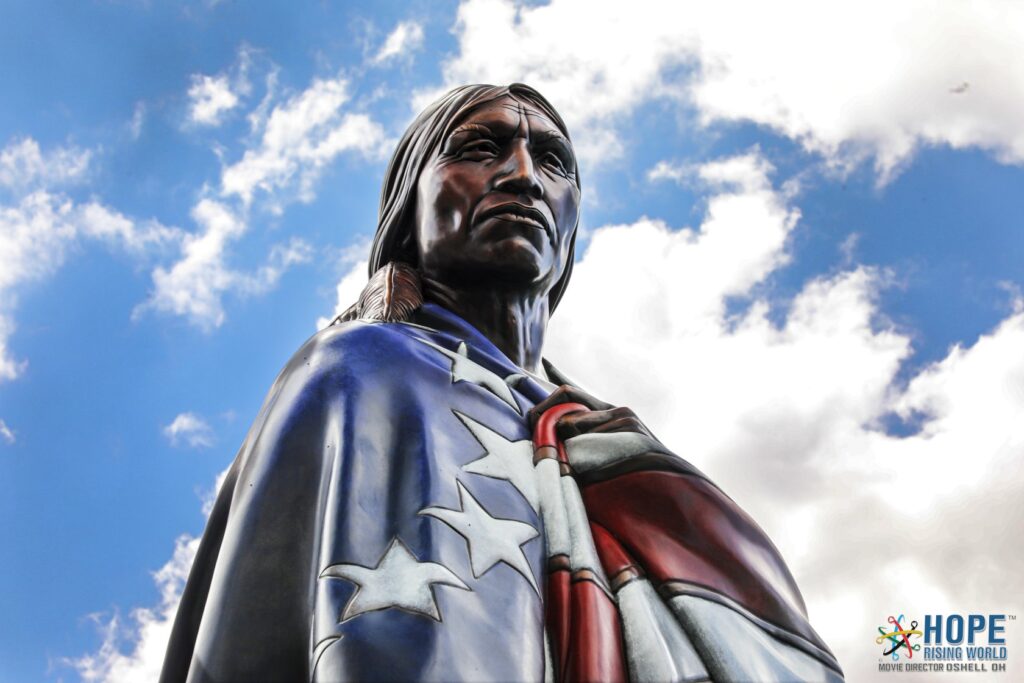

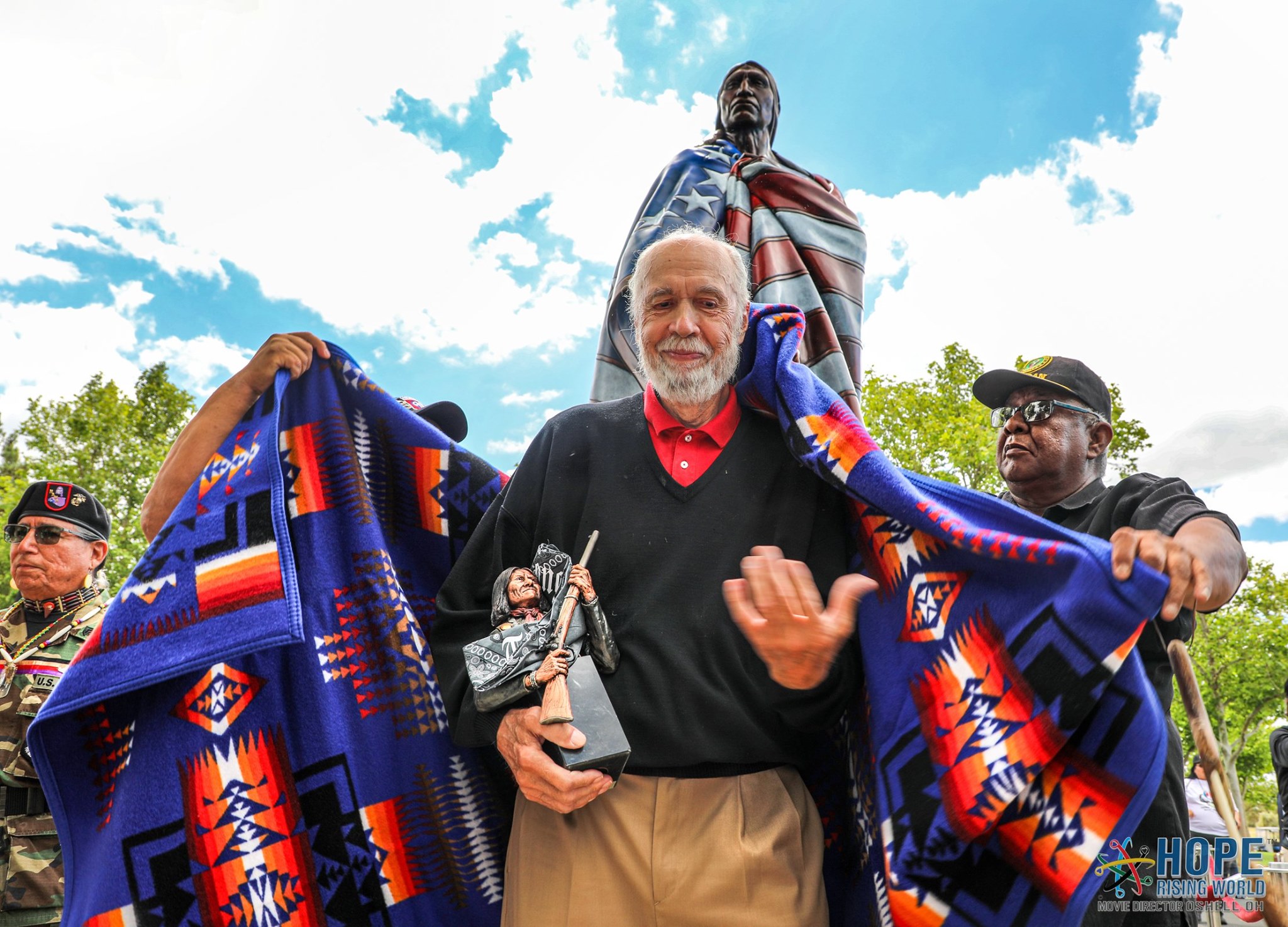
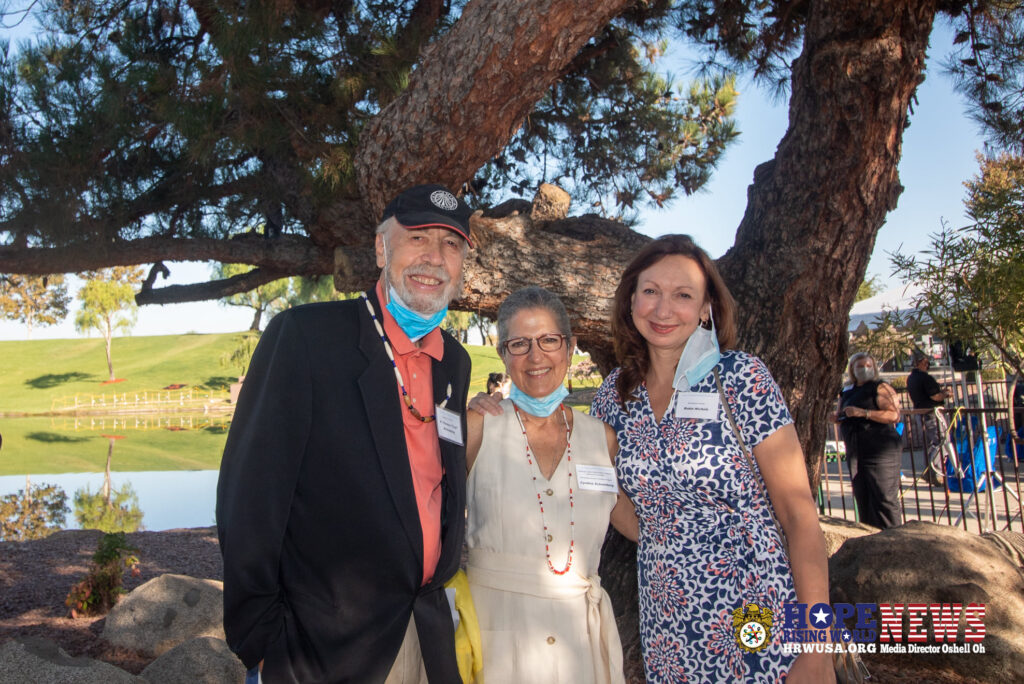
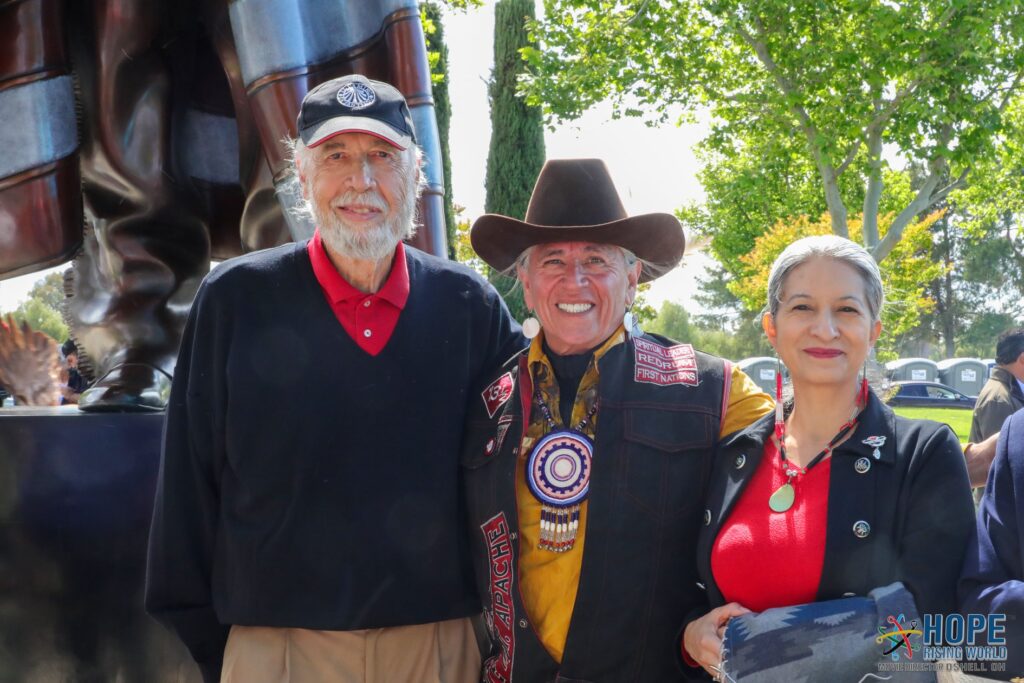
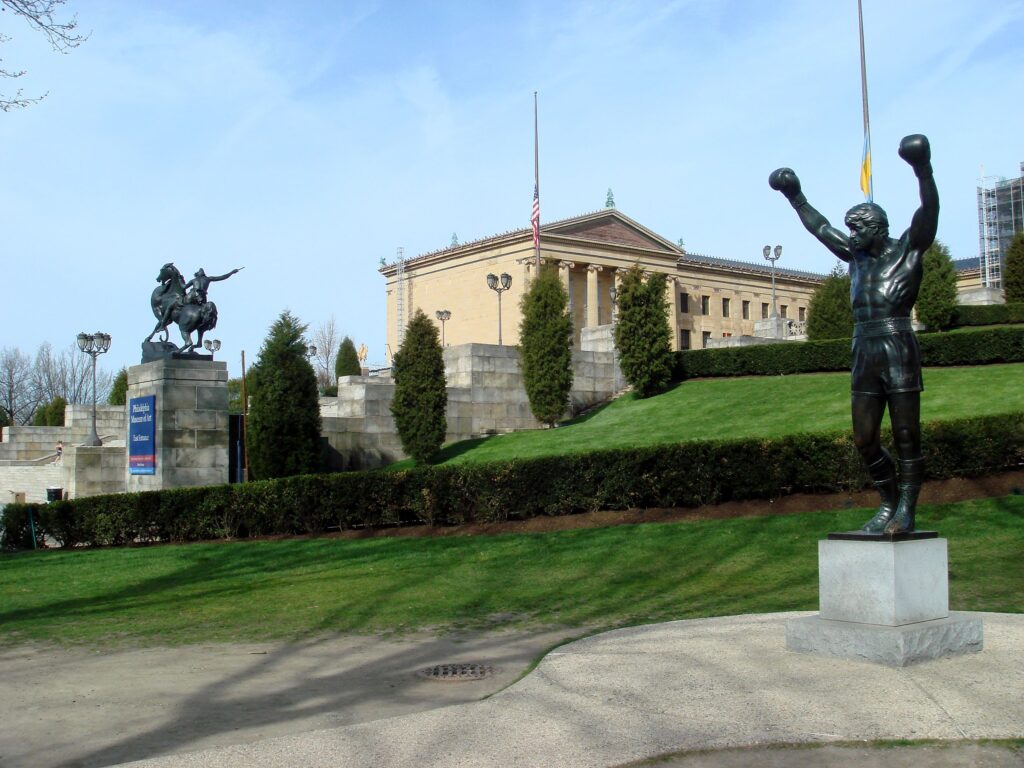
Rocky statue, situated just northeast of the Rocky Steps
In 1981, Sylvester Stallone commissioned Schomberg to create a bronze statue of Rocky Balboa. Three 2-ton, 10-foot copies were cast. One was installed atop the steps of the Philadelphia Museum of Art for the filming of Rocky III.


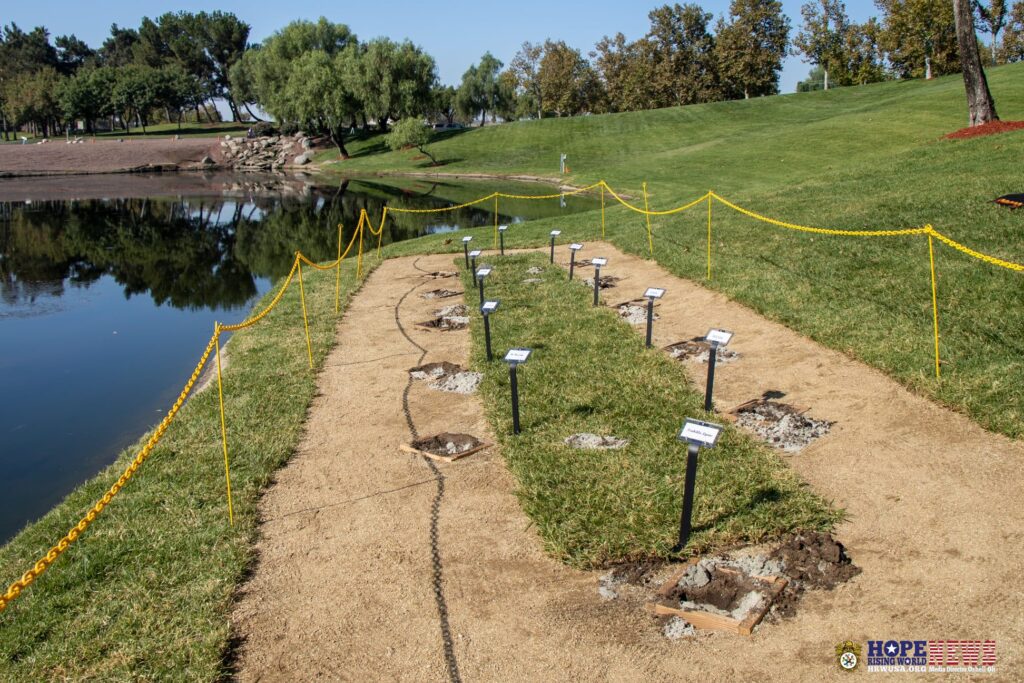
GROUNDBREAKING CEREMONY FOR THE AMERICAN INDIAN VETERANS MEMORIAL AT RIVERSIDE NATIONAL CEMETERY by Hope Rising World Media Dept. Director Oshell Oh

Crazy Horse Memorial
Photo by Oshell Oh at Custer County, South Dakota
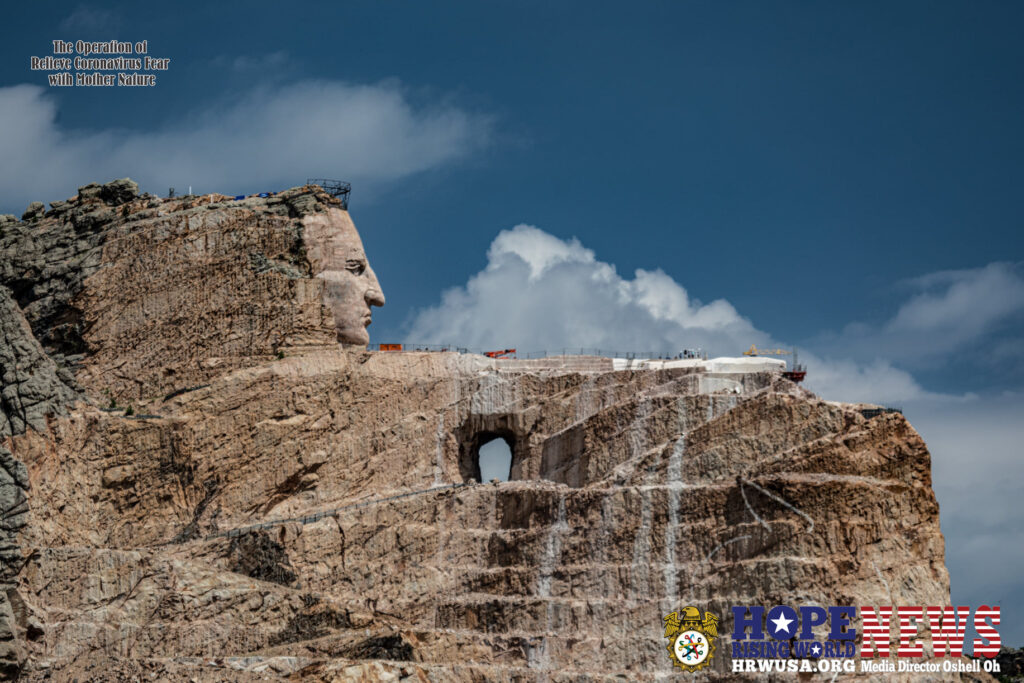
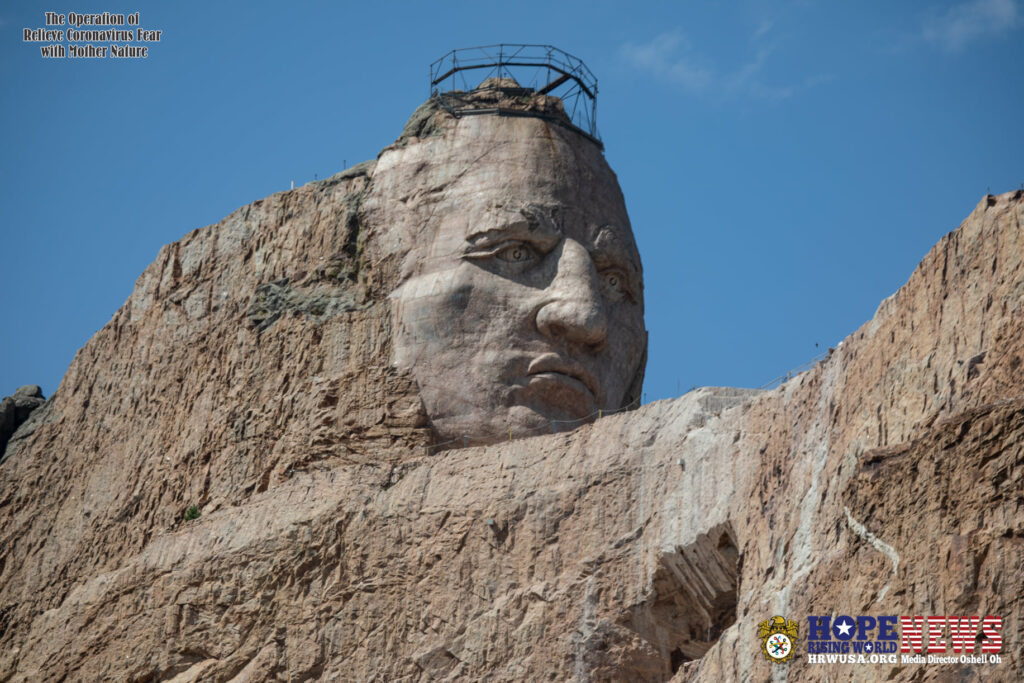
The Crazy Horse Memorial is a mountain monument under construction on privately held land in the Black Hills, in Custer County, South Dakota, United States. It will depict the Oglala Lakota warrior, Crazy Horse, riding a horse and pointing to his tribal land. The memorial was commissioned by Henry Standing Bear, a Lakota elder, to be sculpted by Korczak Ziolkowski. It is operated by the Crazy Horse Memorial Foundation, a nonprofit organization.
The memorial master plan includes the mountain carving monument, an Indian Museum of North America, and a Native American Cultural Center. The monument is being carved out of Thunderhead Mountain, on land considered sacred by some Oglala Lakota, between Custer and Hill City, roughly 17 miles (27 km) from Mount Rushmore. The sculpture’s final dimensions are planned to be 641 feet (195 m) long and 563 feet (172 m) high. The arm of Crazy Horse will be 263 feet (80 m) long and the head 87 feet (27 m) high; by comparison, the heads of the four U.S. Presidents at Mount Rushmore are each 60 feet (18 m) high.
The monument has been in progress since 1948 and is far from completion. If completed as designed, it will become the world’s second tallest statue, after the Statue of Unity. from Wikipedia
Crazy Spirit at Crazy Horse Memorial
at Buffalo Bill Center of the West | Museum in Cody, WY

HRW News Media Director Oshell Oh with a Great Native American Folk Singer Crazy Spirit
at Crazy Horse Memorial, Custer County, South Dakota

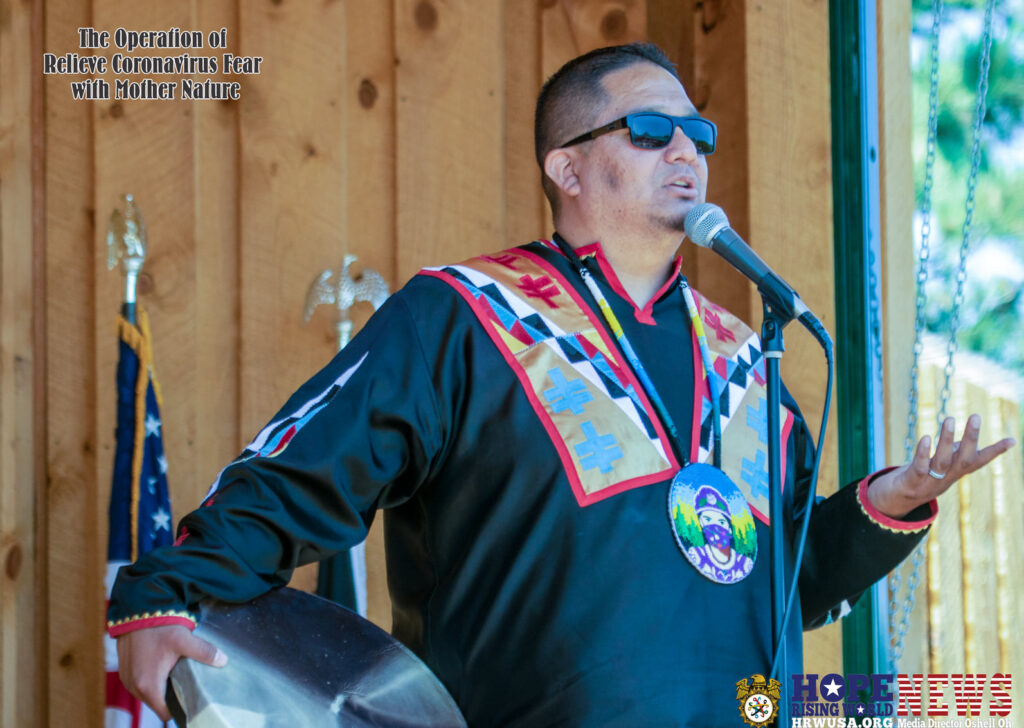
HRW News Media Director Oshell Oh interview with a Great Native American Folk Singer Crazy Spirit
at Crazy Horse Memorial, Custer County, South Dakota
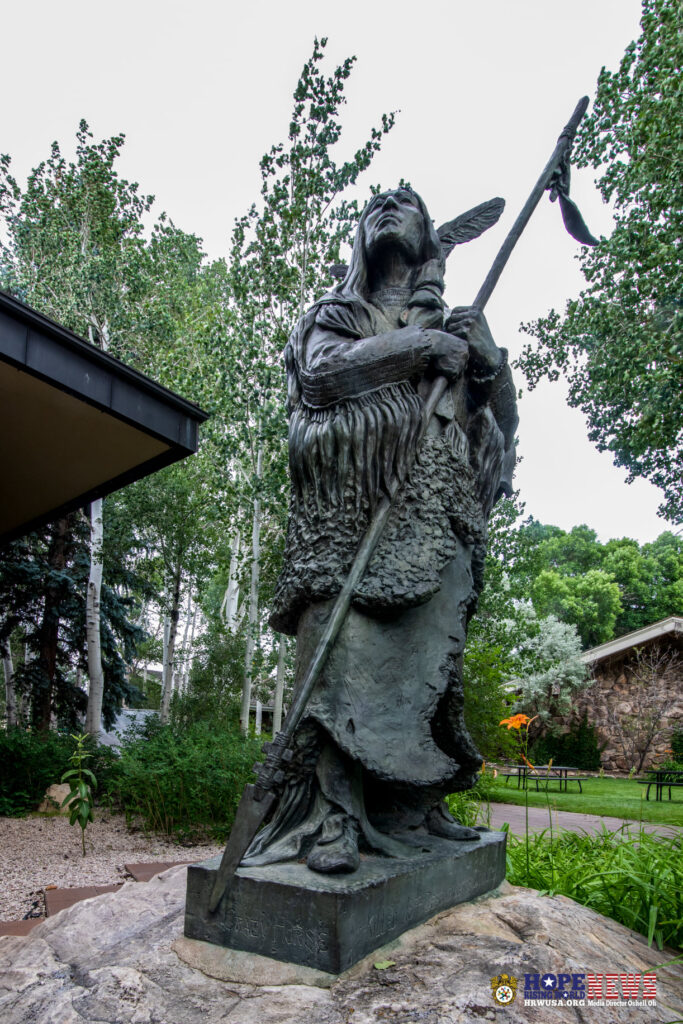
Crazy Horse was a Native American war leader of the Oglala Lakota. He took up arms against the U.S. Federal government to fight against encroachments on the territories and way of life of the Lakota people. His most famous actions against the U.S. military included the Fetterman Fight (21 December 1866) and the Battle of the Little Bighorn (25–26 June 1876). He surrendered to U.S. troops under General Crook in May 1877 and was fatally wounded by a military guard, allegedly while resisting imprisonment at Camp Robinson in present-day Nebraska. He ranks among the most notable and iconic of Native American tribal members and was honored by the U.S. Postal Service in 1982 with a 13¢ postage stamp that is part of its Great Americans series. *from Wikipedia
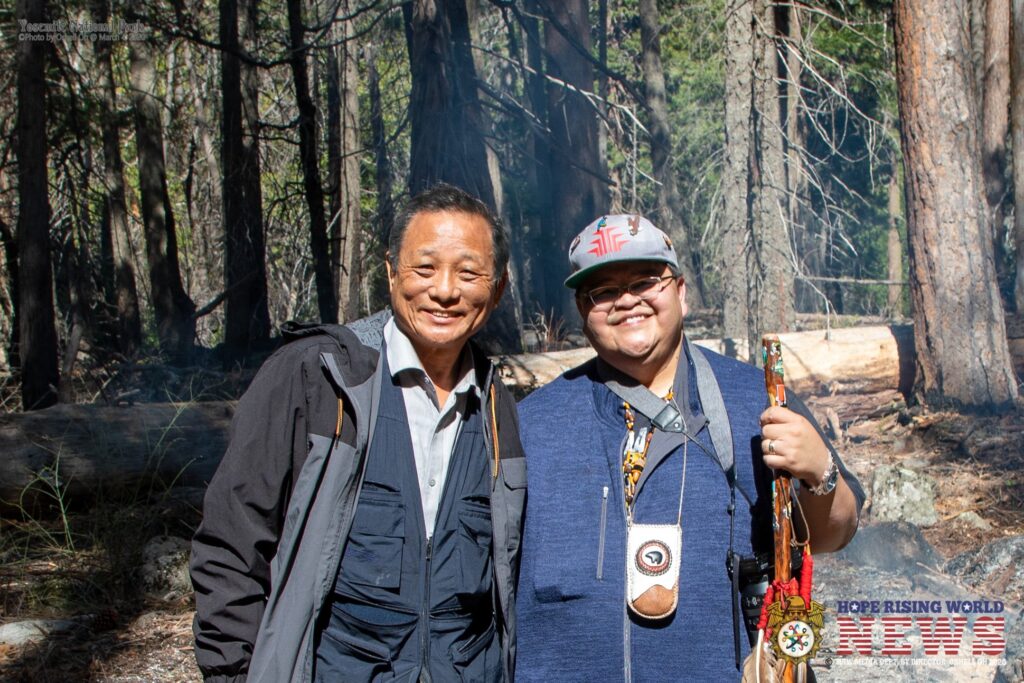
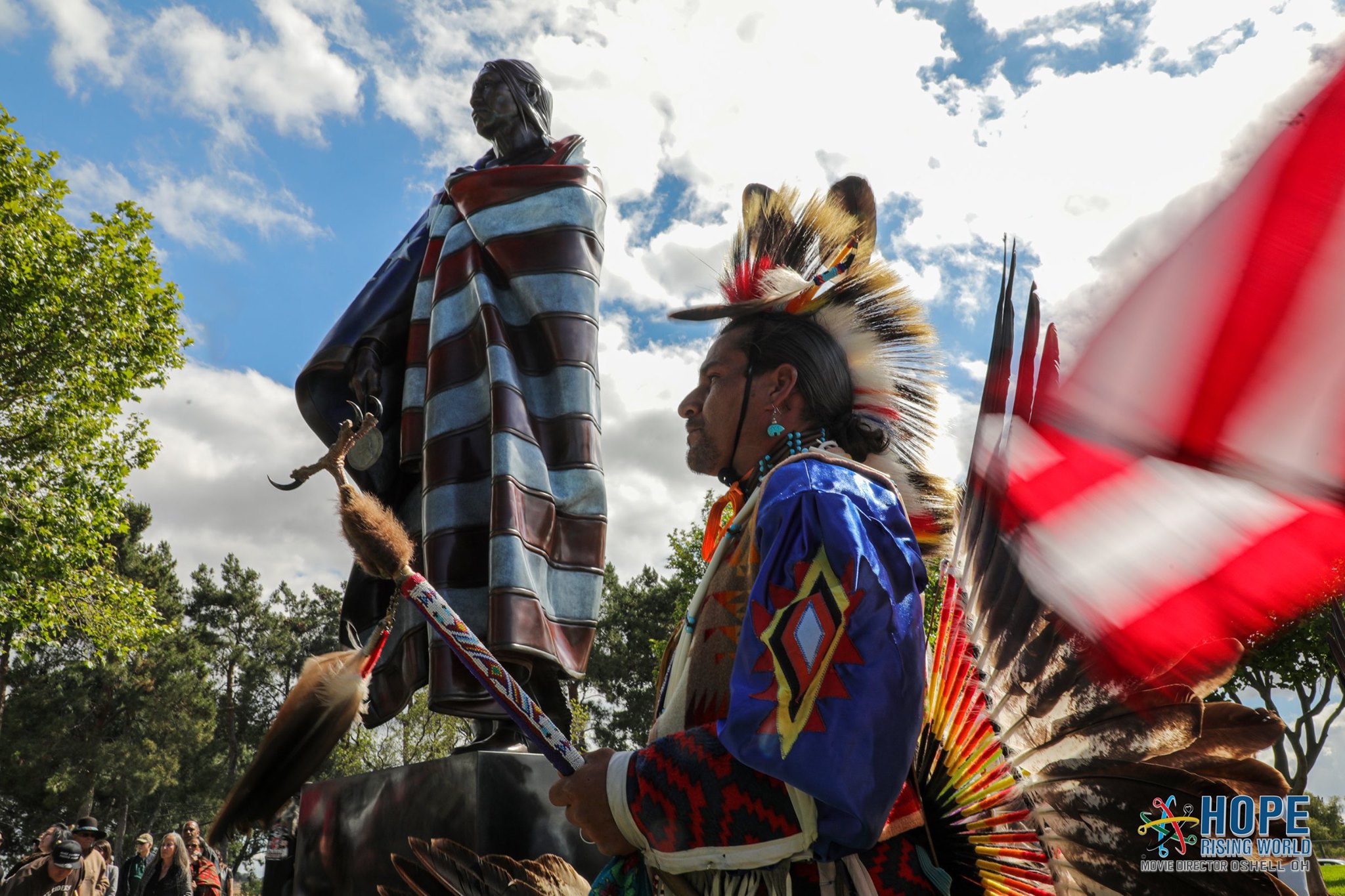
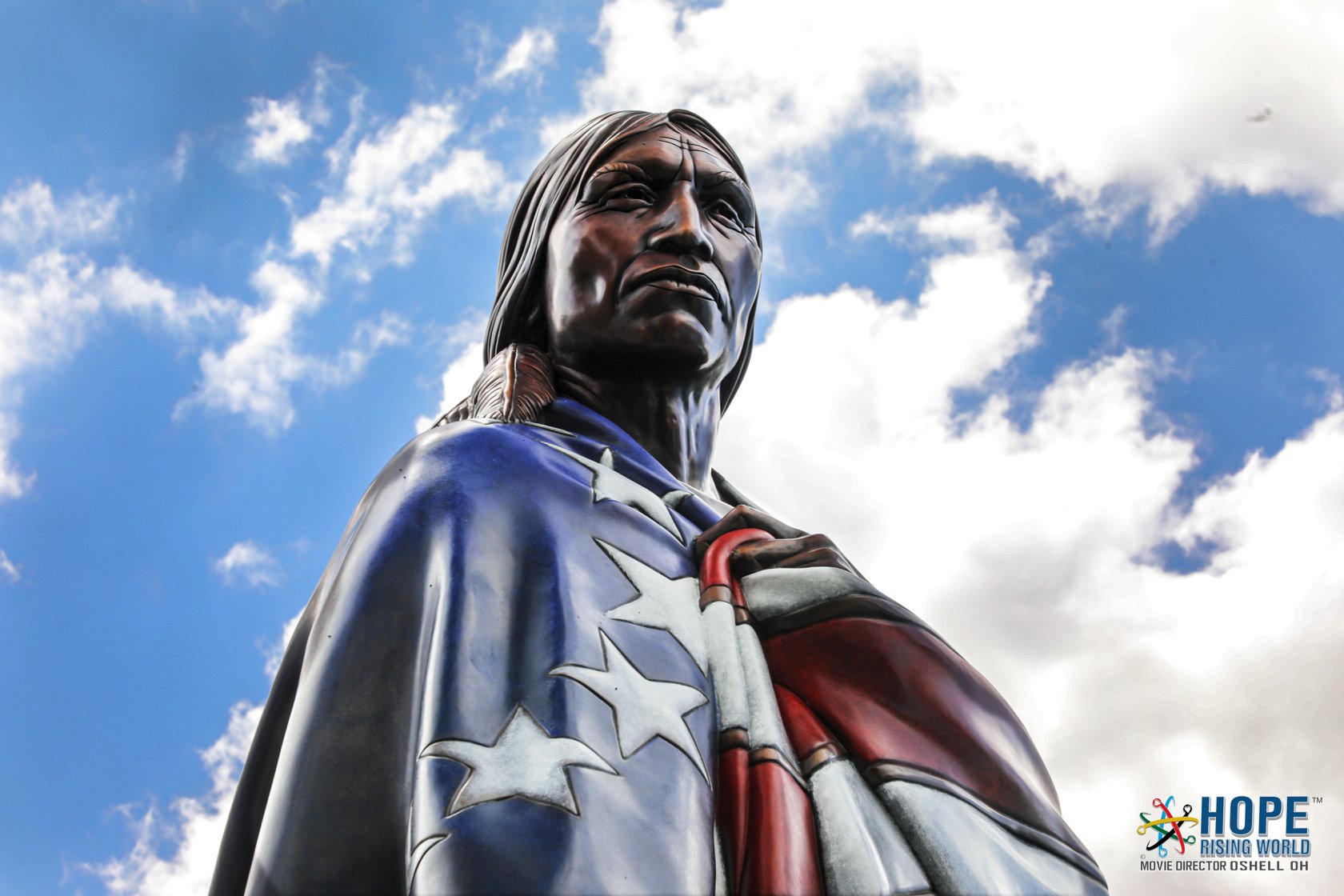
"The Gift" THE ARTIST – A. THOMAS SCHOMBERG photo by Oshell Oh
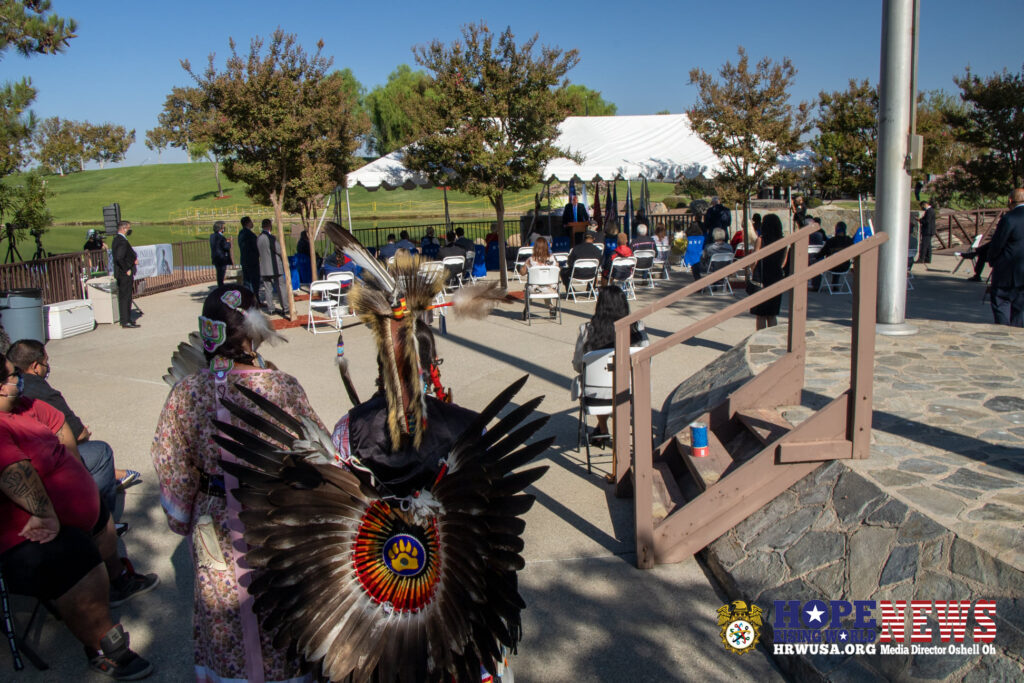
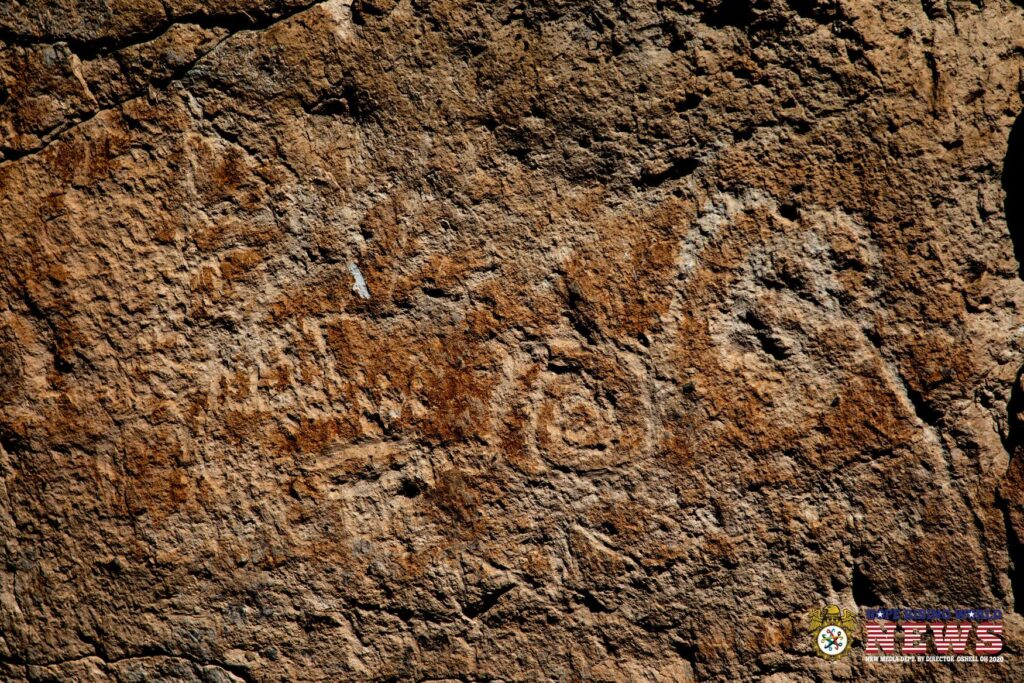
The Fremont People
The Fremont People
The Paiute call them Mokwic, meaning, “the small people.” Archeologists called them “Fremont Indians” because the first Fremont site was identified along the Fremont River. We do not know what they called themselves. We do not even know if all the people living in Utah, Colorado, Idaho, and Nevada that we call Fremont all spoke the same language or were known by the same name. Though there is still much to learn about them, we have discovered a lot through archeology. The Fremont were preceded by hunters and gatherers who travelled seasonally and slept in alcoves like the Sheep Shelter (trail #9). About 2,000 years ago, the people began to grow corn in addition to hunting and gathering. They also started to hunt with bows and arrows in addition to atlatls (spear throwers), make pottery, and eventually build homes called pithouses in communities. Some think these new technologies spread to Utah by word-of-mouth while others argue that people migrating north brought these new things with them. The Fremont Indians who settled in Clear Creek Canyon, with its ample water and marshes, enjoyed a more diverse diet than Fremont living elsewhere in the region. They ate cattails, marsh fish, and birds which meant they did not rely as heavily on farming and hunting. In their spare time they sewed hides into clothing; built and painted pottery; coiled intricate baskets; and crafted stone tools. Their unique figurines and rock art with lively images of animals and people hint at their beliefs about the world.
from stateparks.utah.gov

History
After the Fremont left this canyon, the Paiute, Ute, and Shoshone tribes travelled seasonally through it to hunt and gather seeds and pine nuts. The trail they used through Clear Creek Canyon was the best route between hunting areas on opposite sides of the Pahvant and Tushar Mountain ranges. As they travelled through, they added to the rock art on the canyon’s walls, recording stories of their culture and their interactions with the new technologies brought west. Carvings of trains, horses, and houses can all be found here. The Paiute Trail through Clear Creek Canyon was later used by settlers and explorers such as Jedediah Smith in 1826. The trail was improved into a wagon road in 1872. In 1877 the first year-round homesteaders, John Smiley Lott and his two wives, settled in the canyon. A school was built for the Lott’s grandchildren in 1895. In the 1890s gold was discovered on Kimberly Mountain, making Clear Creek Canyon an important route to the railroad at the nearby town of Sevier. During the 20th century, most families here relied on employment out of the canyon rather than farming. The majority left in the 1980s when Interstate 70 was built. Fremont Indian State Park and Museum opened in 1987.
from stateparks.utah.gov

Welcome to HOPE RISING WORLD
We’ll Ensure You Always Get The Best Result HOPE
Hope Rising World(HRW) seeks innovative endeavors to resolve difficulties and enhance the life of human beings all over the world with HRW’s promotion projects; which purpose of this corporation is to perform fundraising events through musical programs, documentary film, competition, and events to serve the needs of homeless children, adoptees, families, and provide educational opportunities.
Thank You Executive Director Oshell Oh
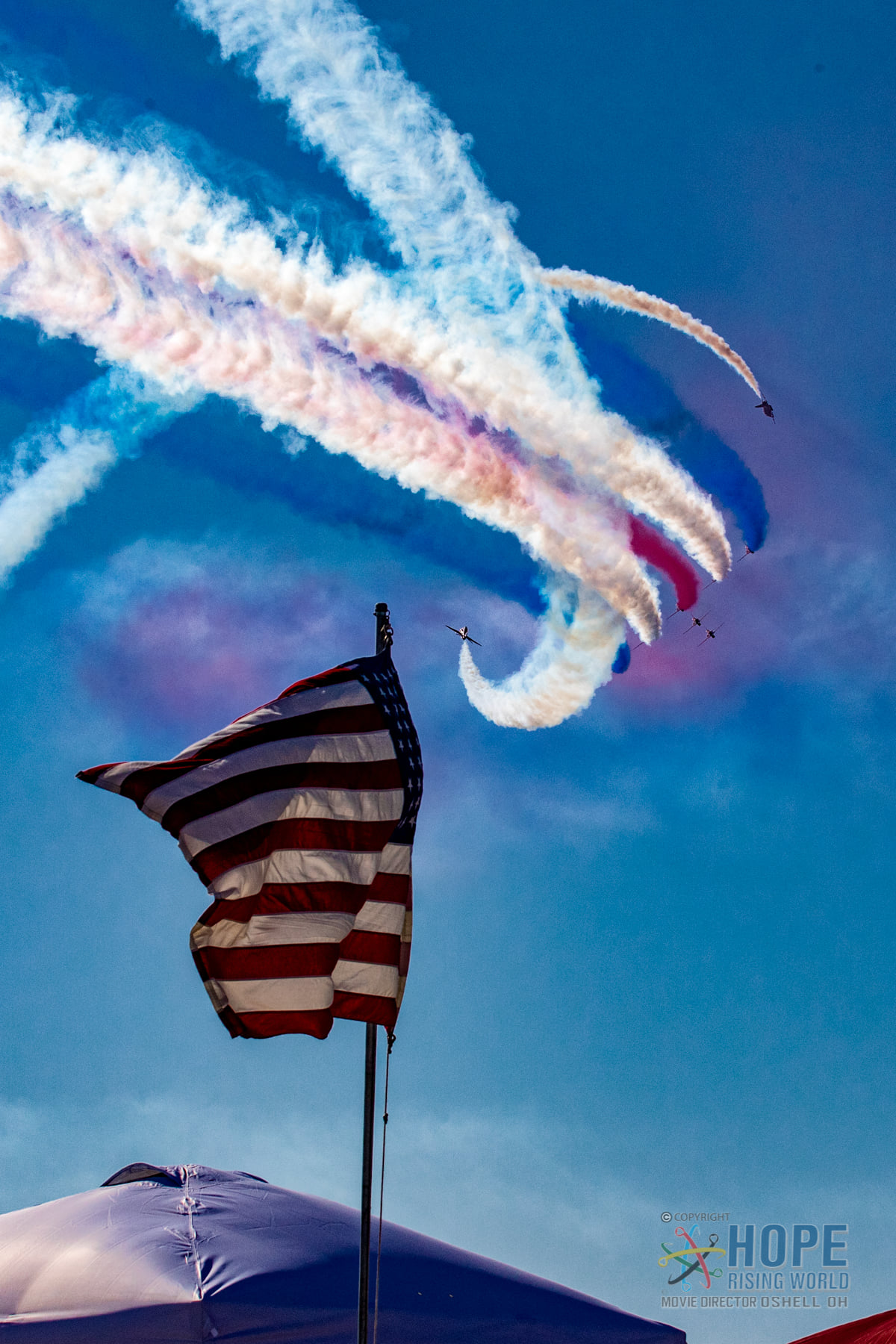
Hope Rising World Documentary
THE OPERATION OF RELIEVE CORONAVIRUS FEAR WITH MOTHER NATURE
PHOTO BY HOPE RISING WORLD DOCUMENTARY DEPARTMENT EXECUTIVE DIRECTOR OSHELL OH

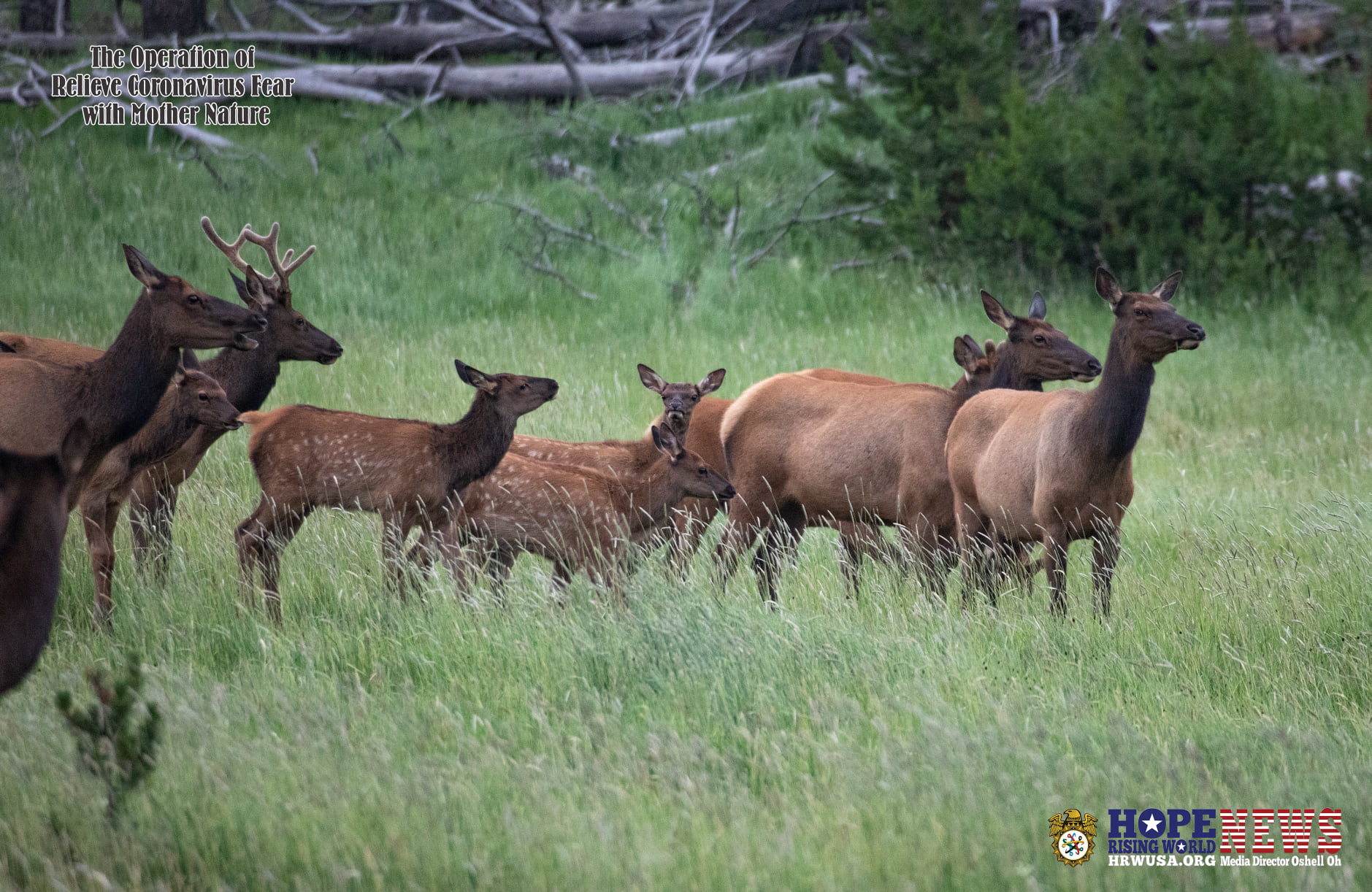
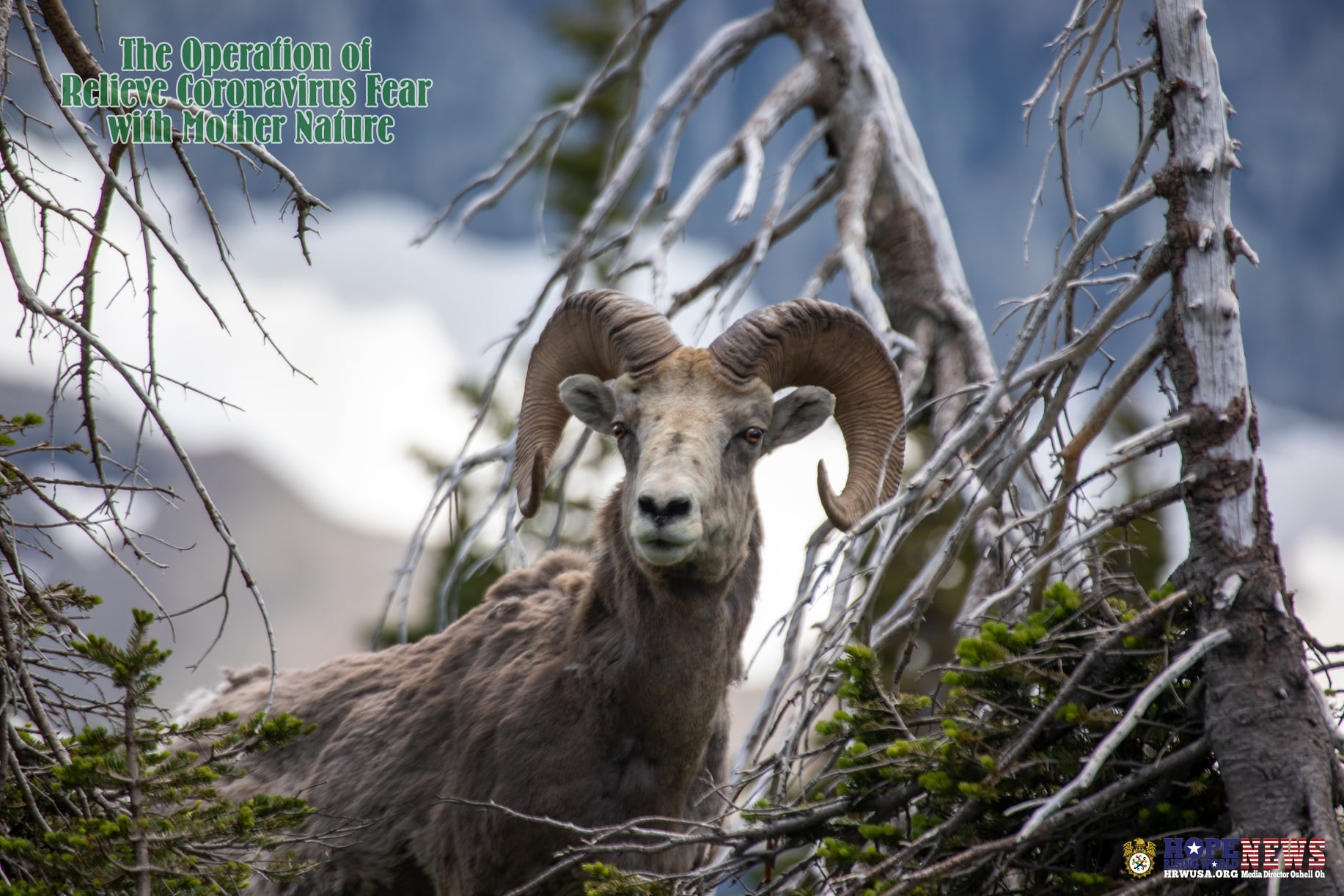
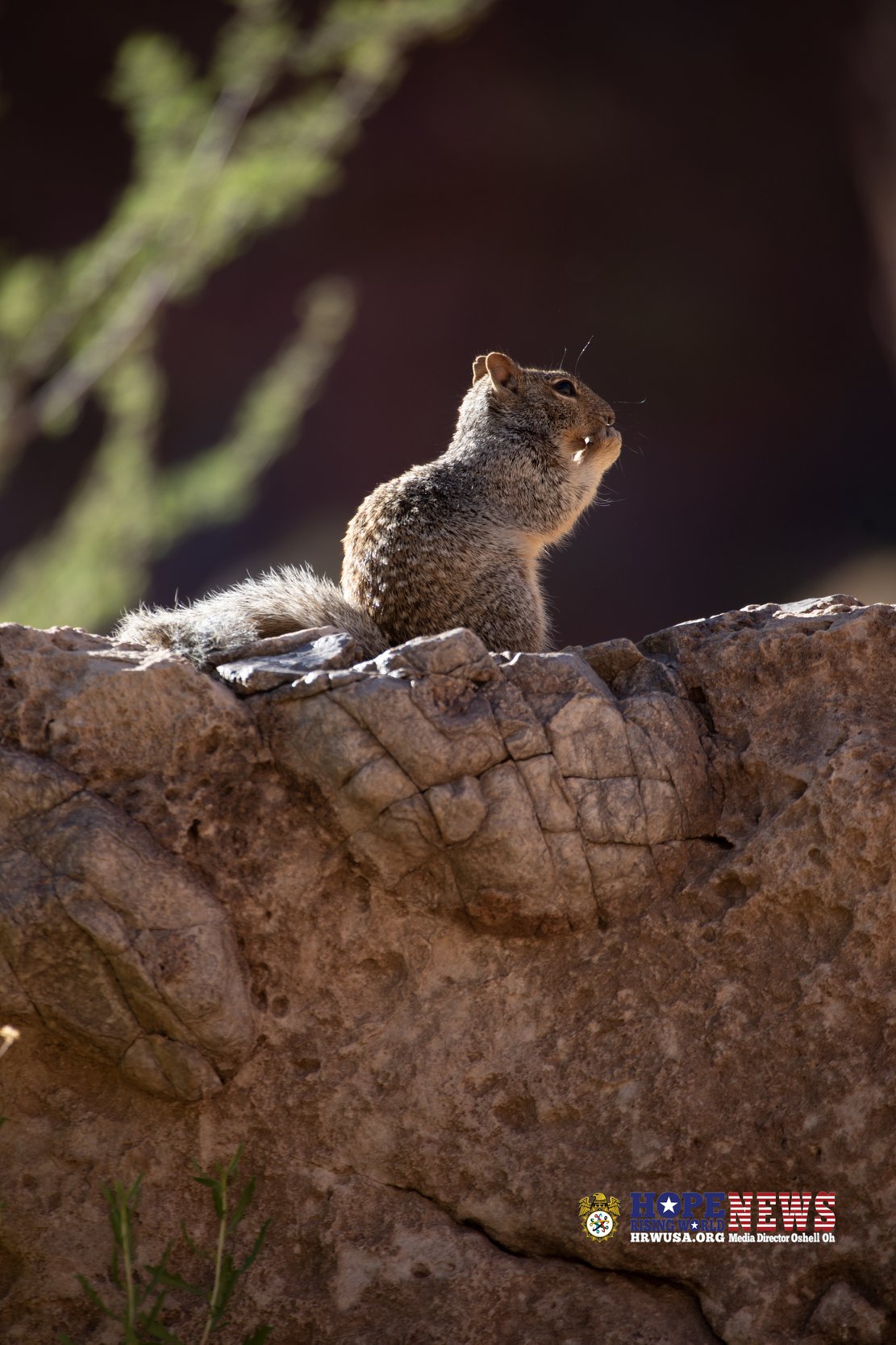

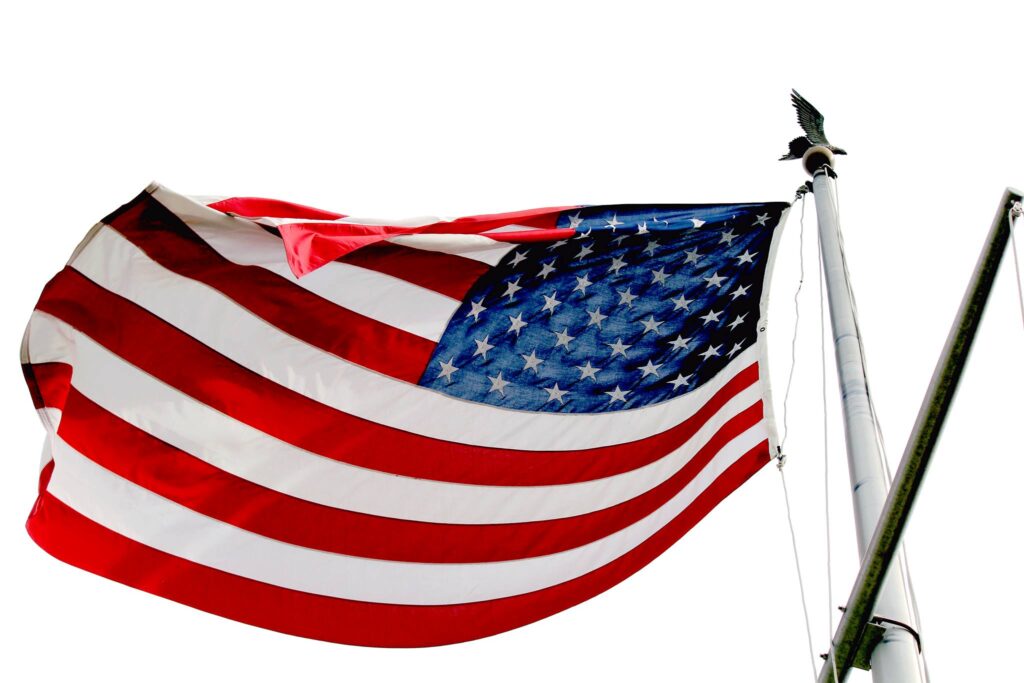
Hope Rising World Media Dept. Researching Native American Gallant Warriors' History for Documentary "The Gift"
Hope Rising World Media Dept. Executive Director
Hope Rising World Media Dept. Researching Native American Gallant Warriors’ History for Documentary “The Gift”
